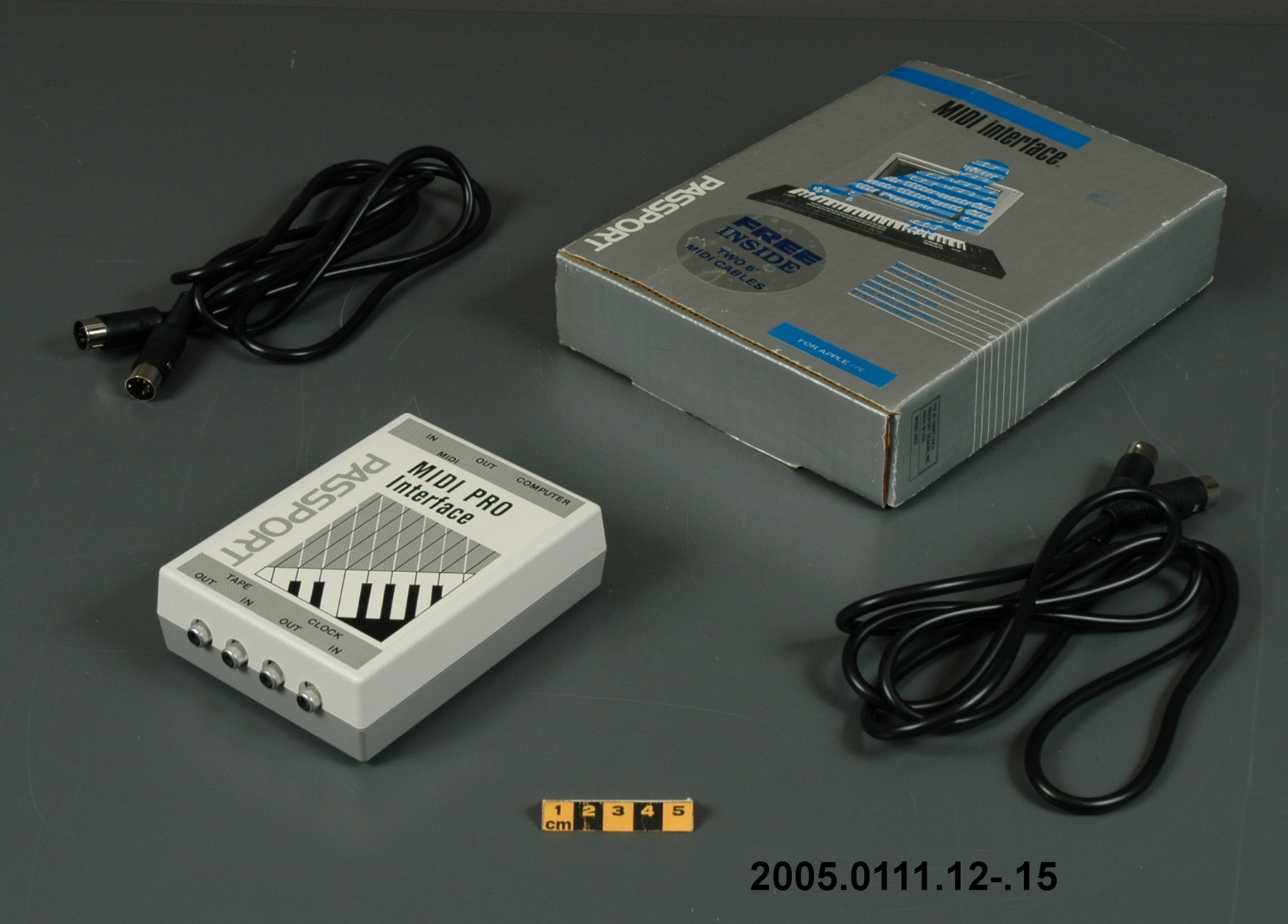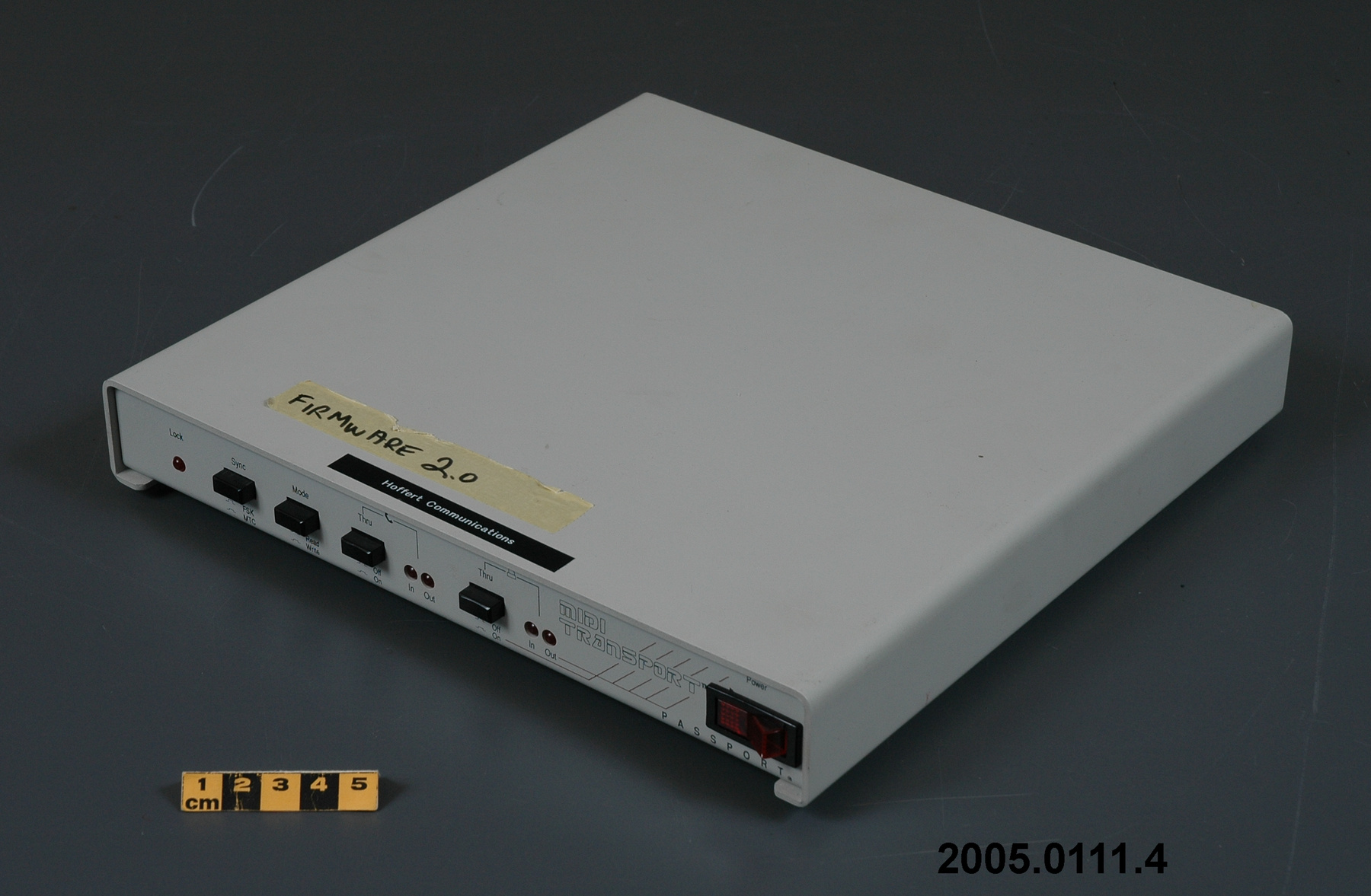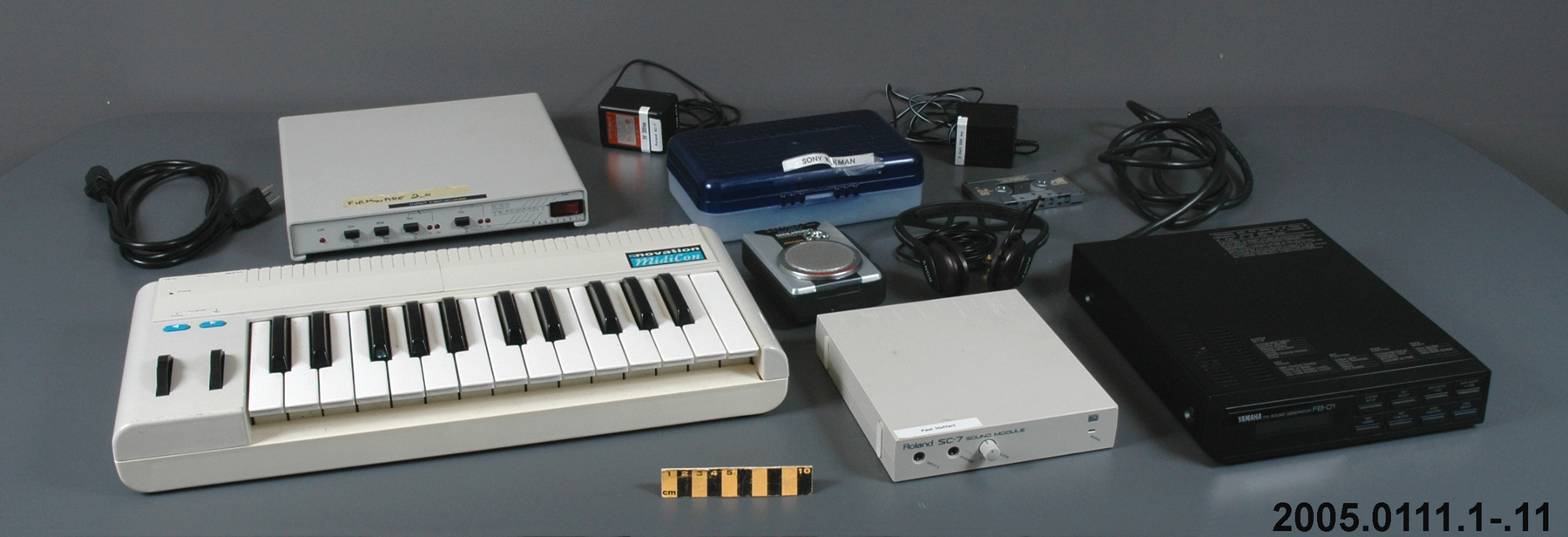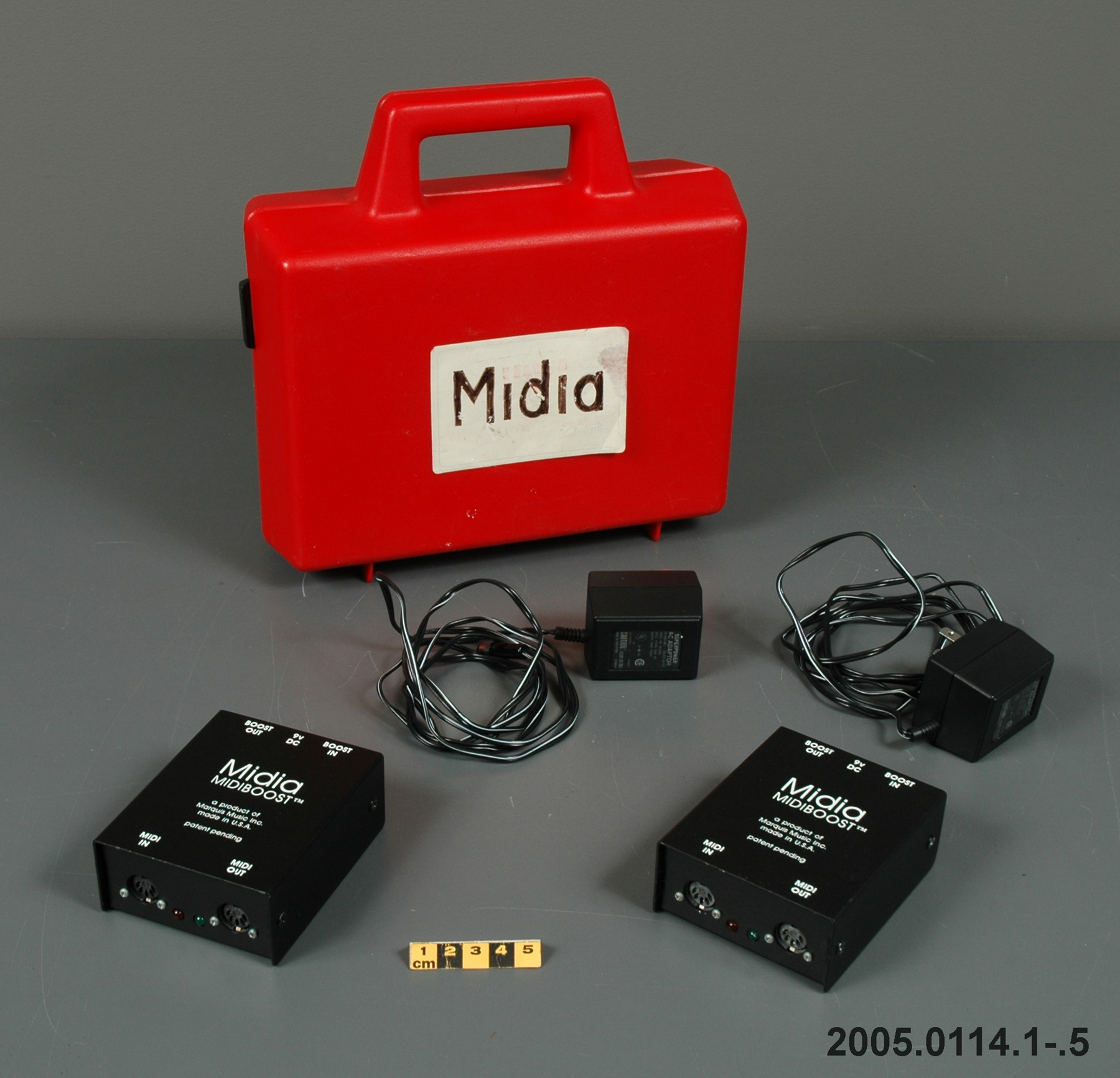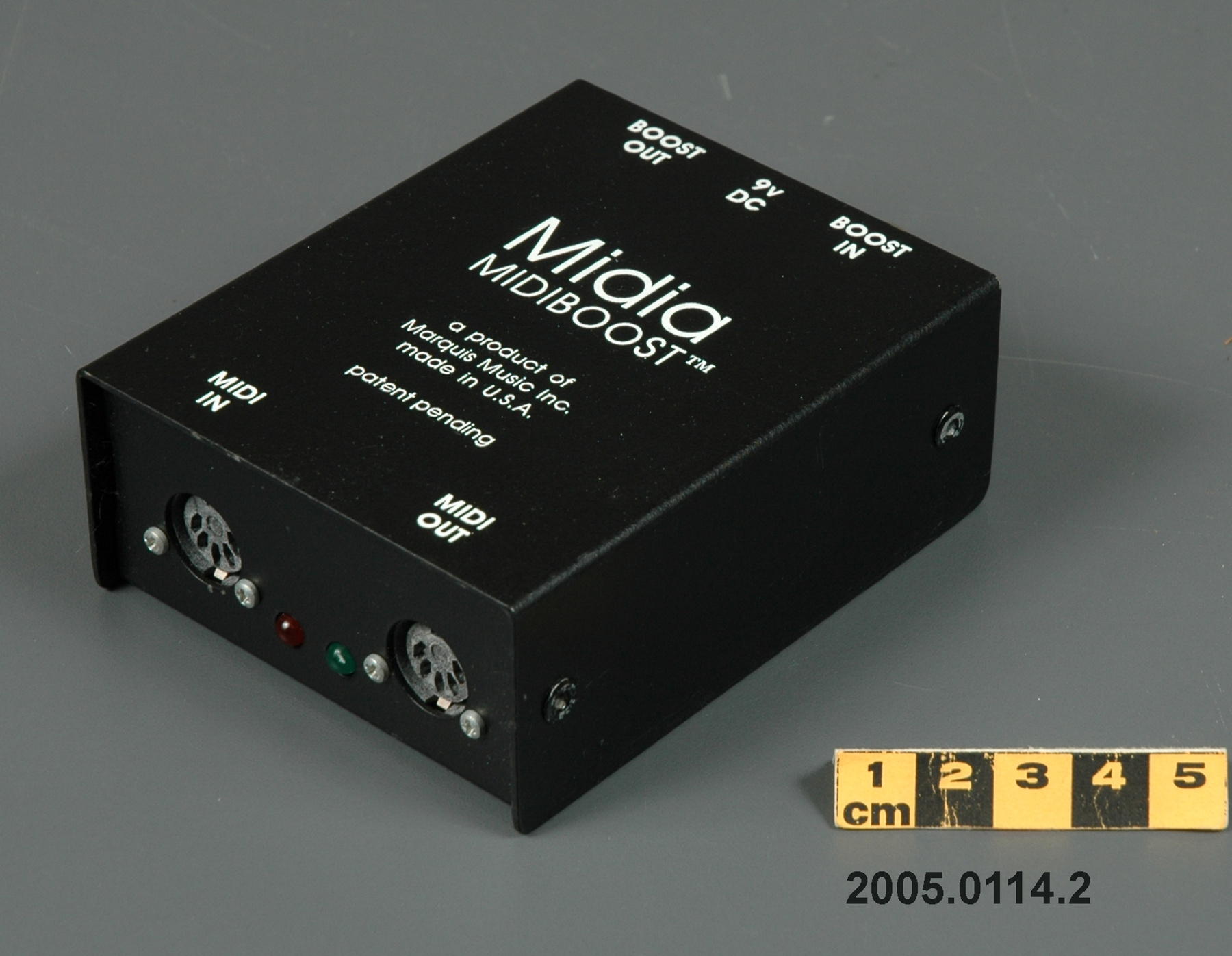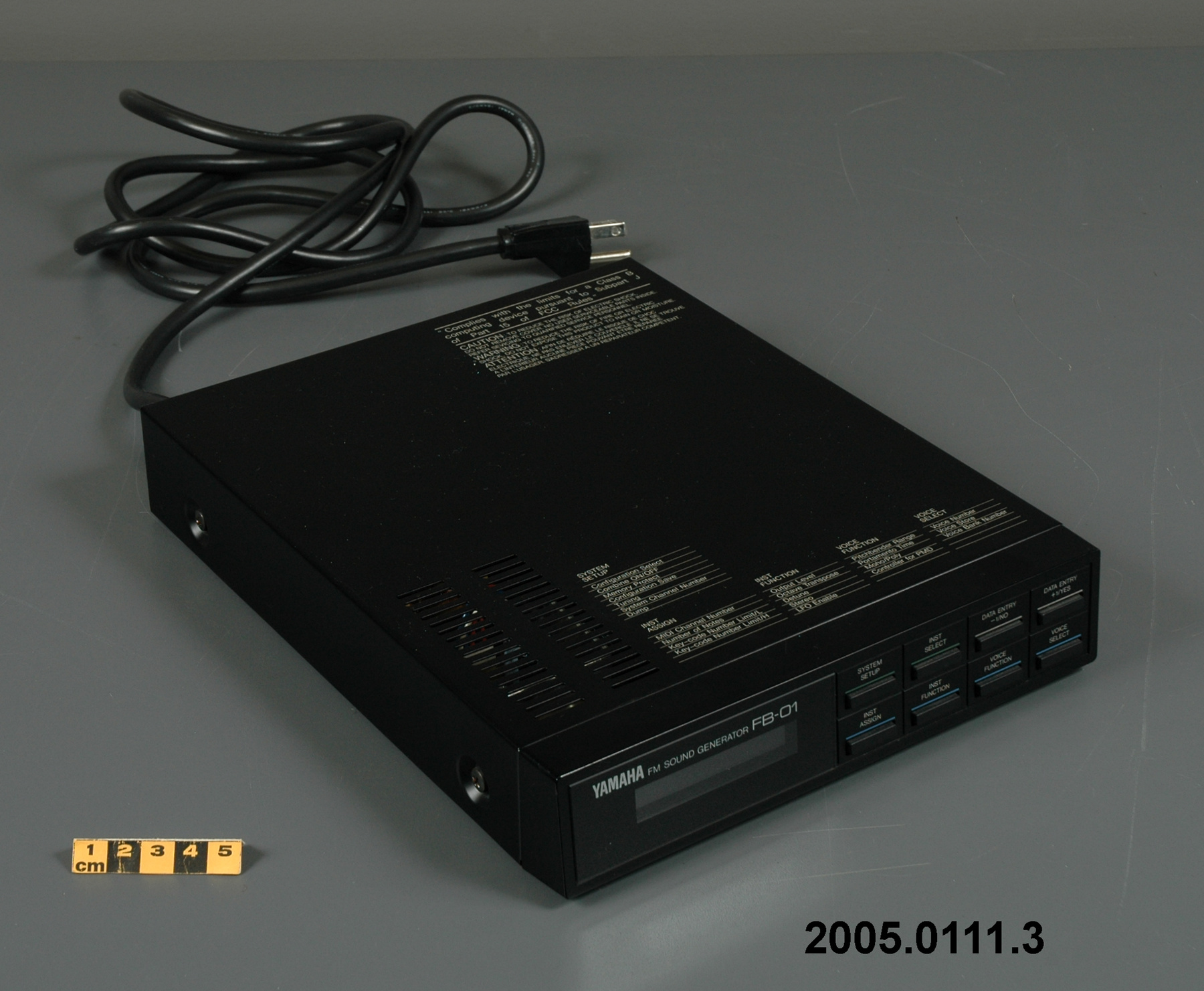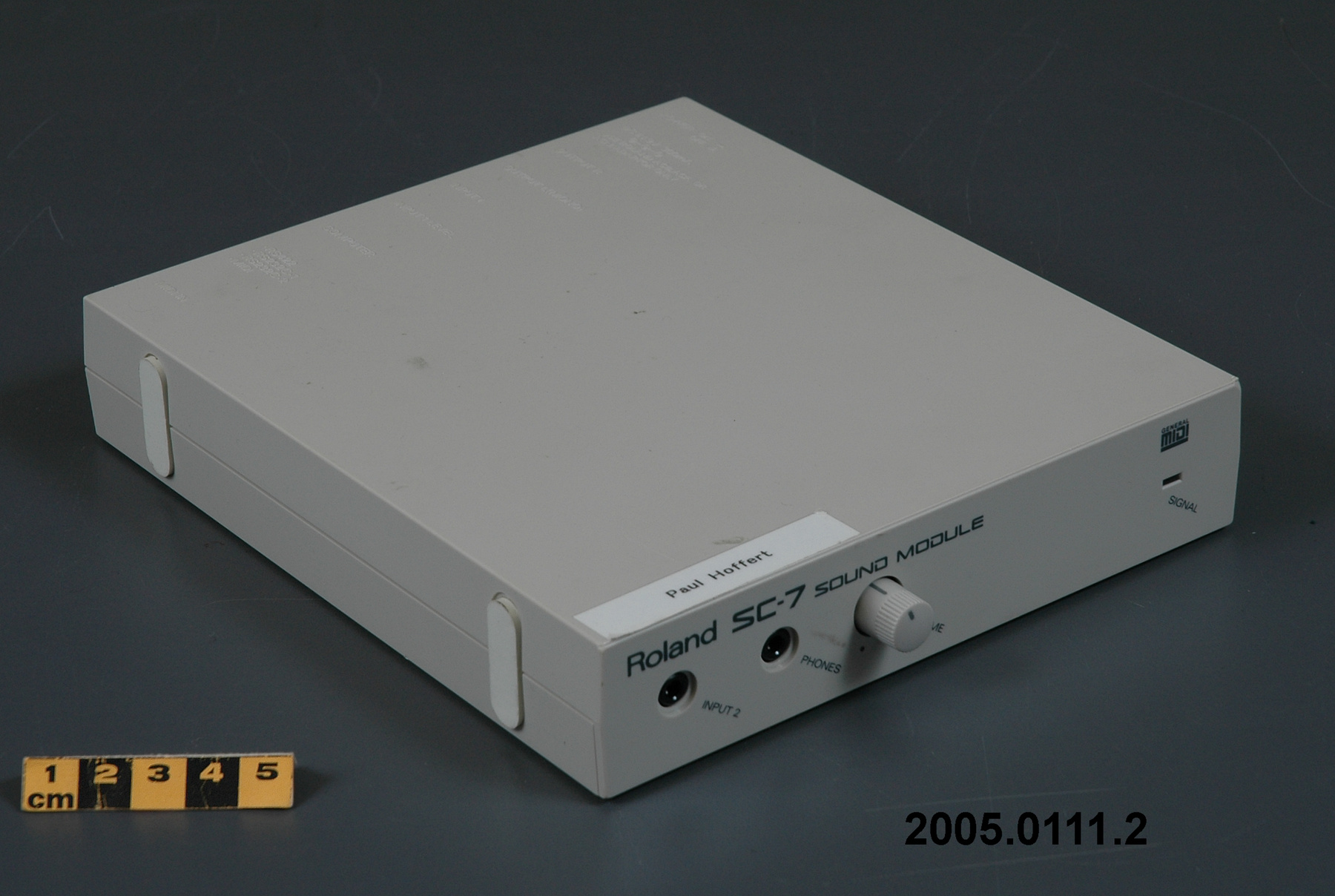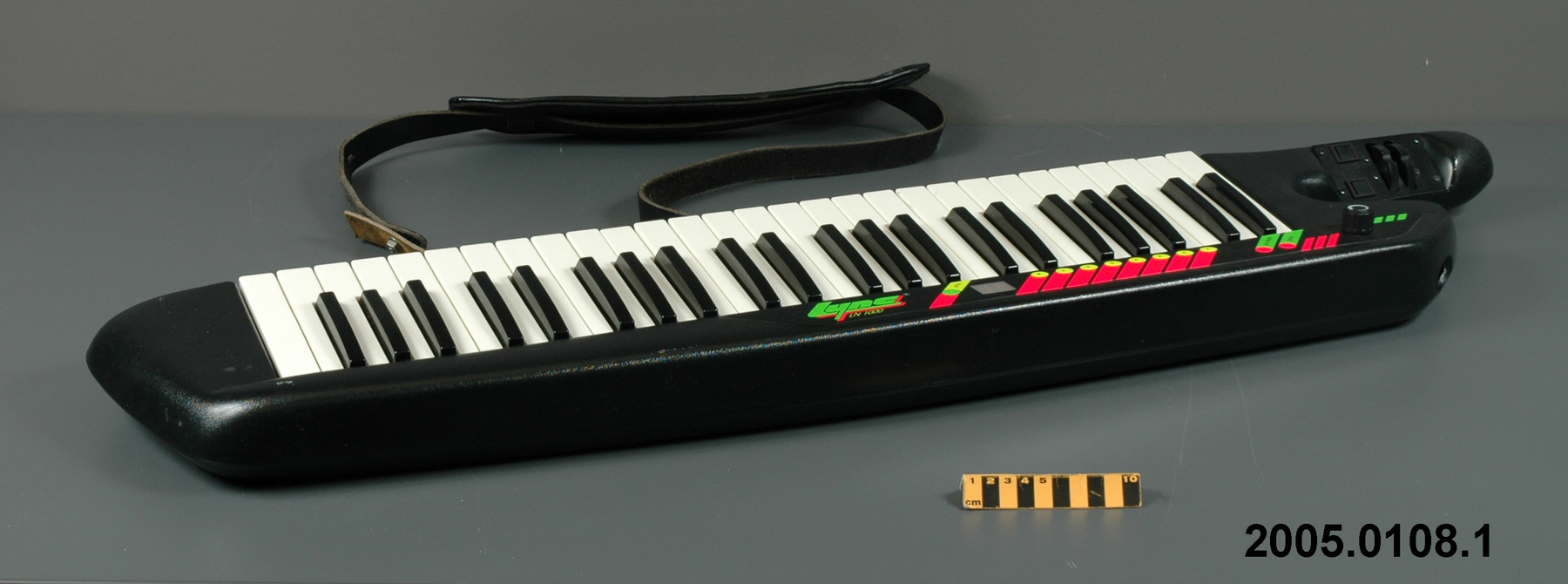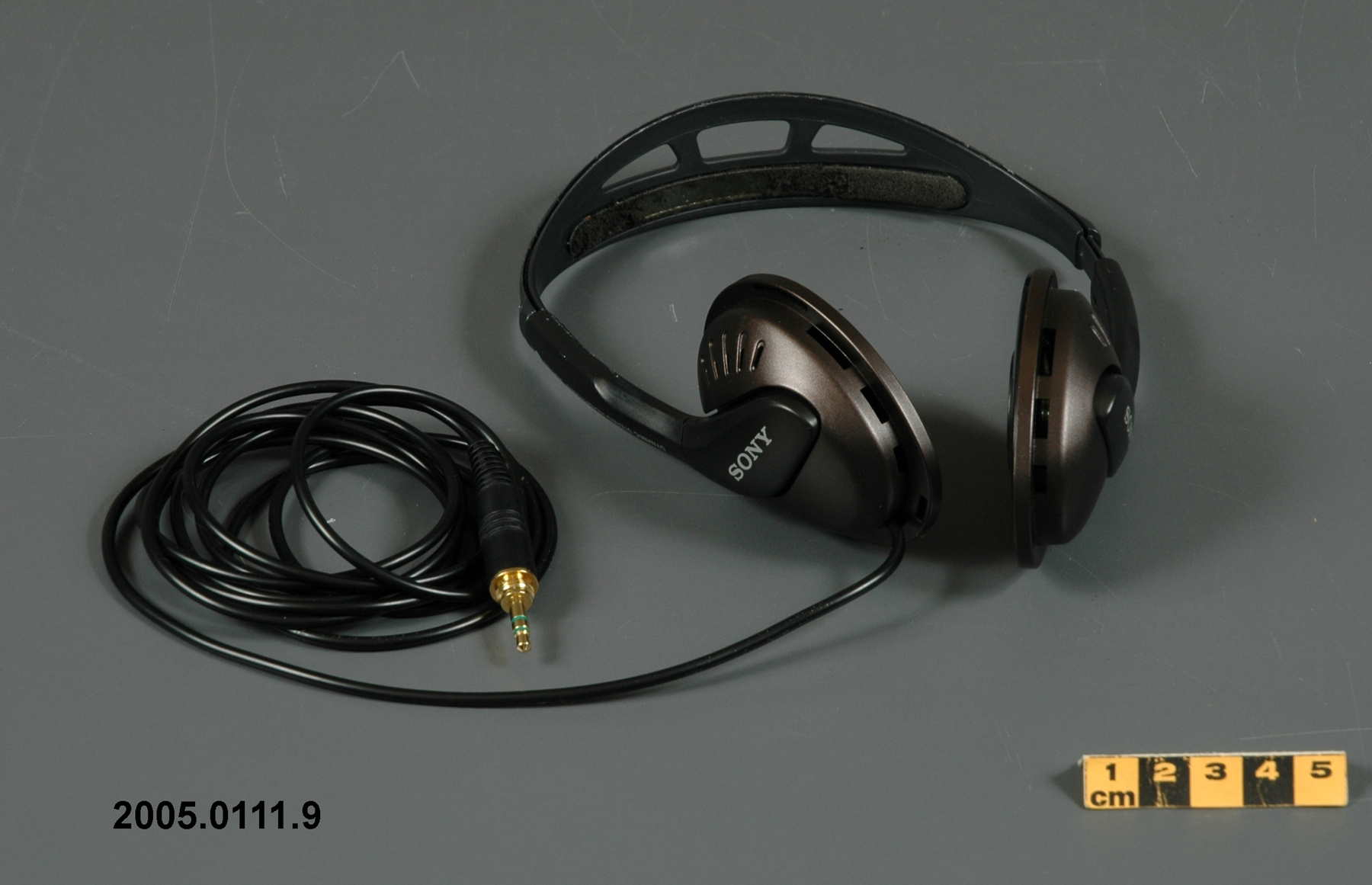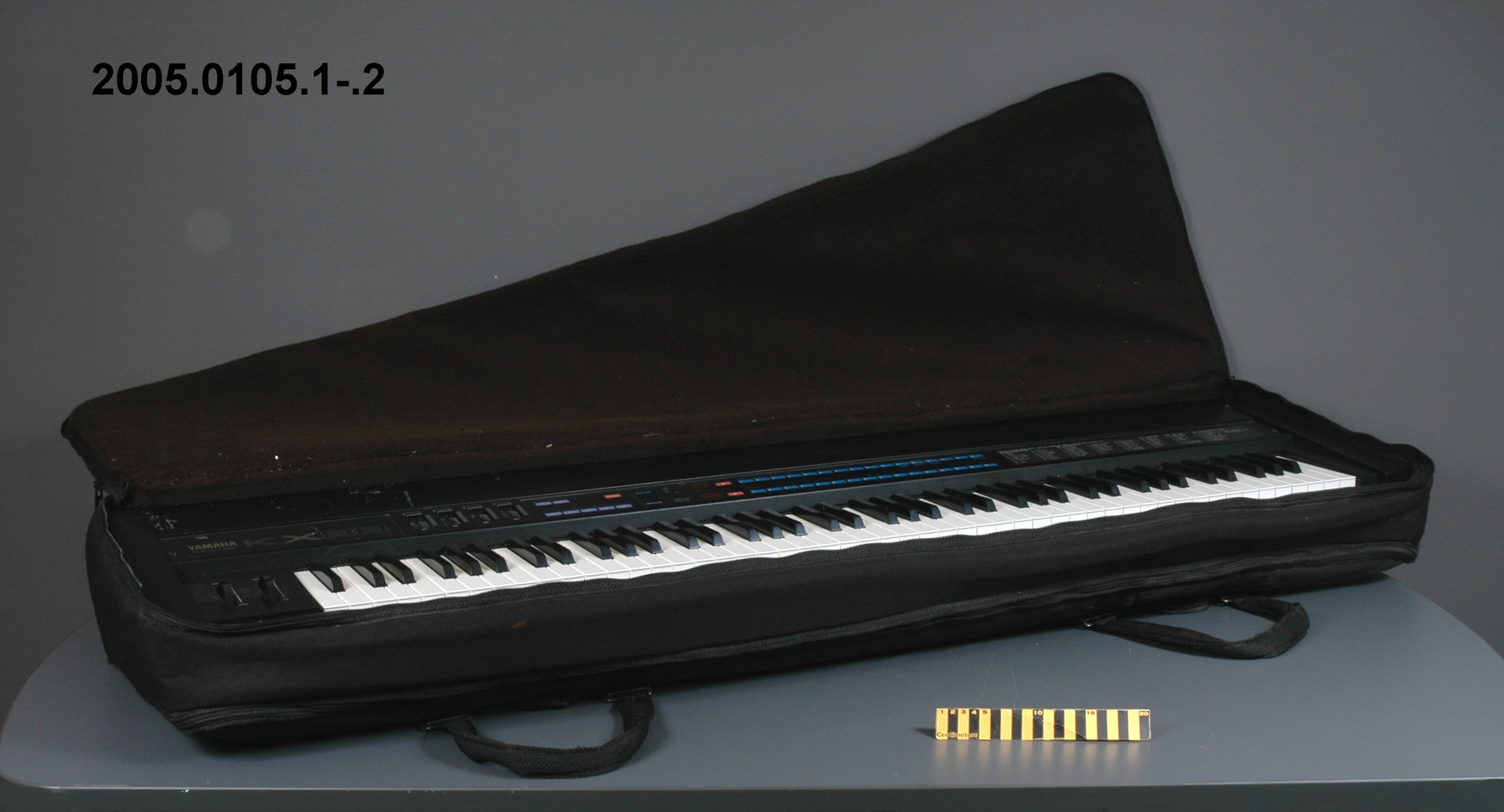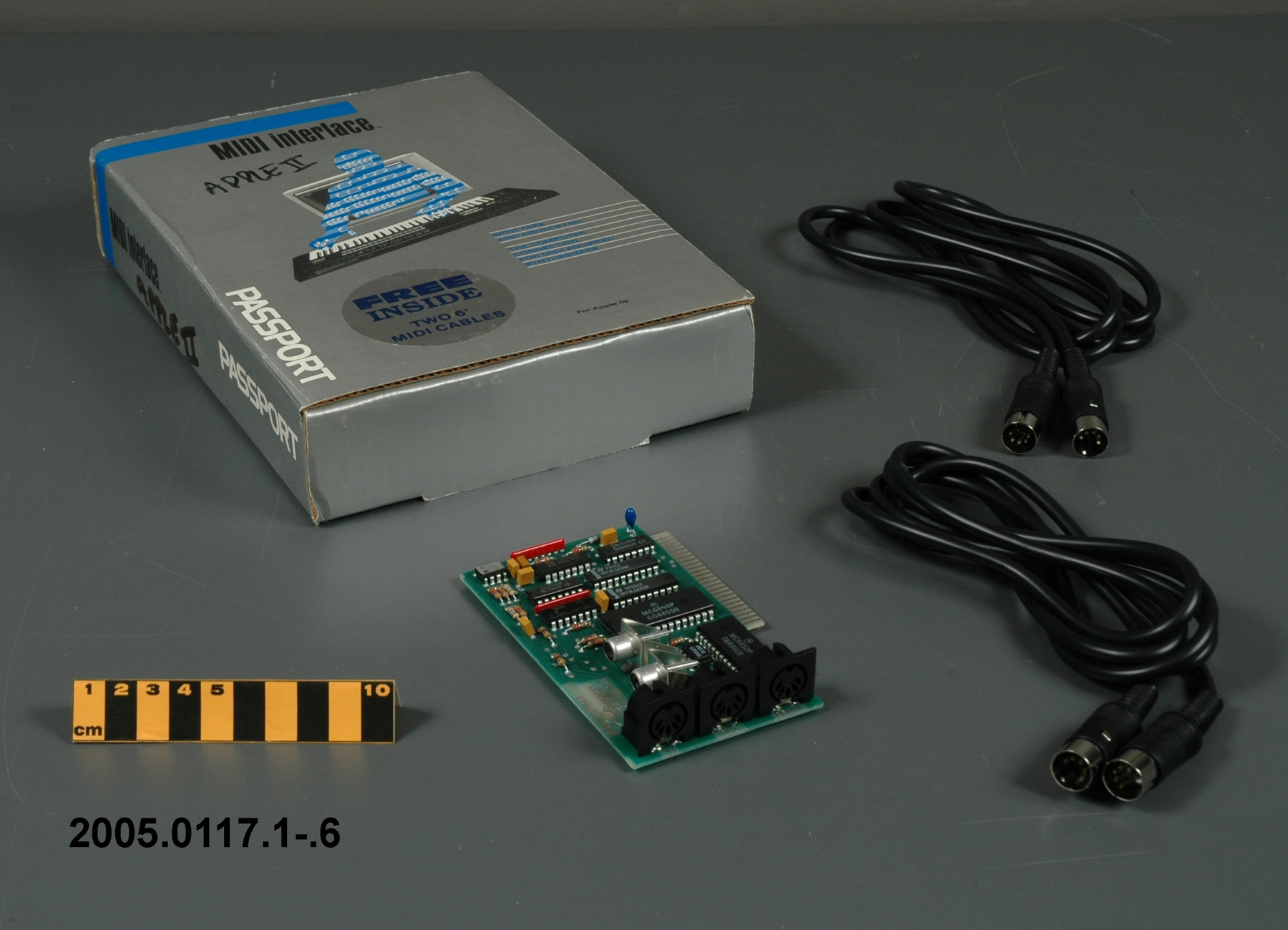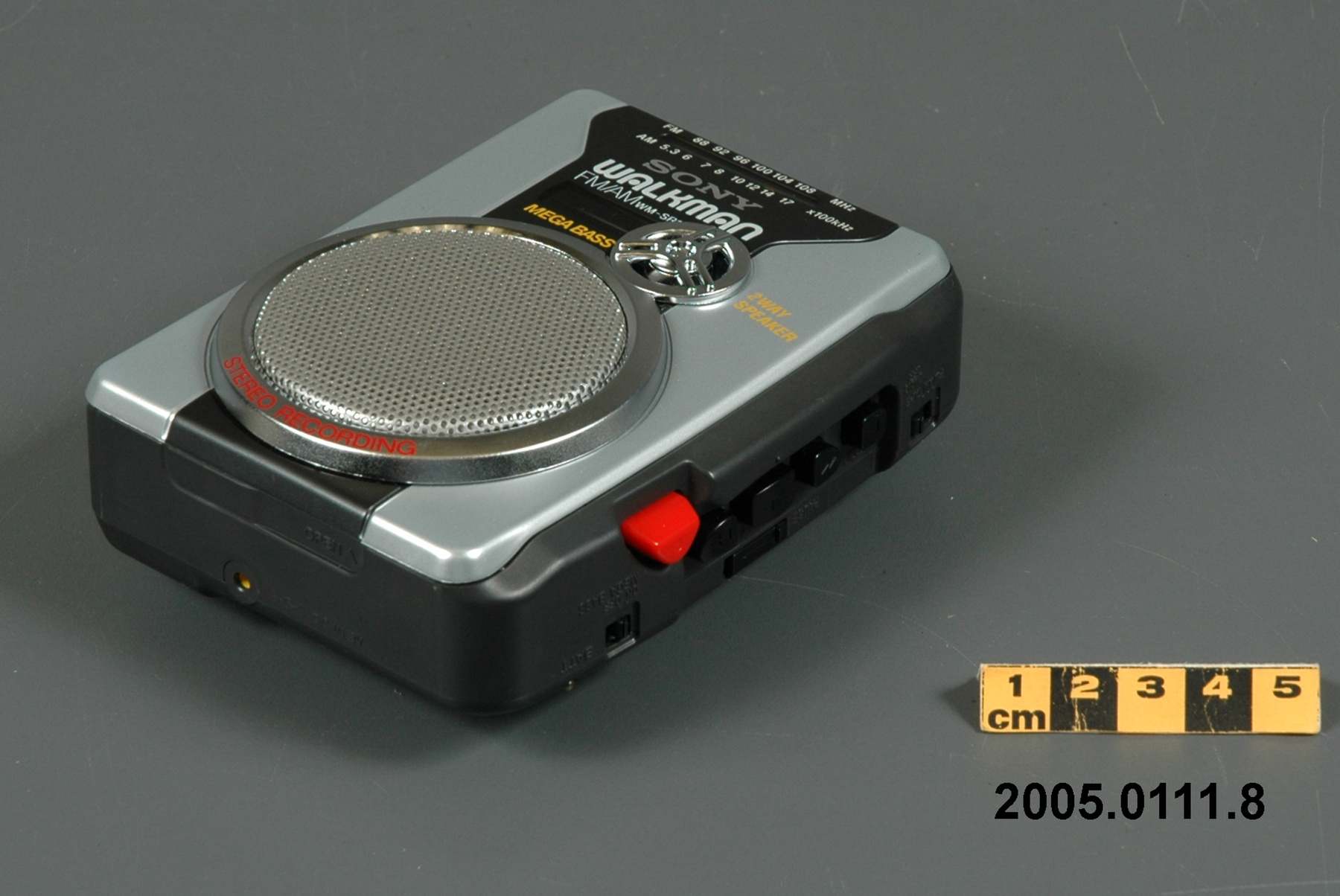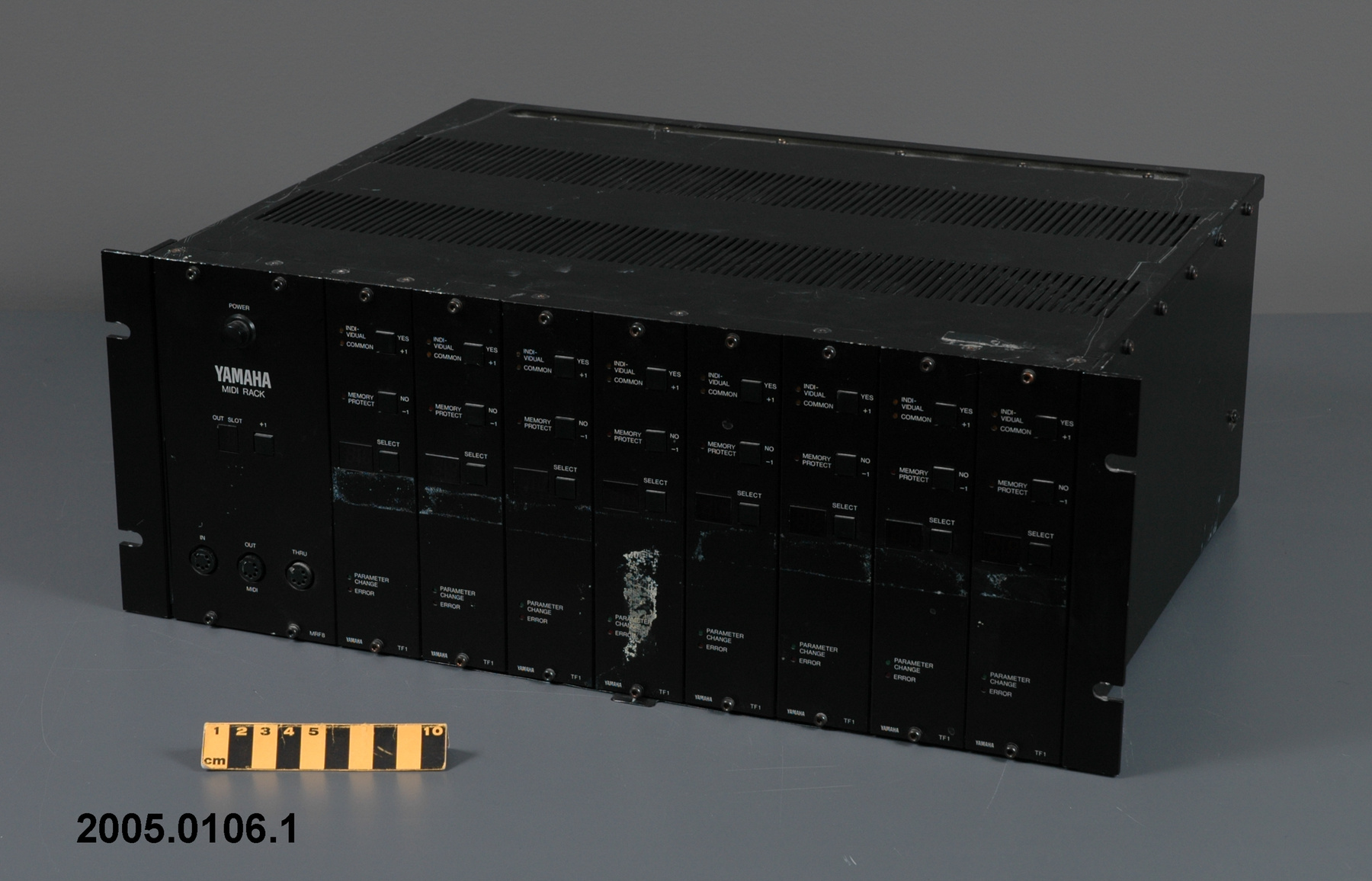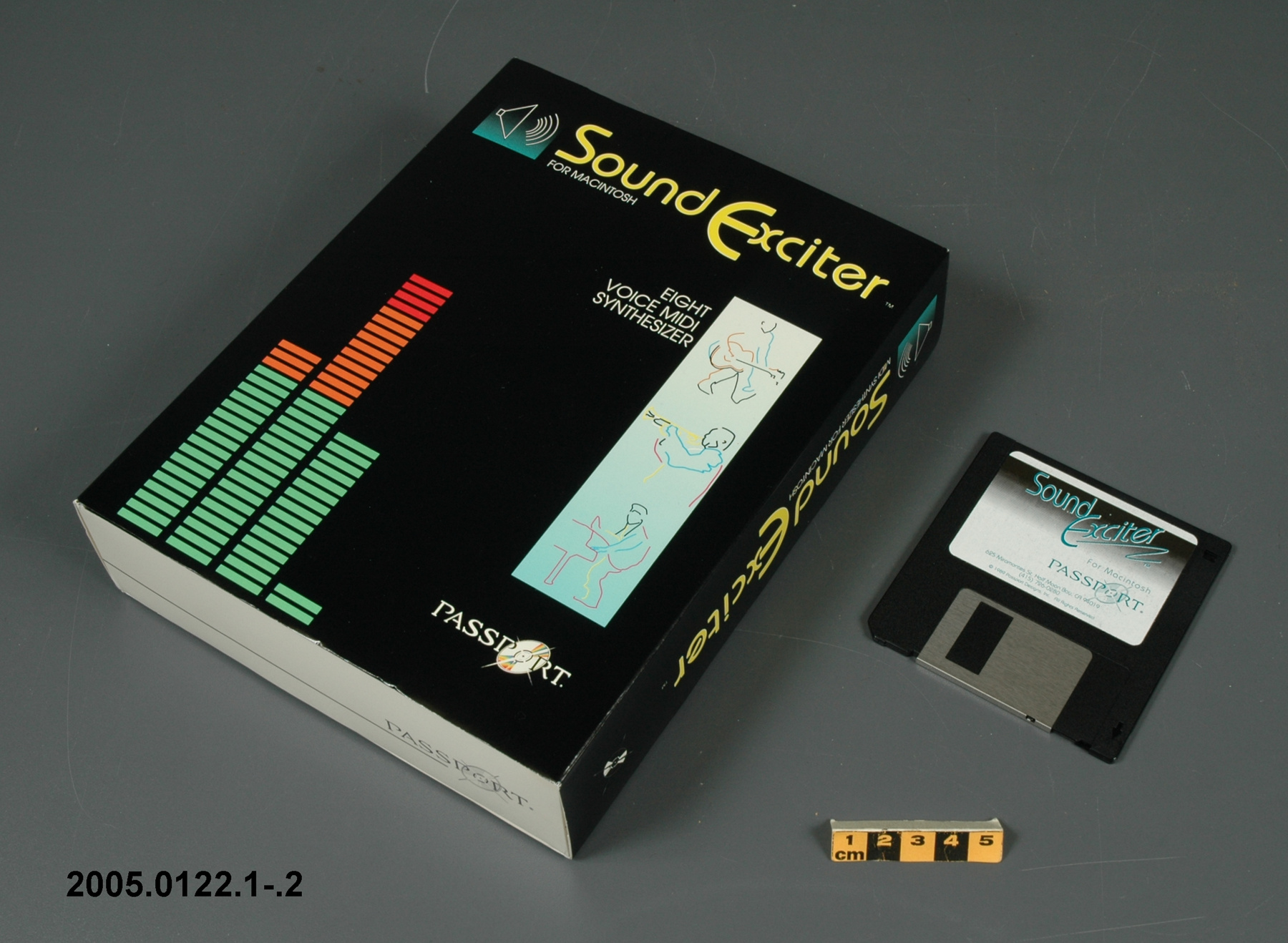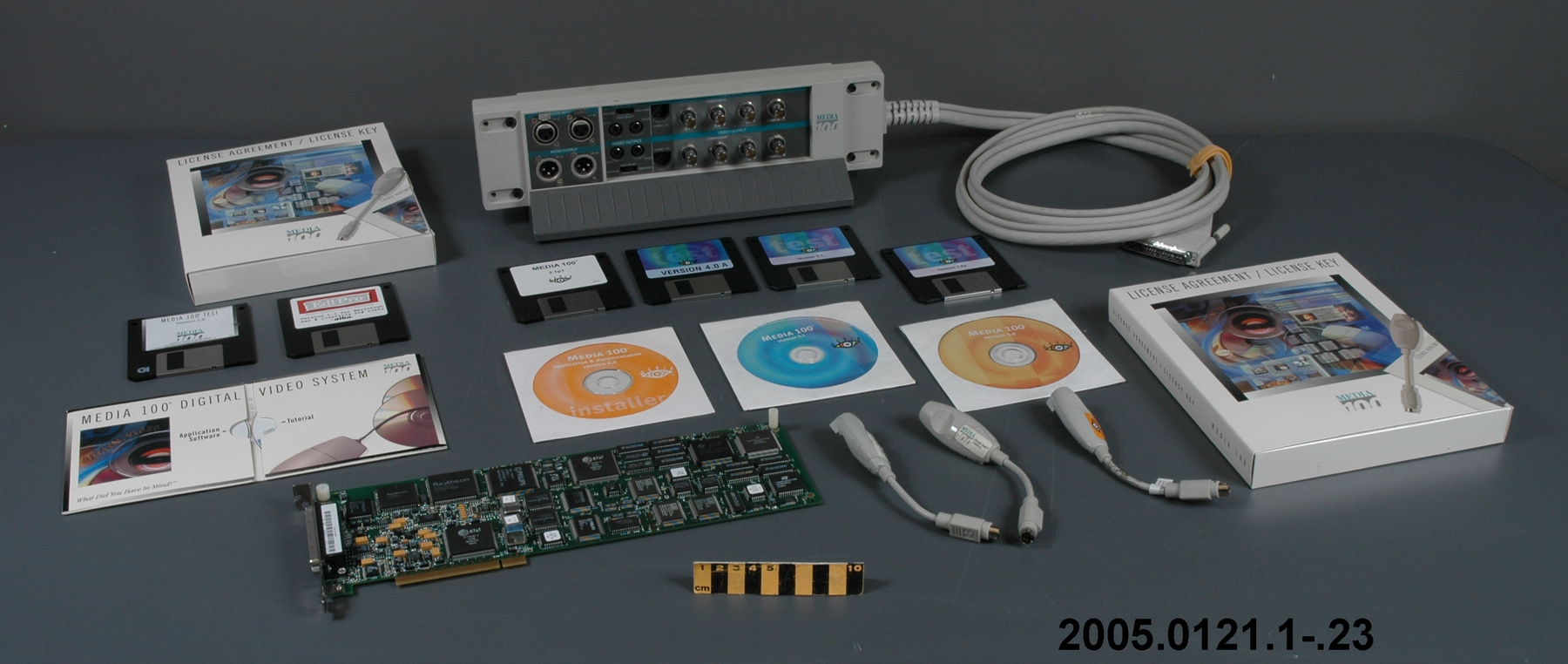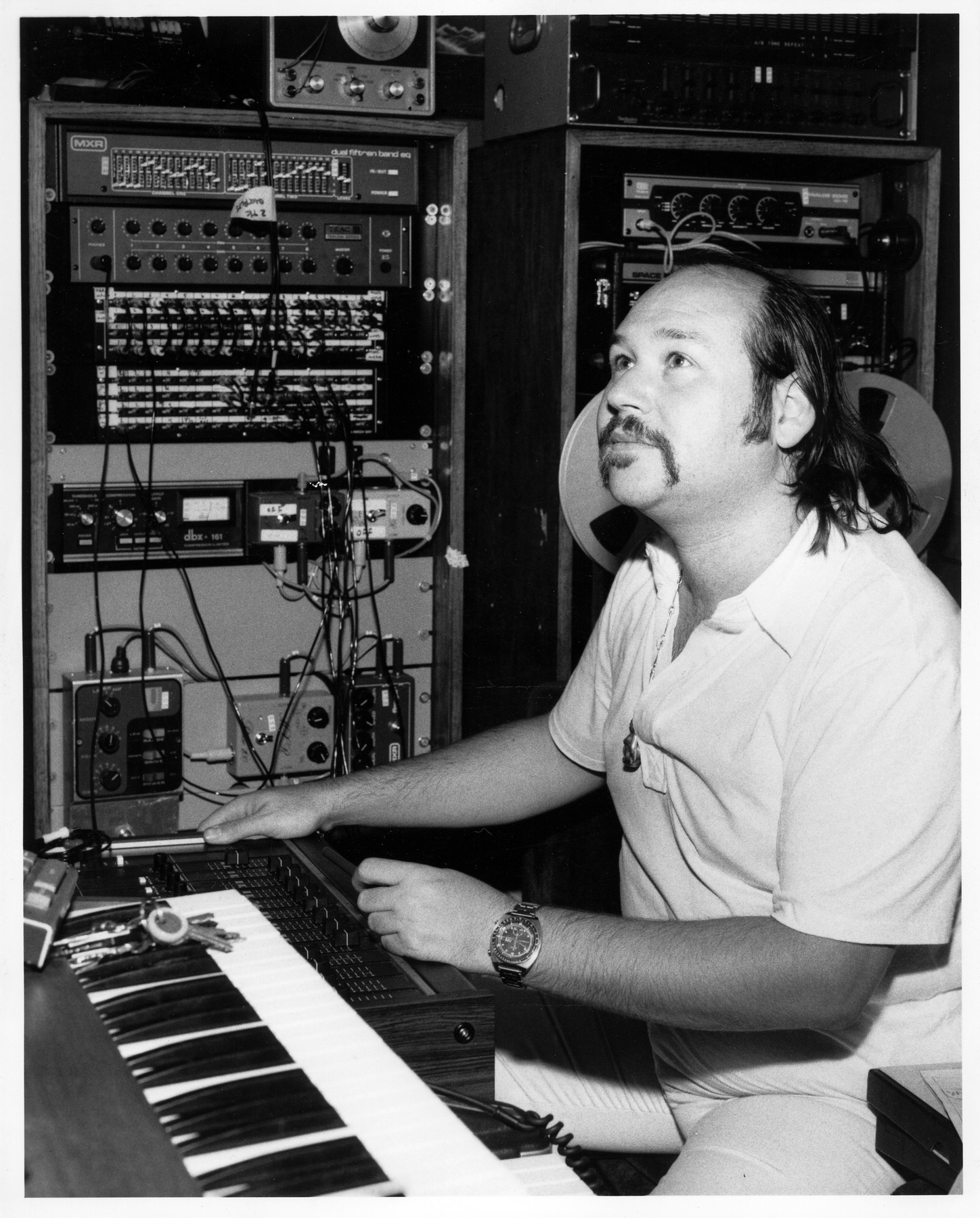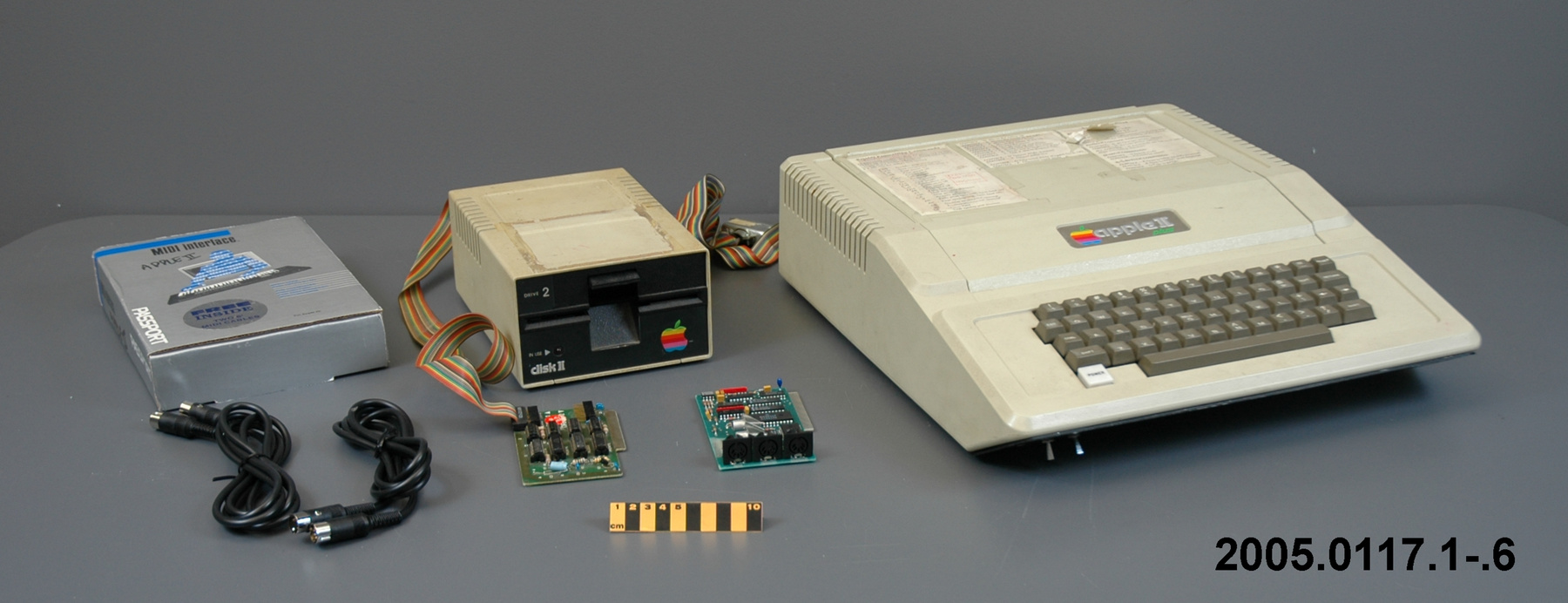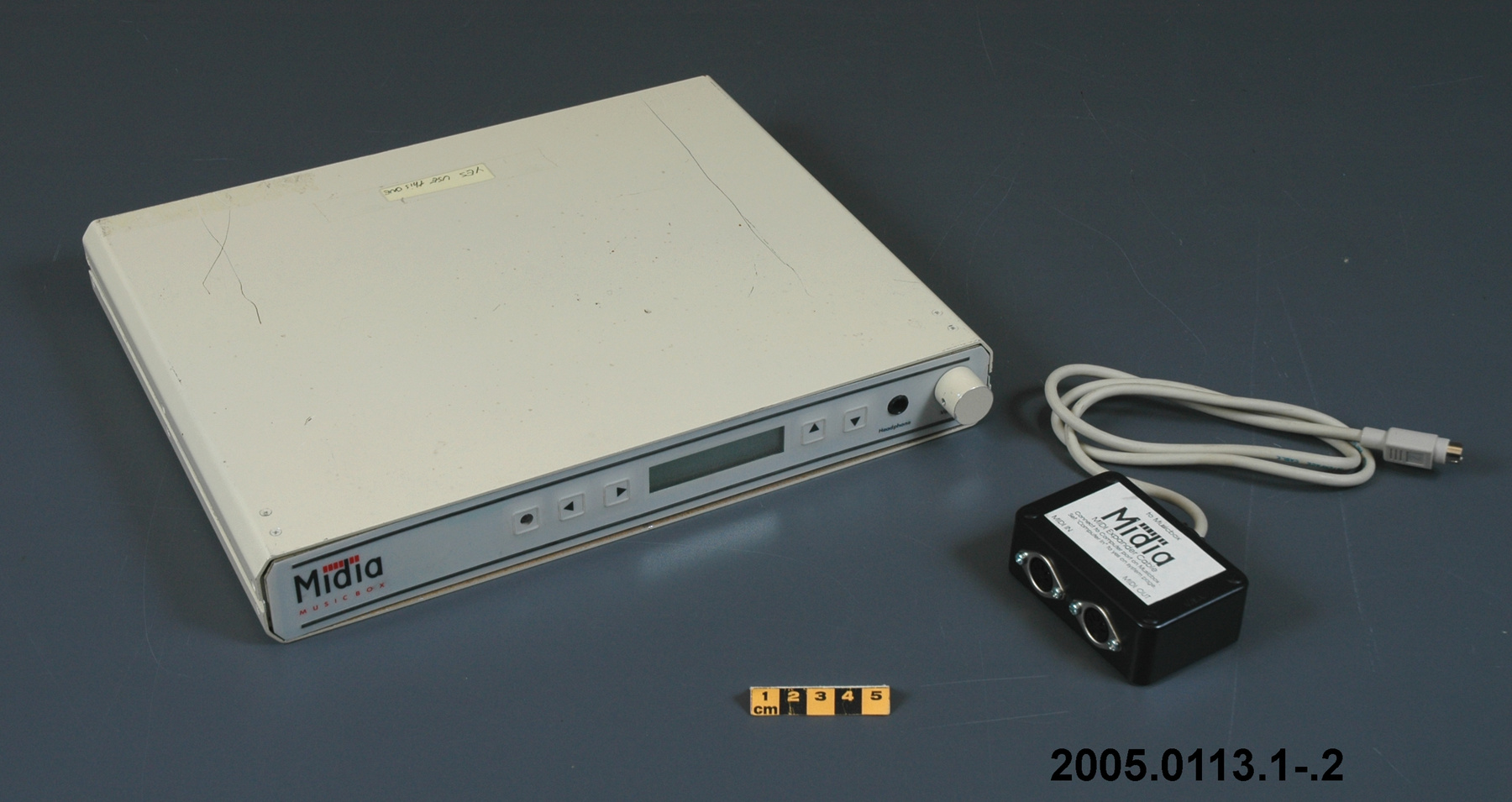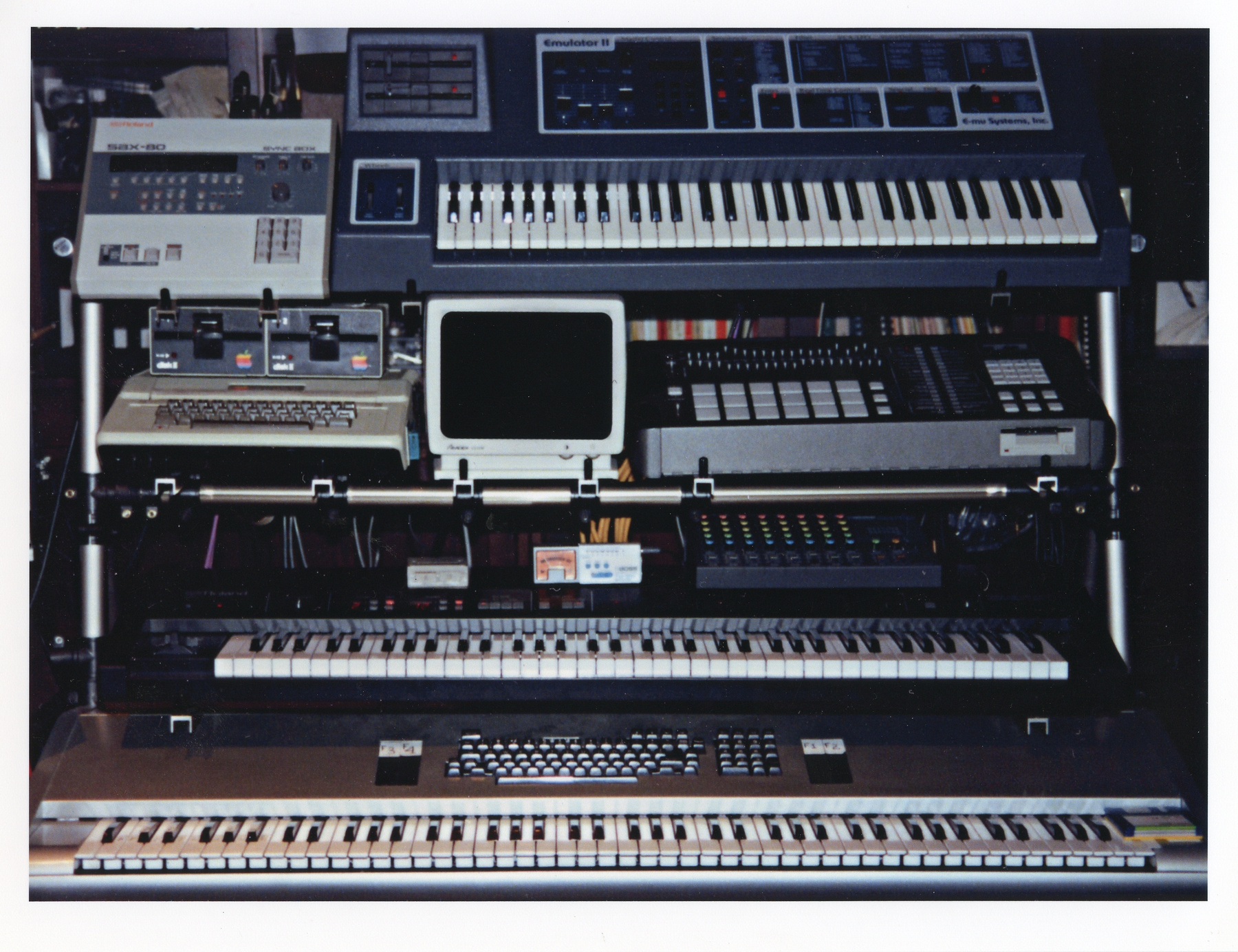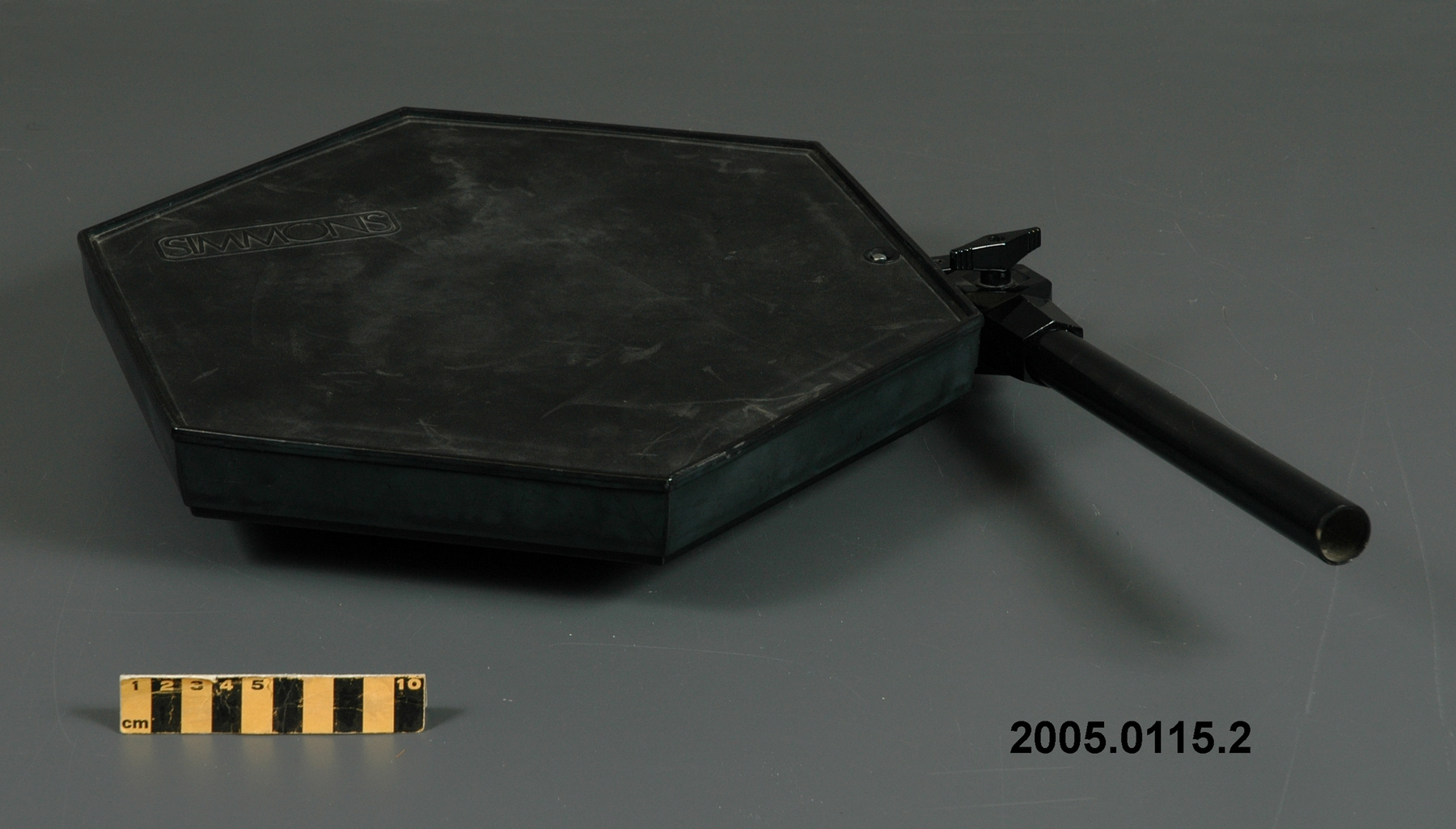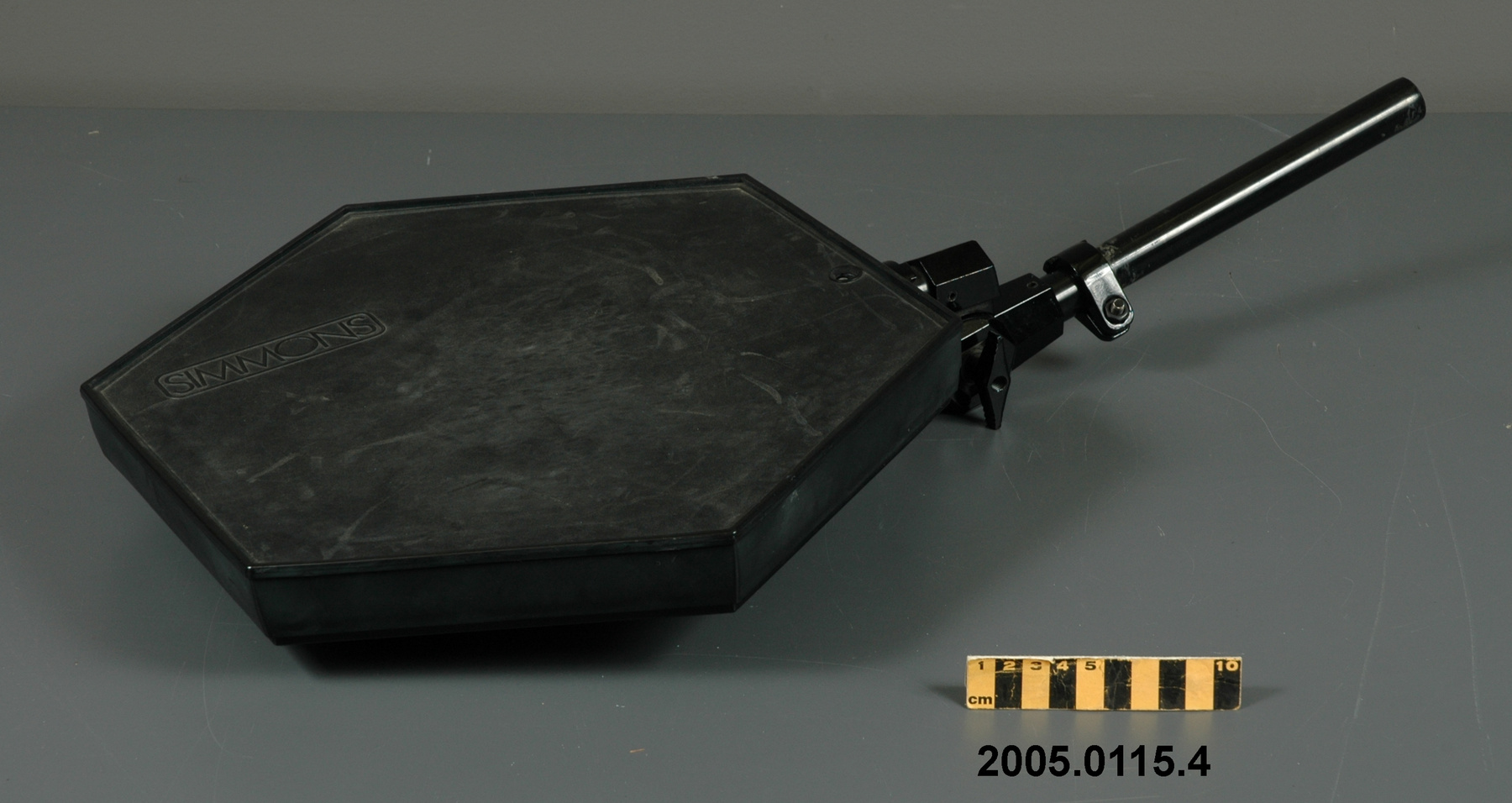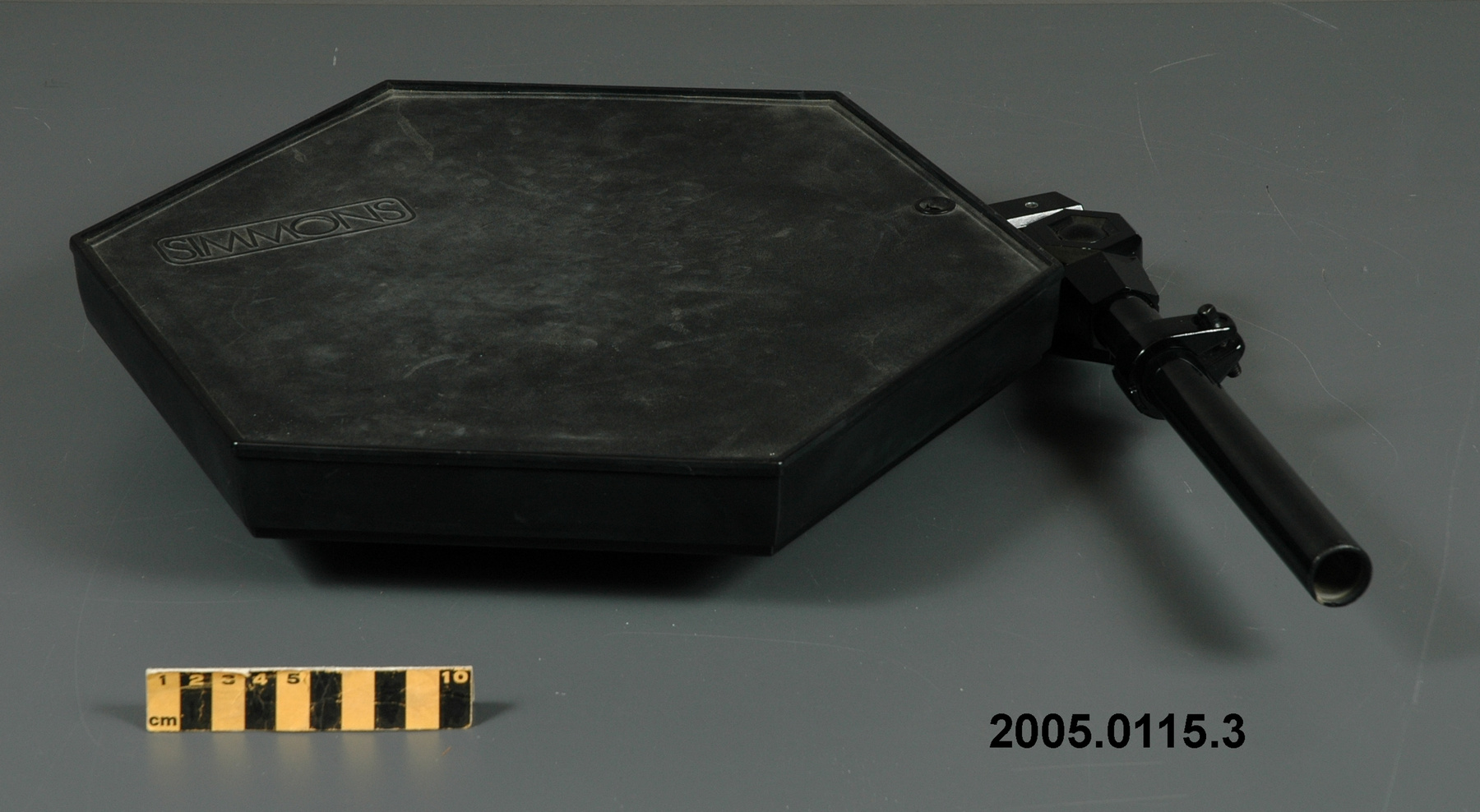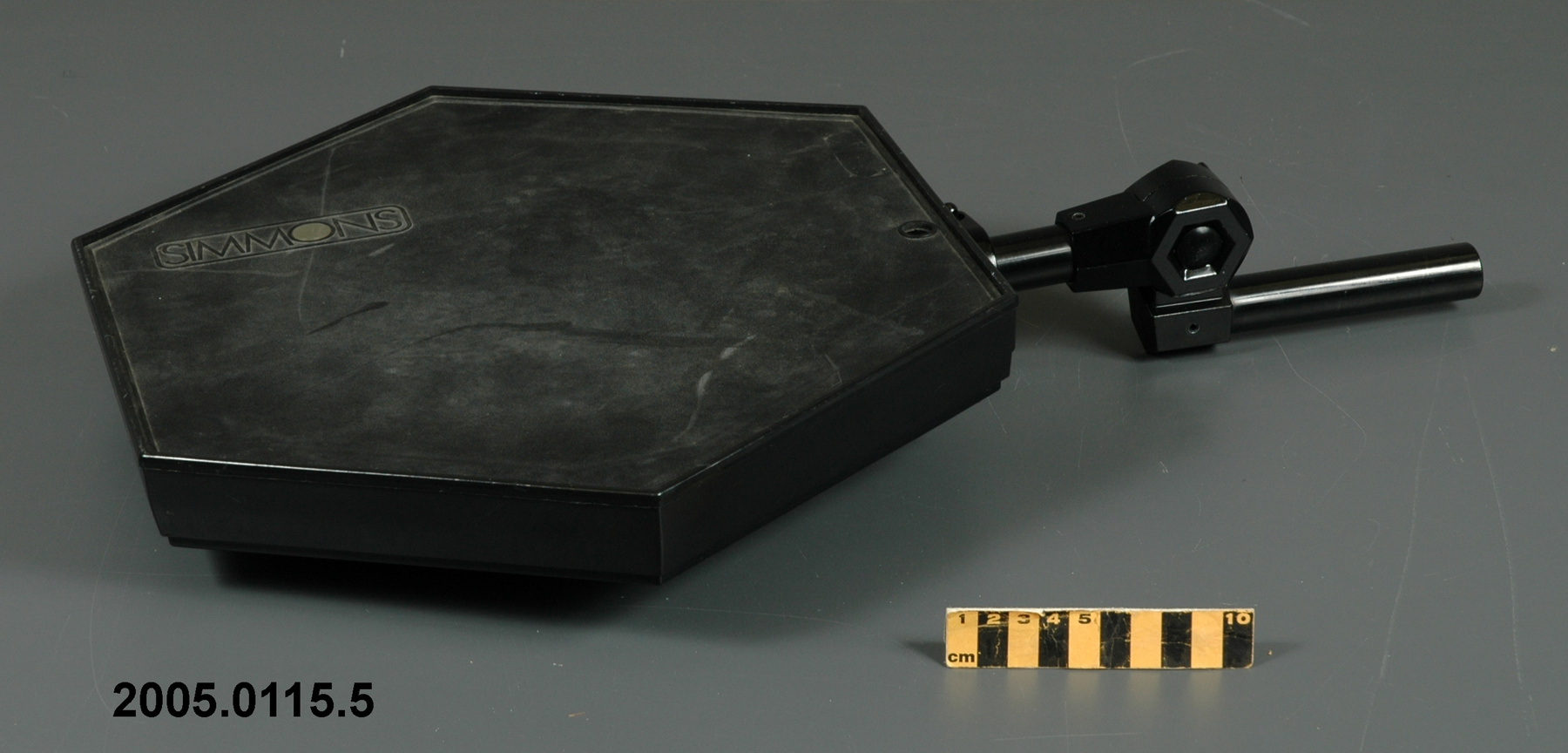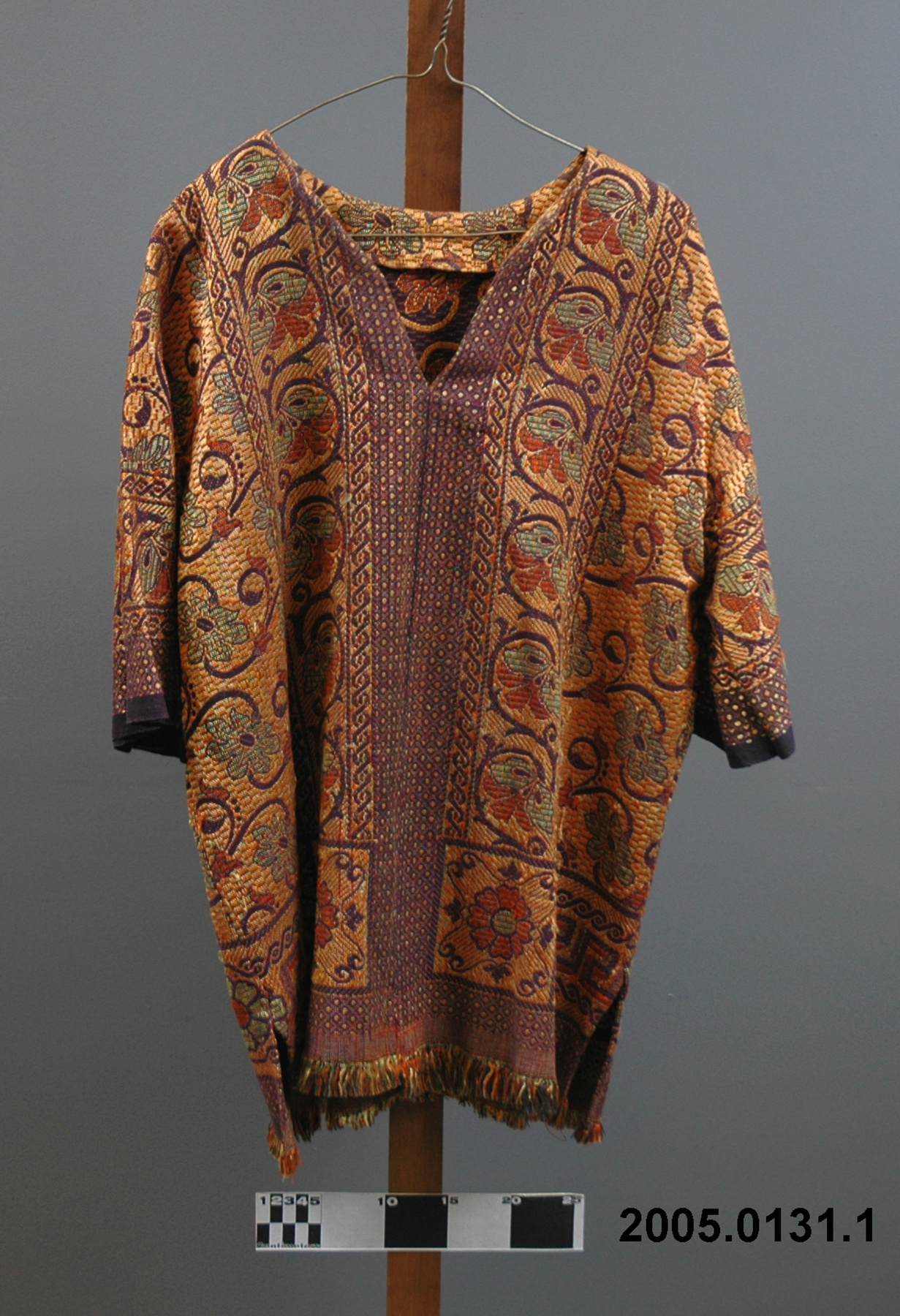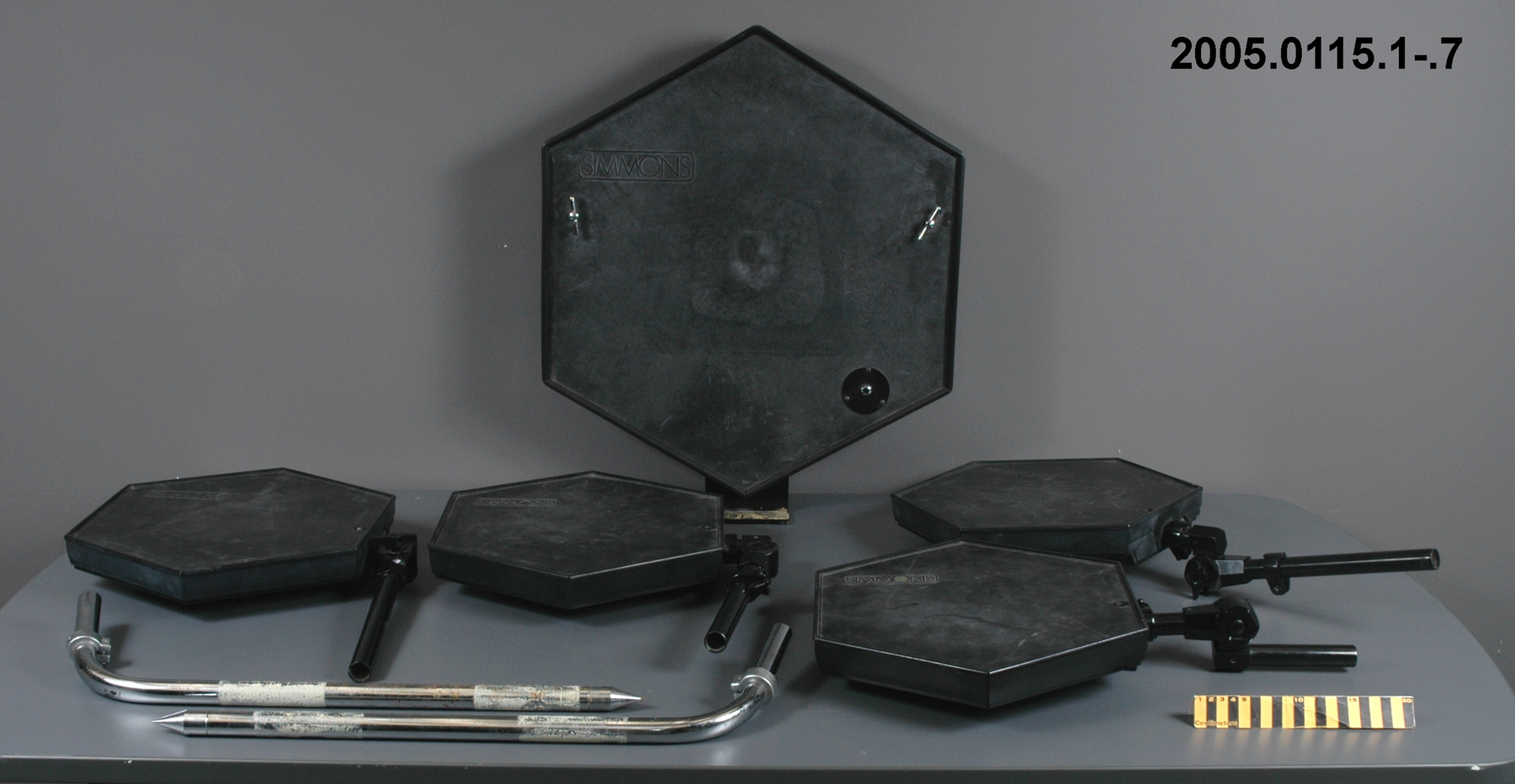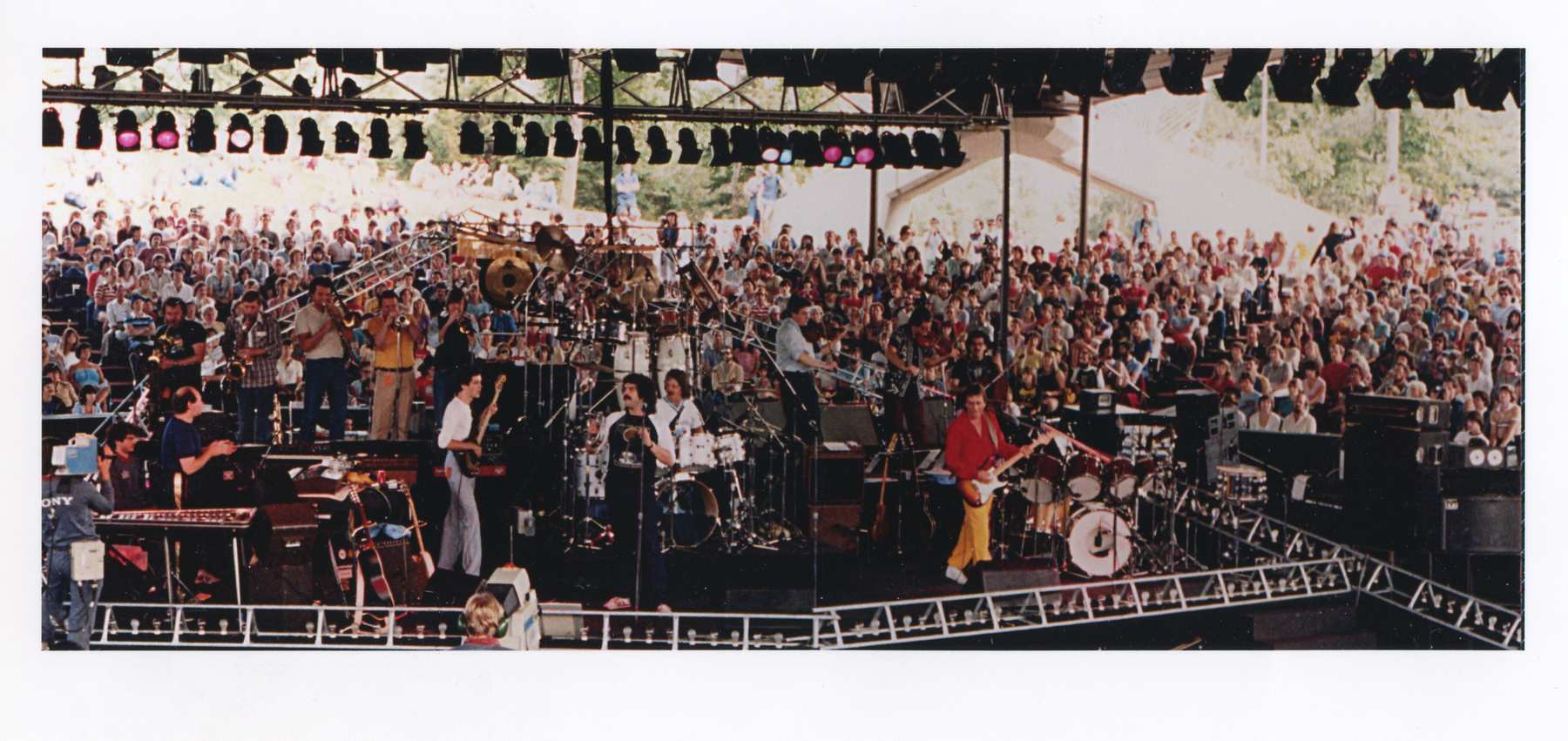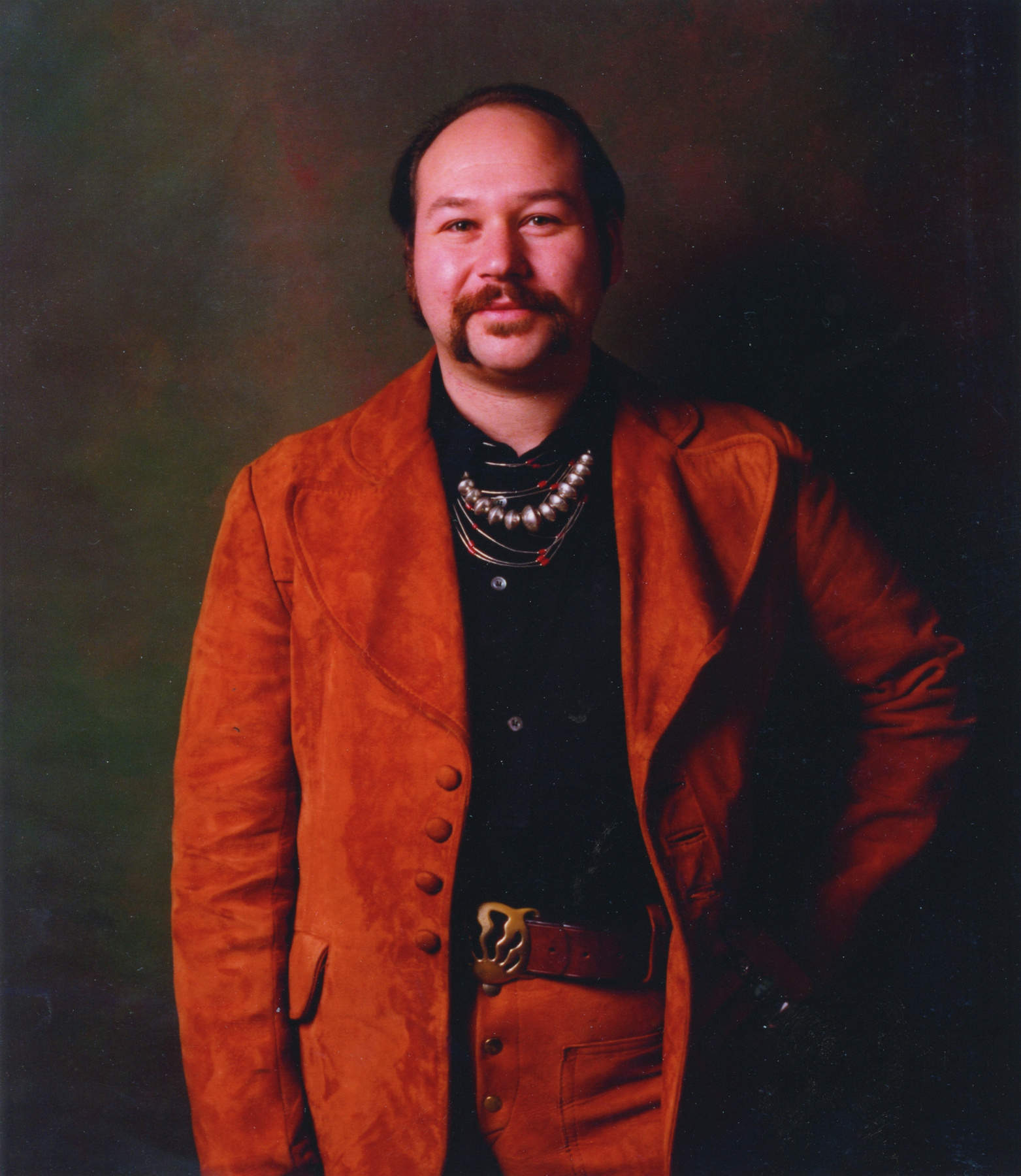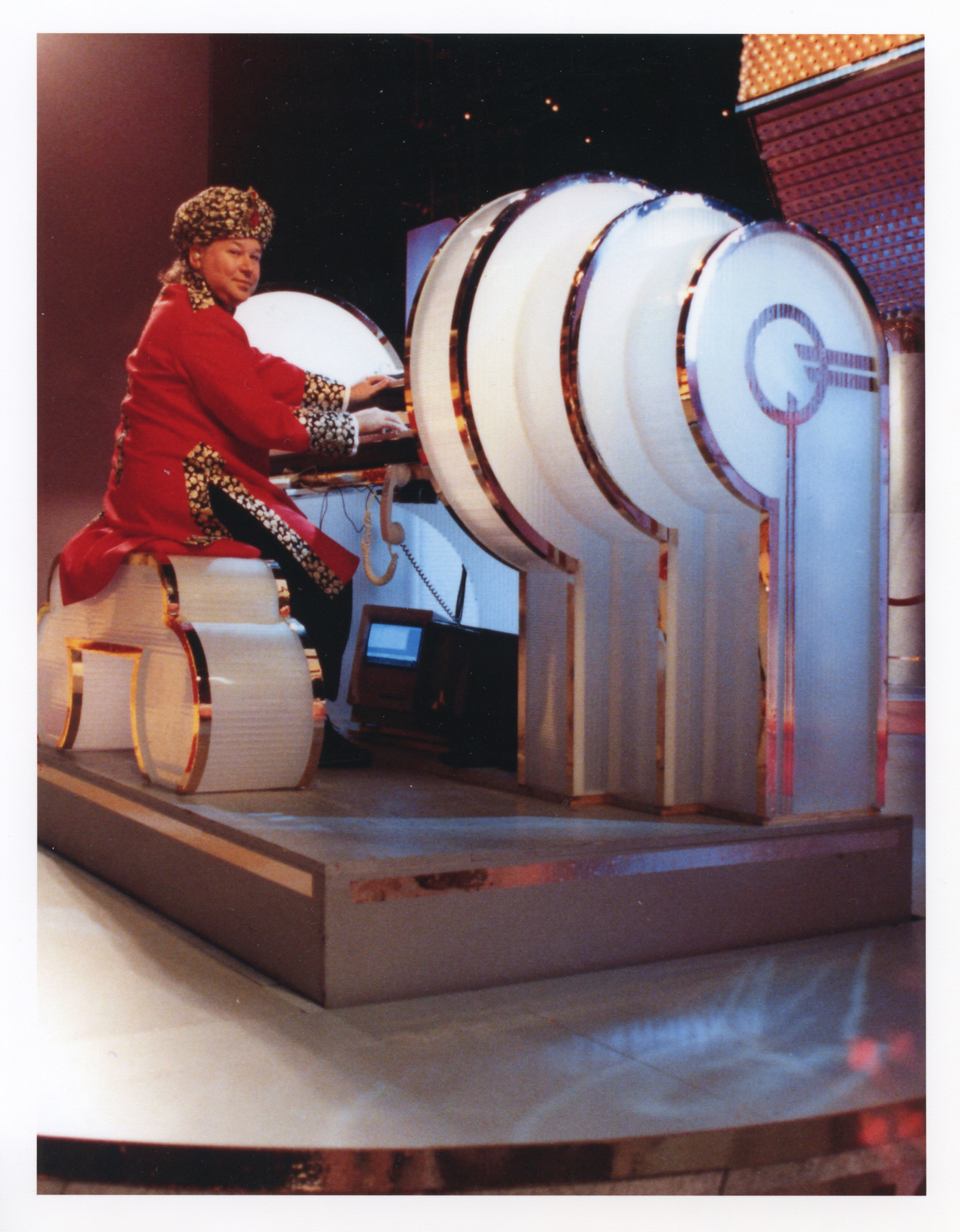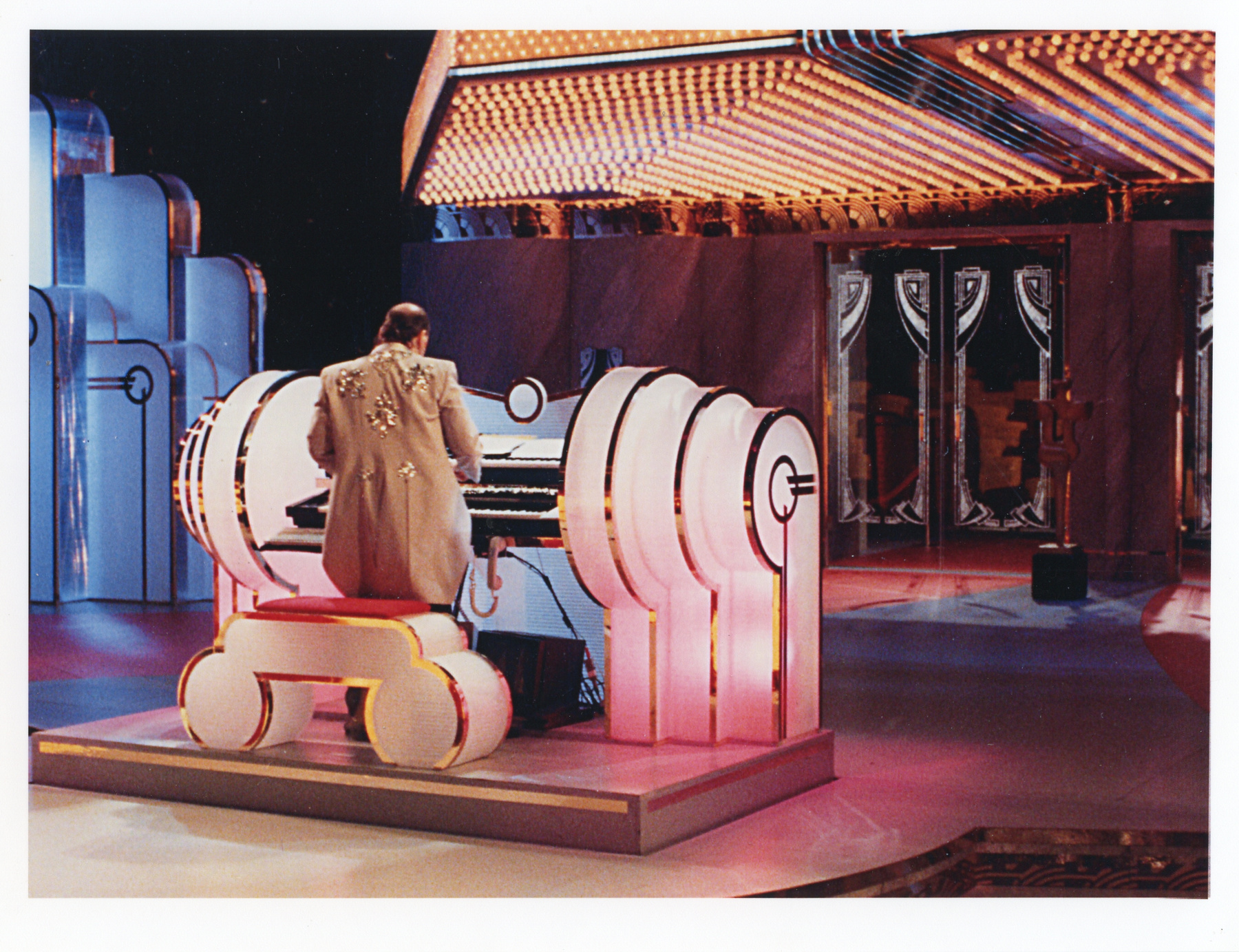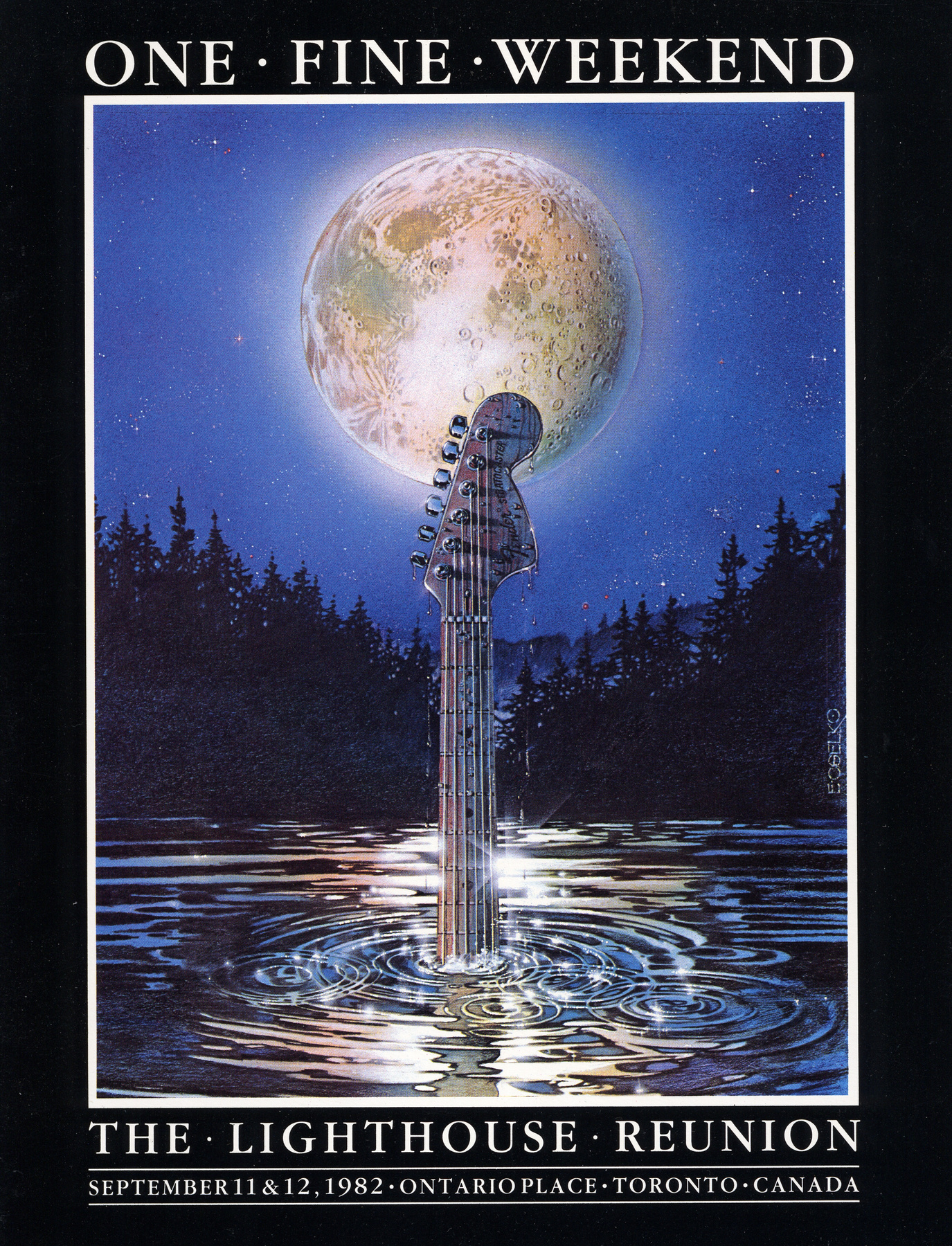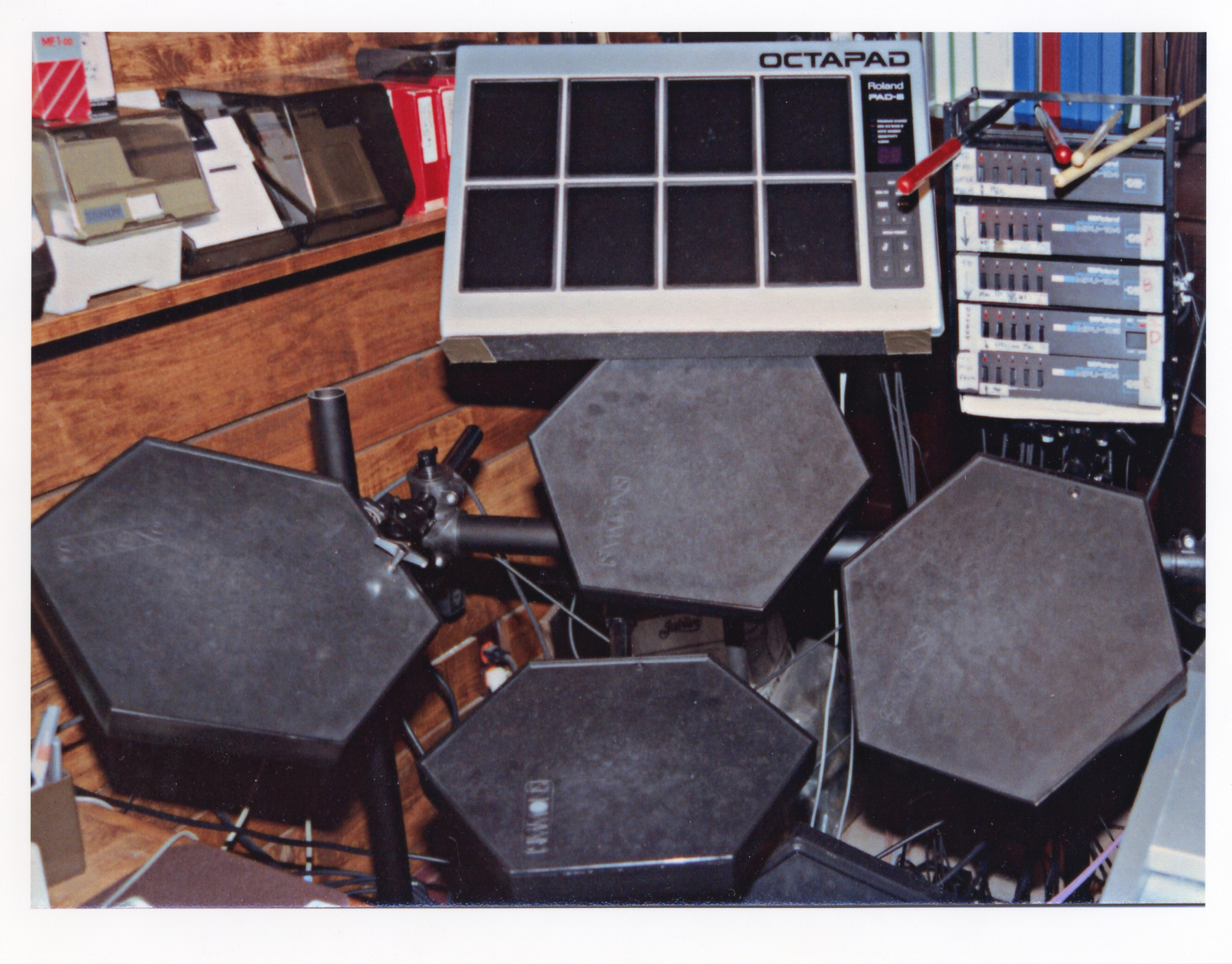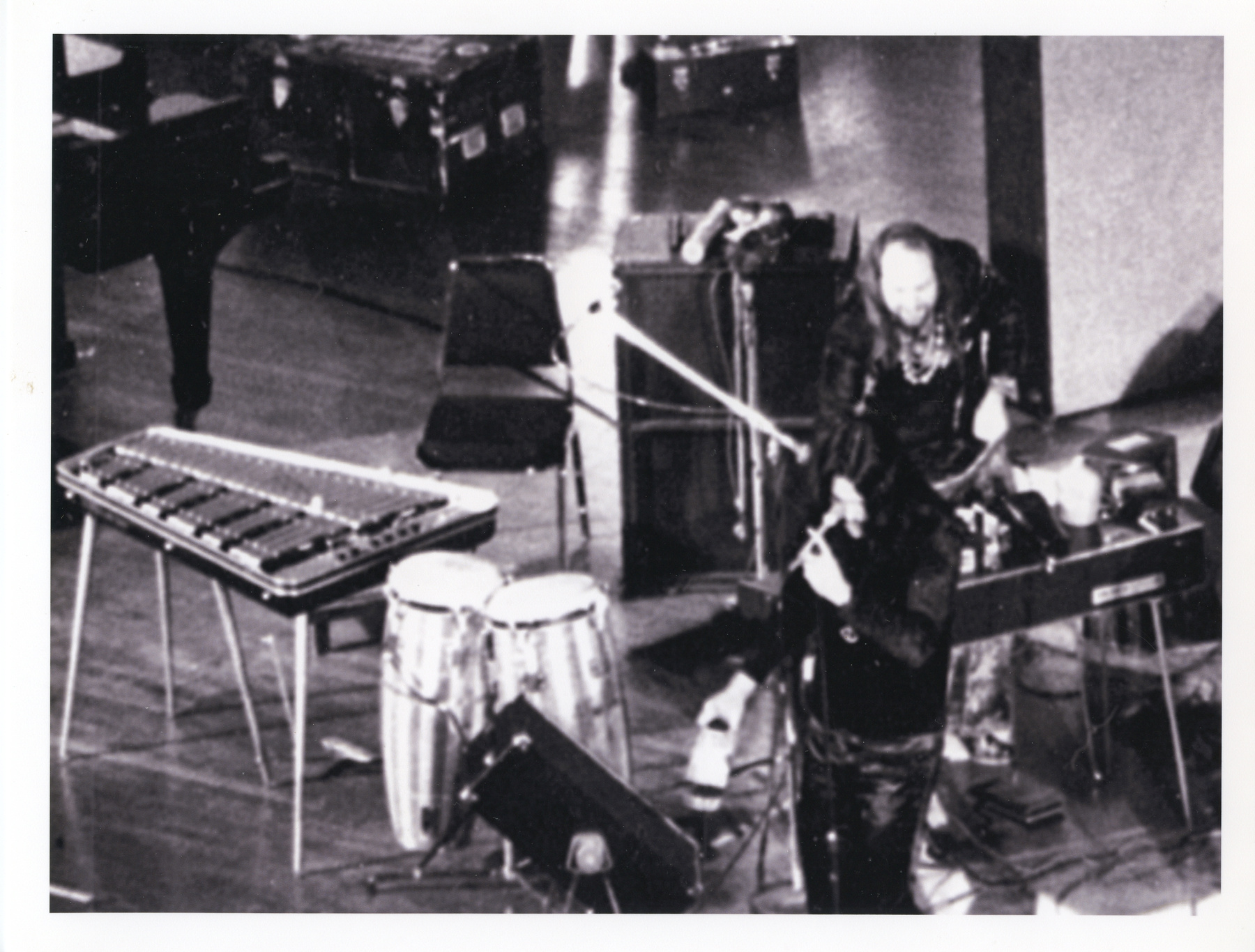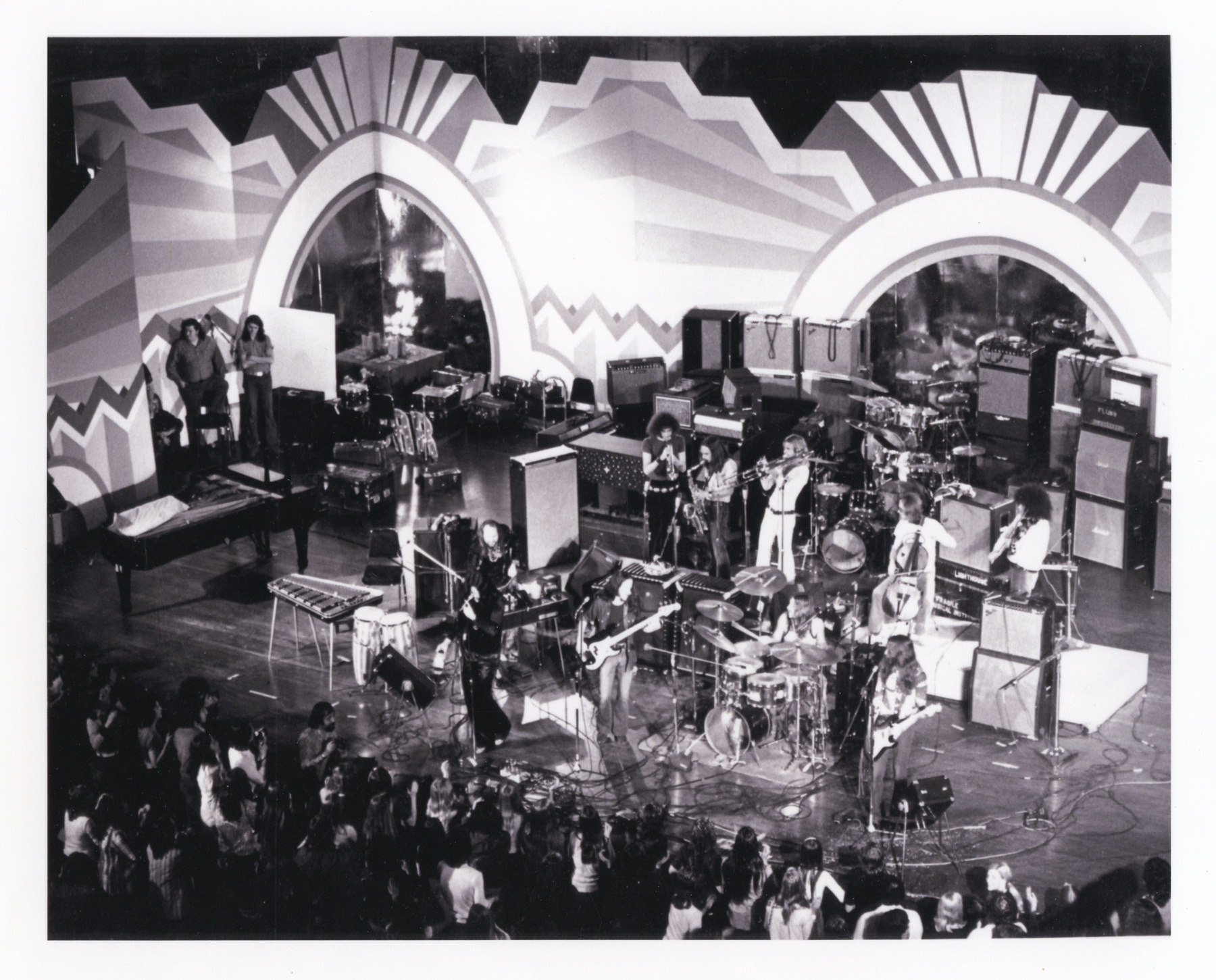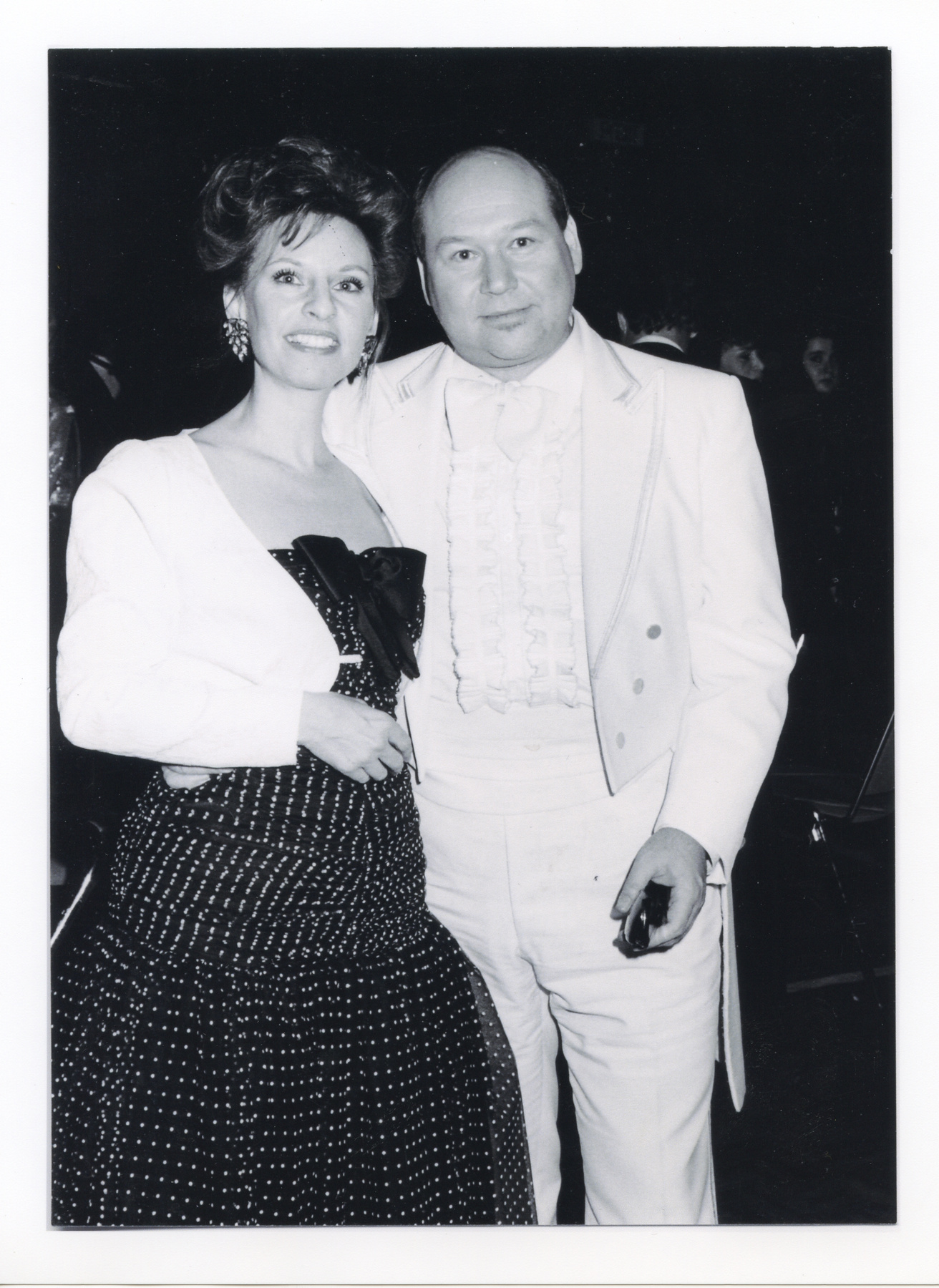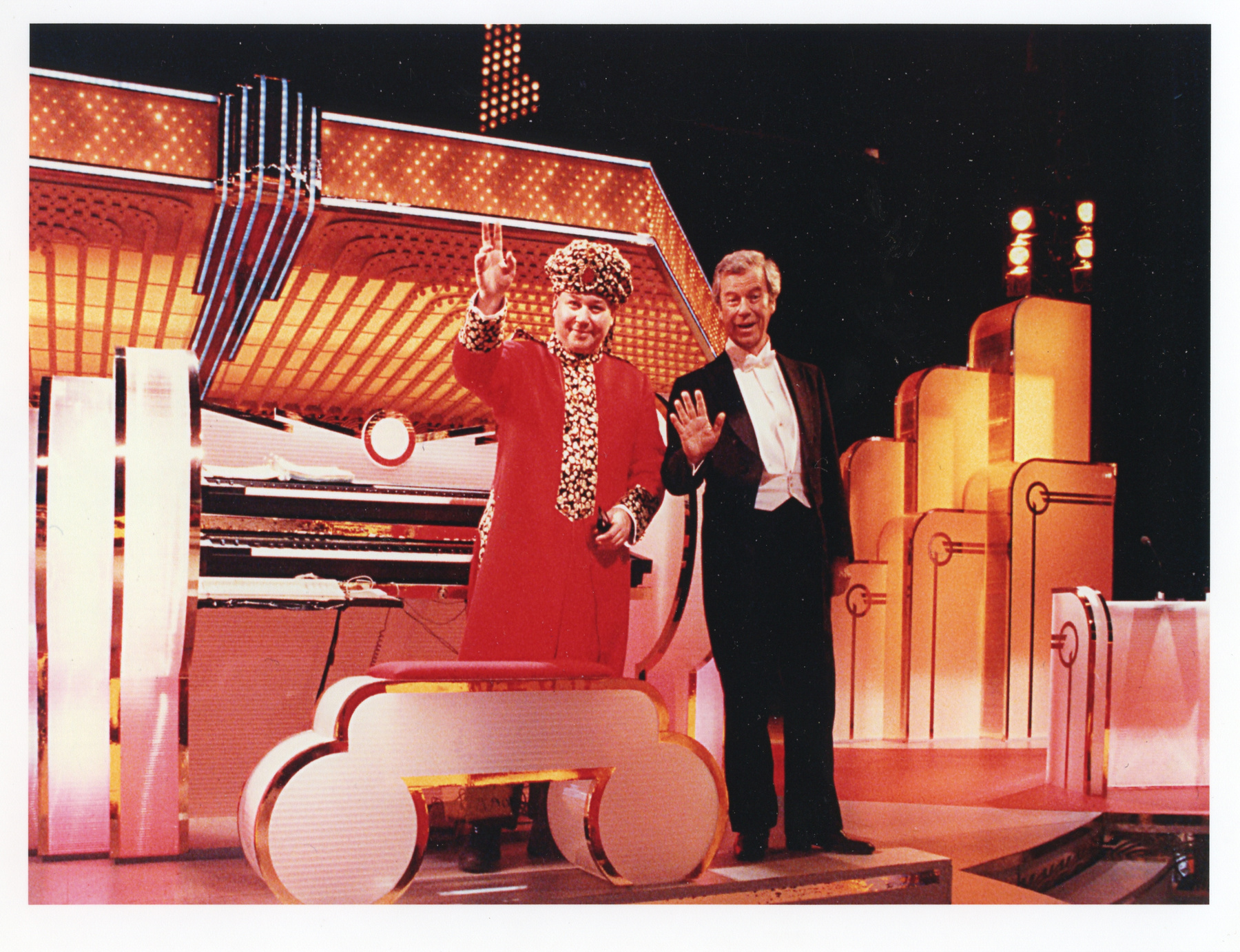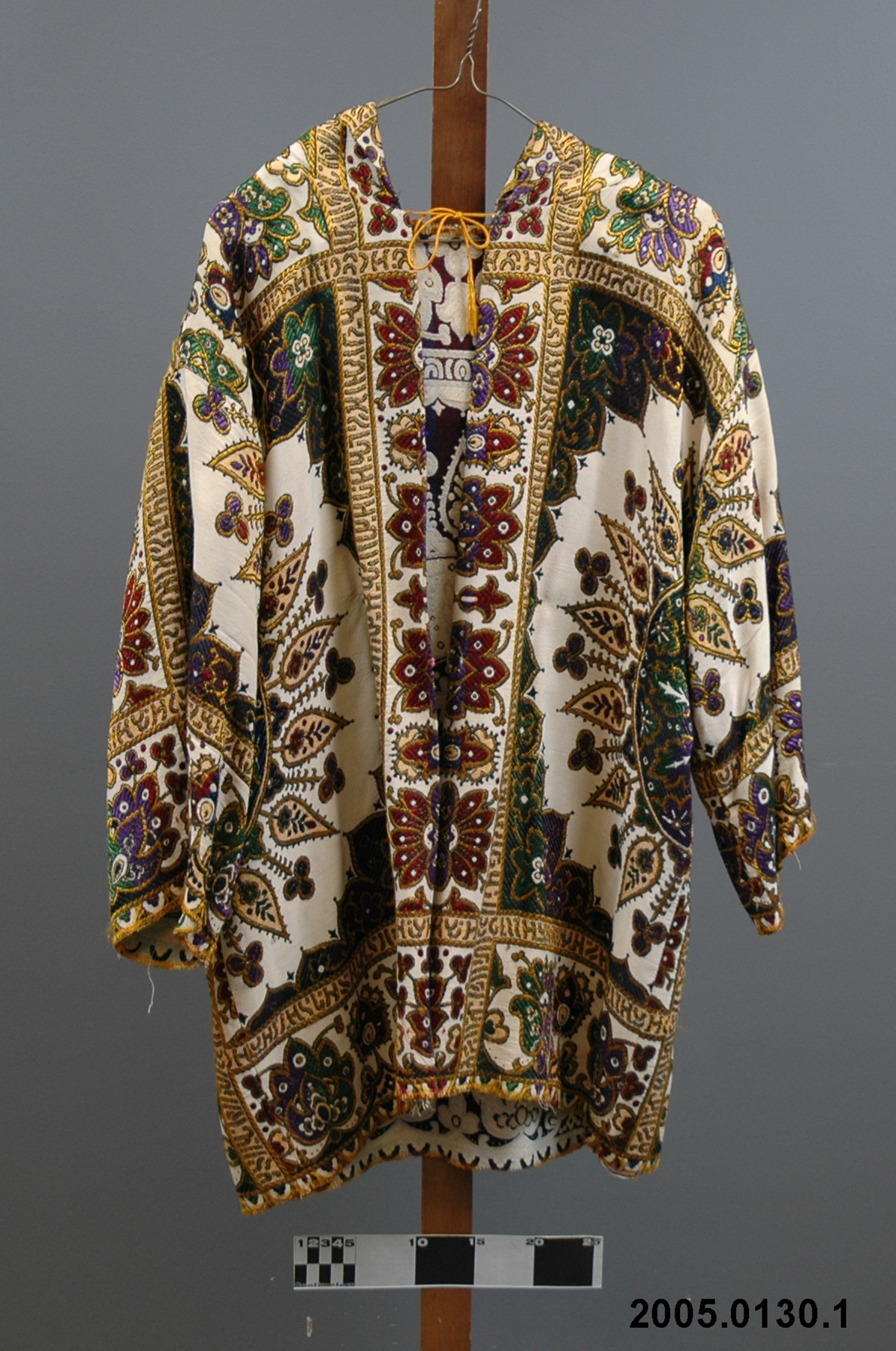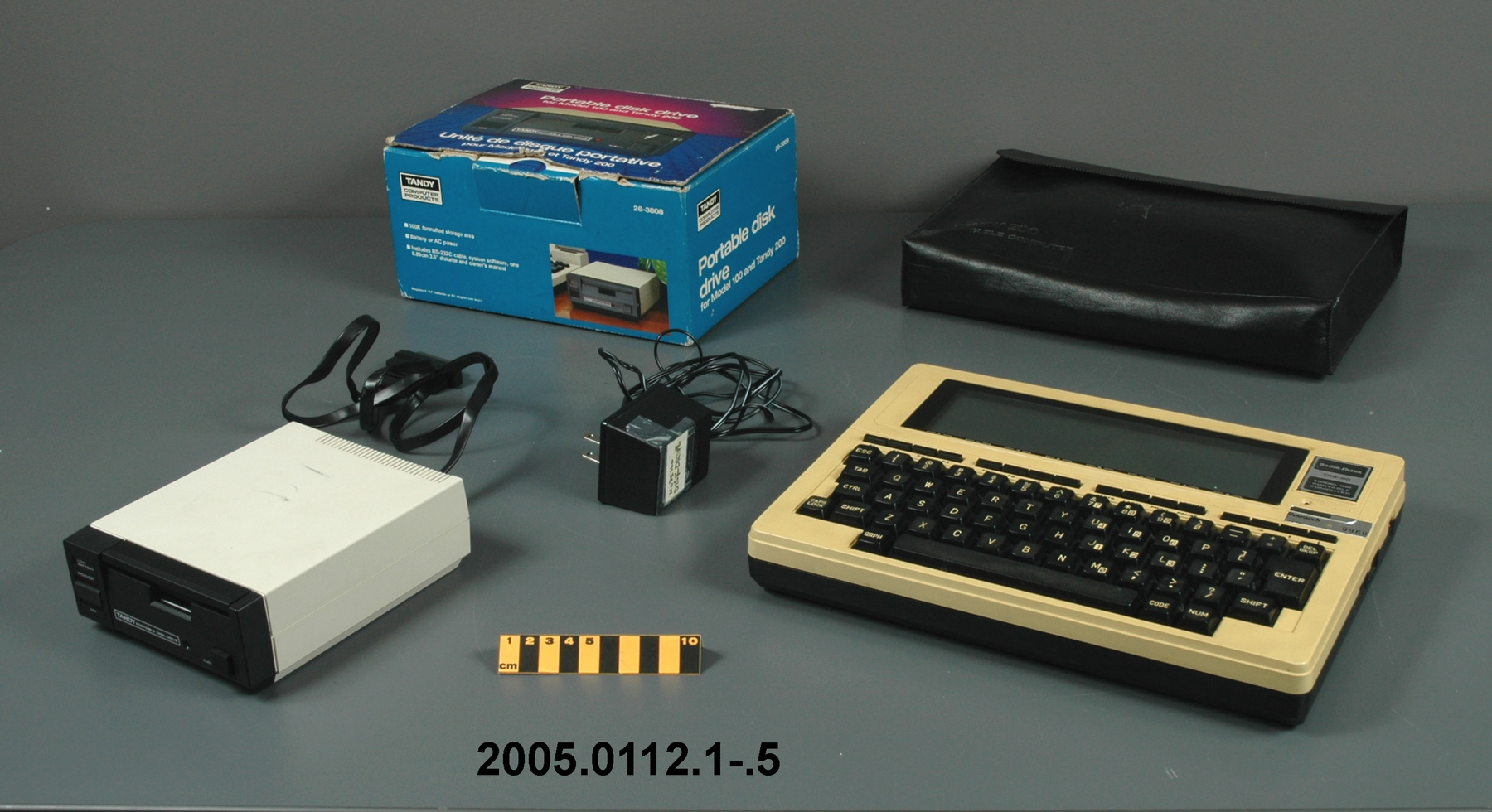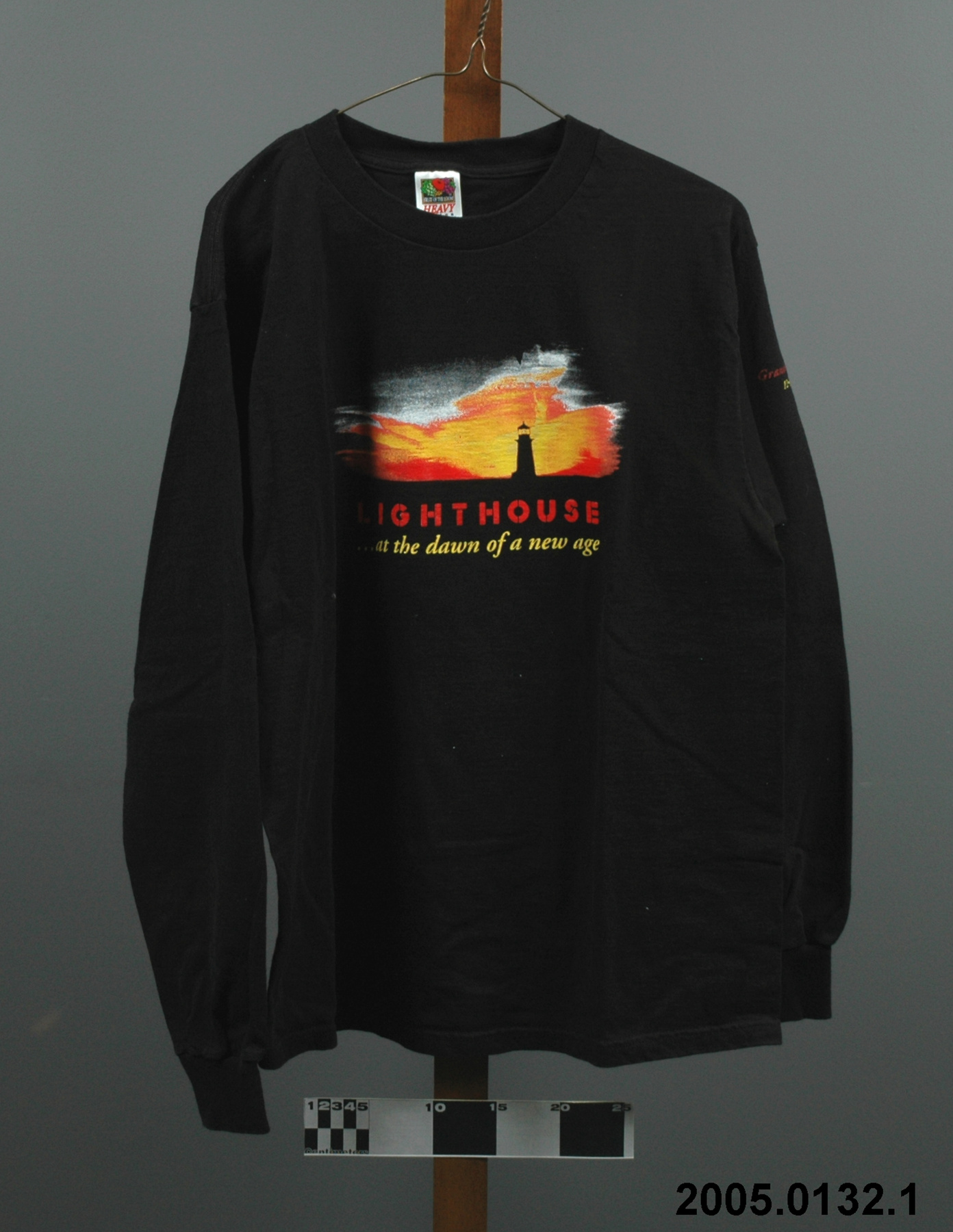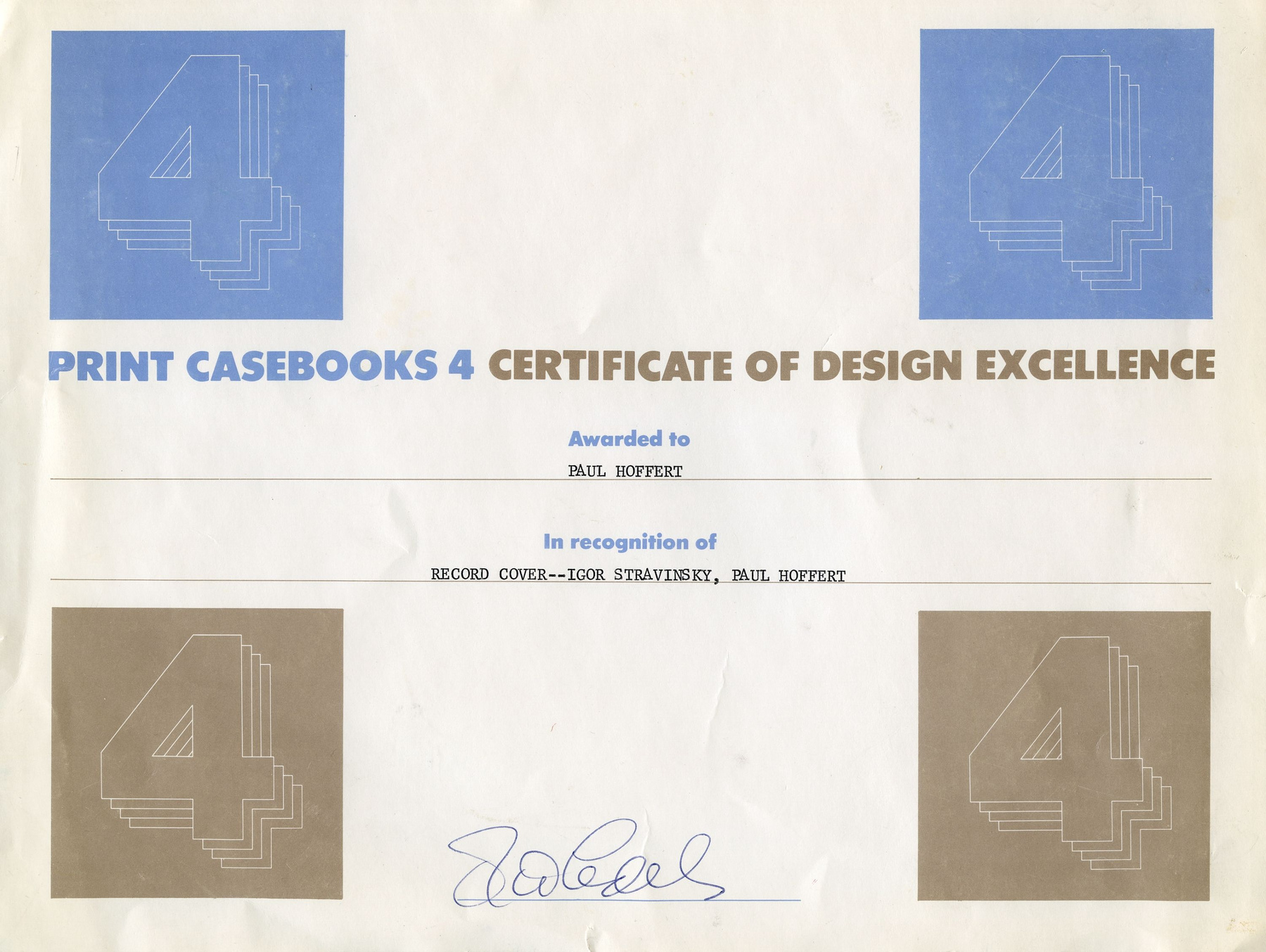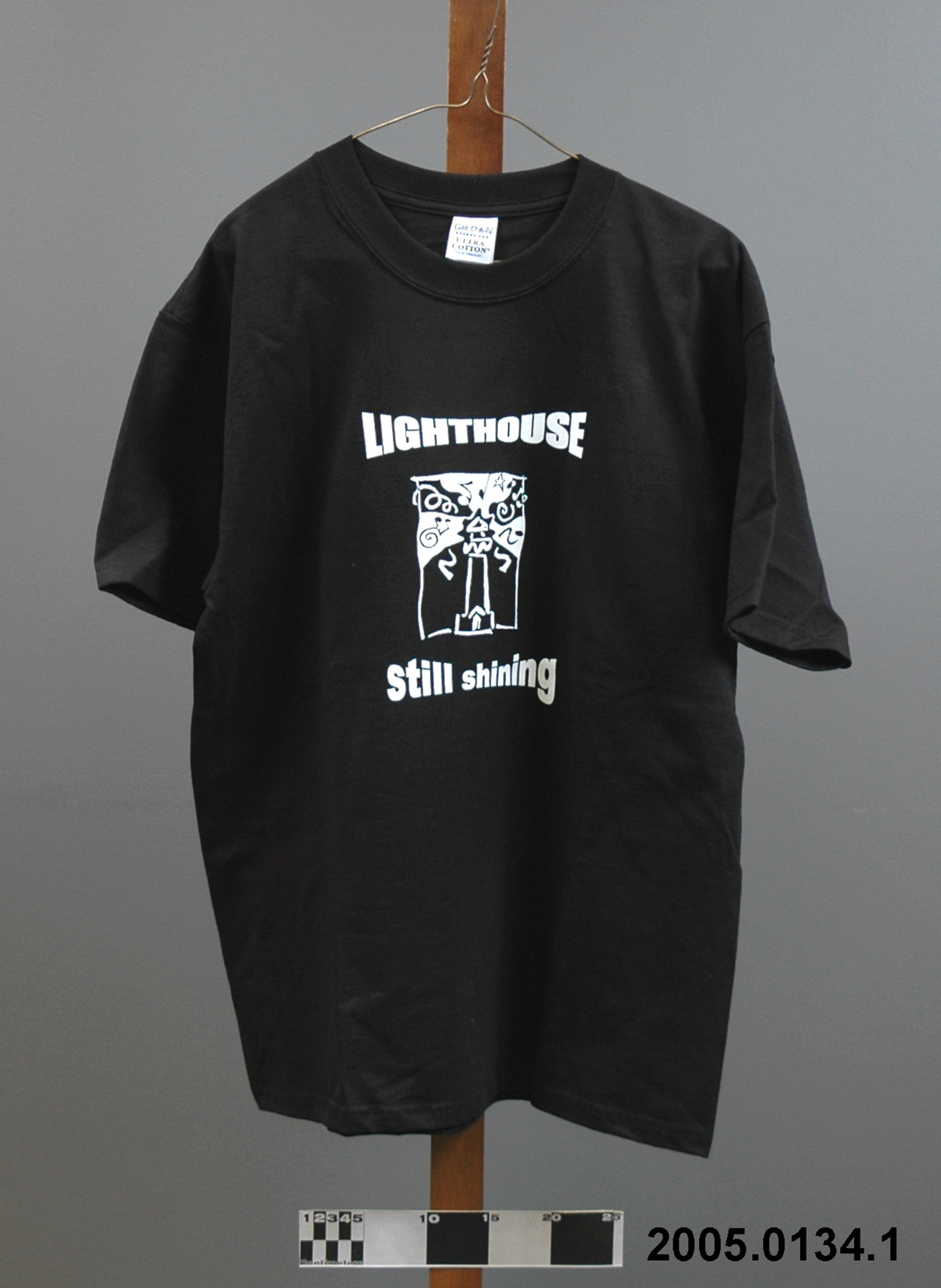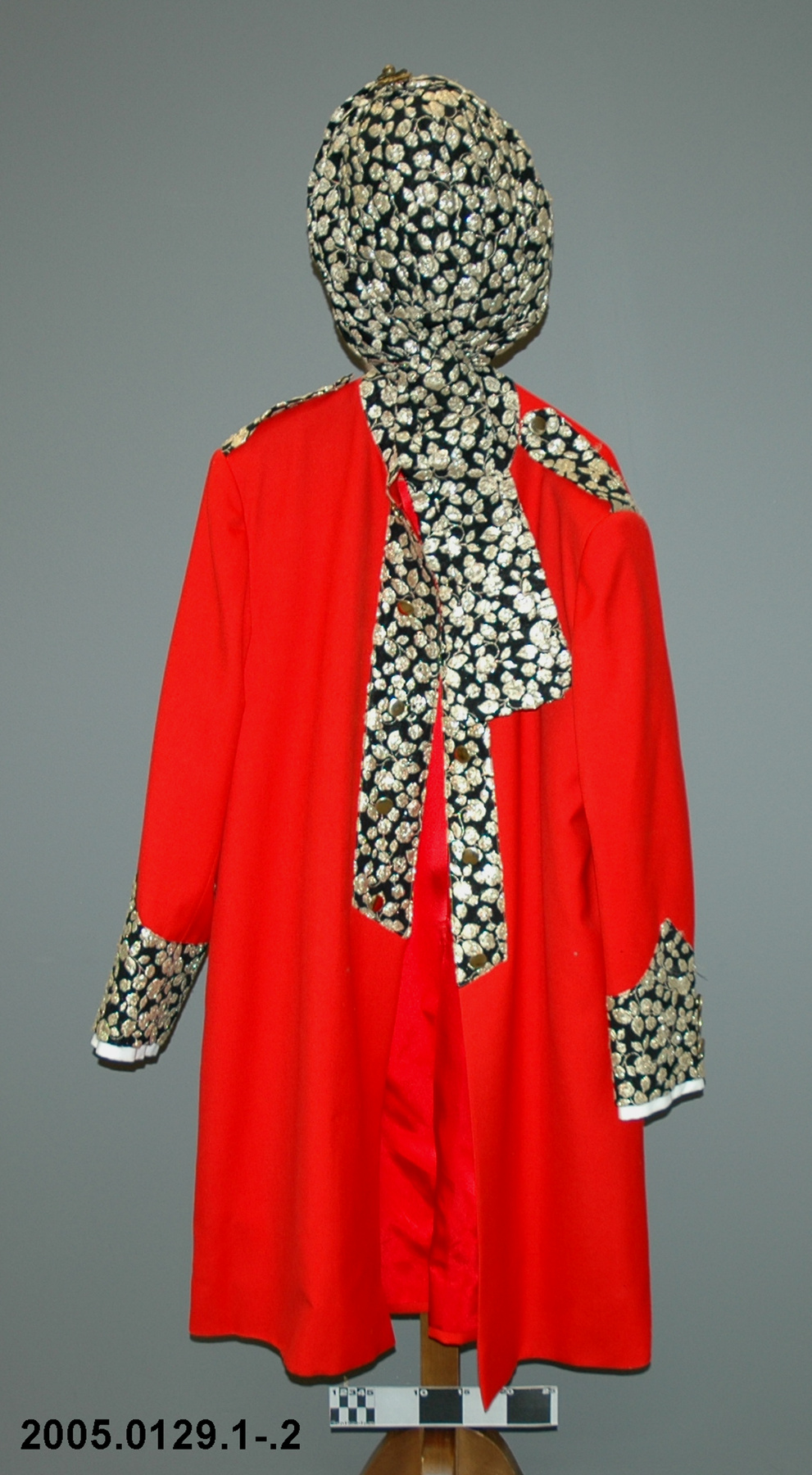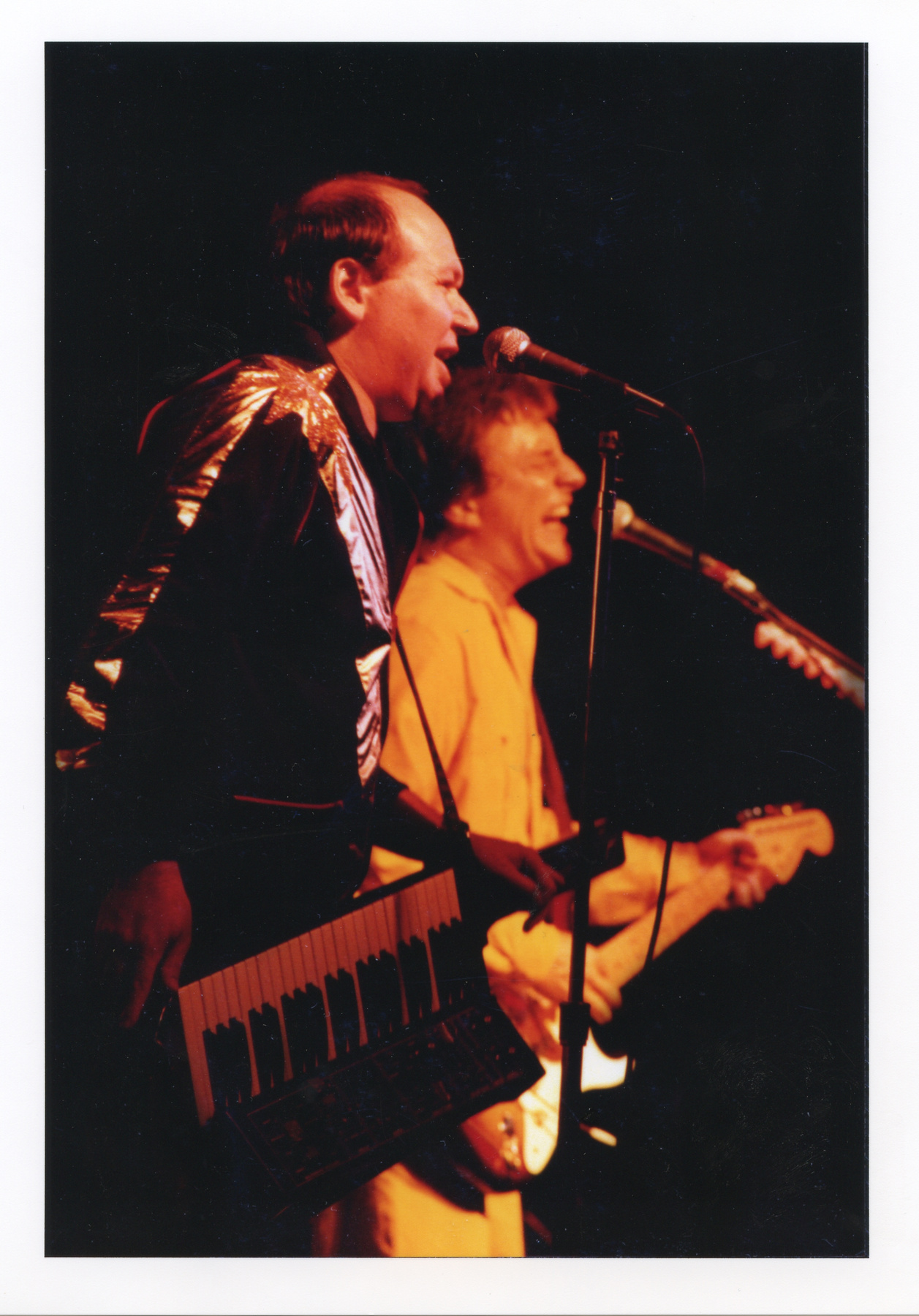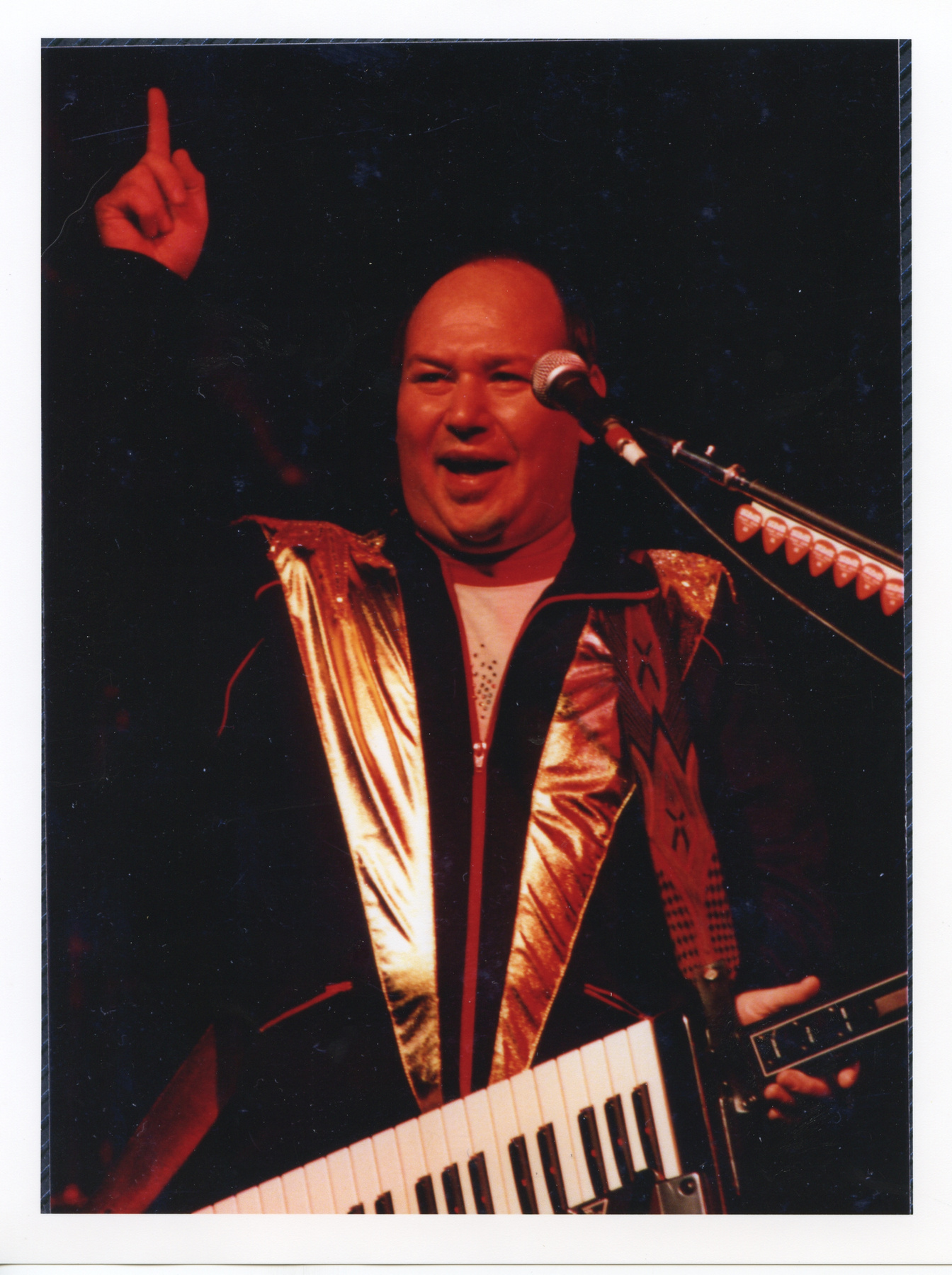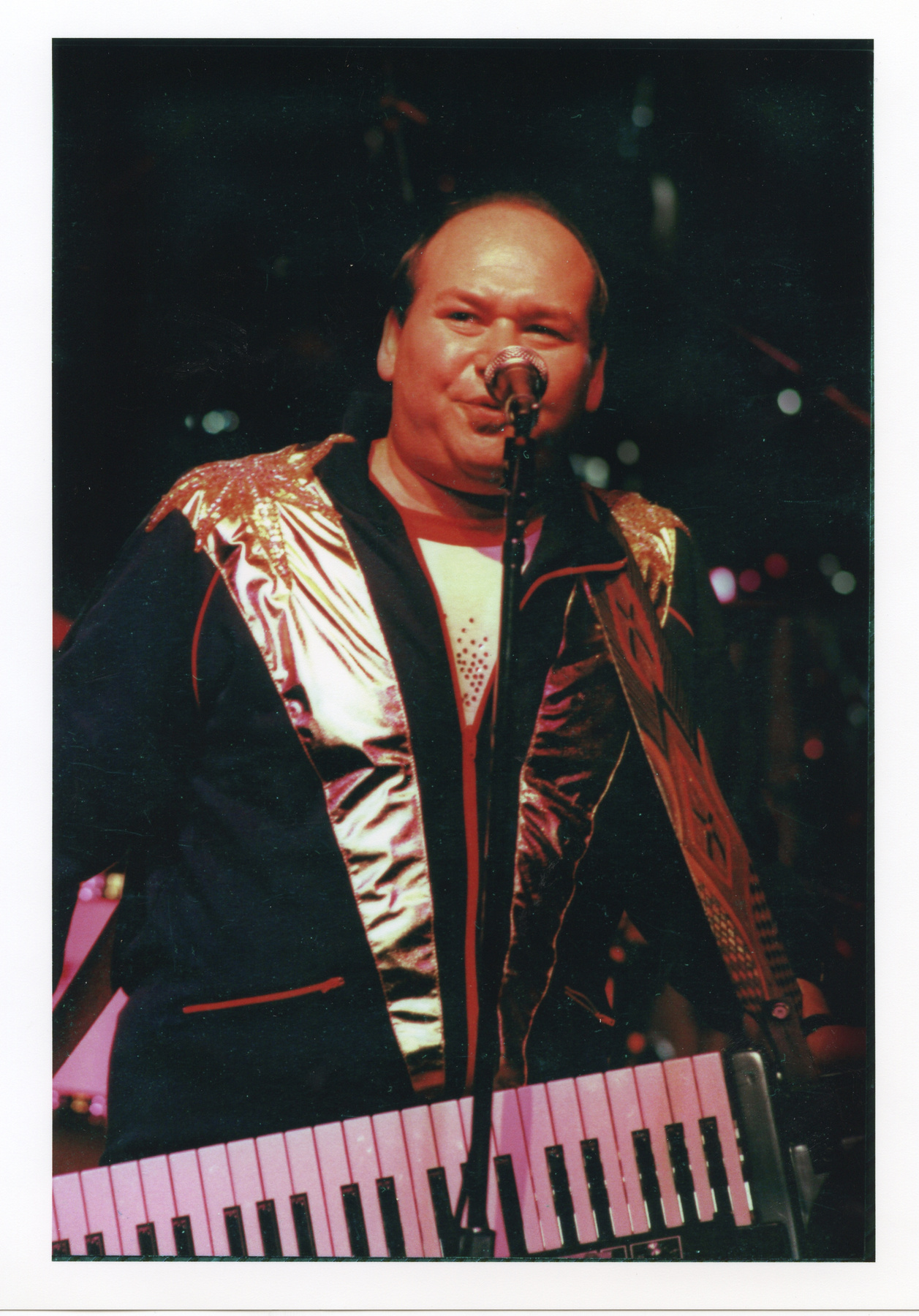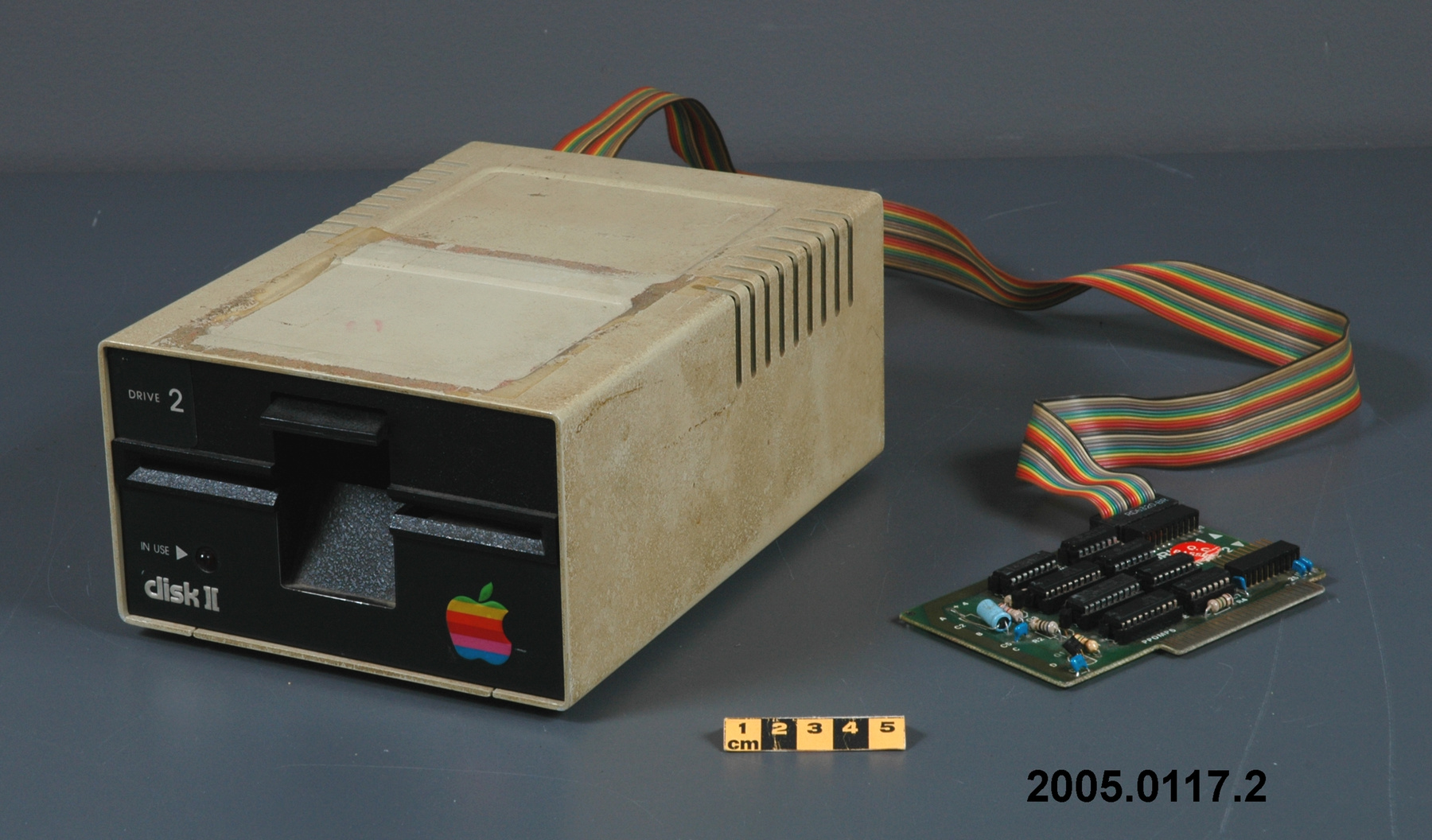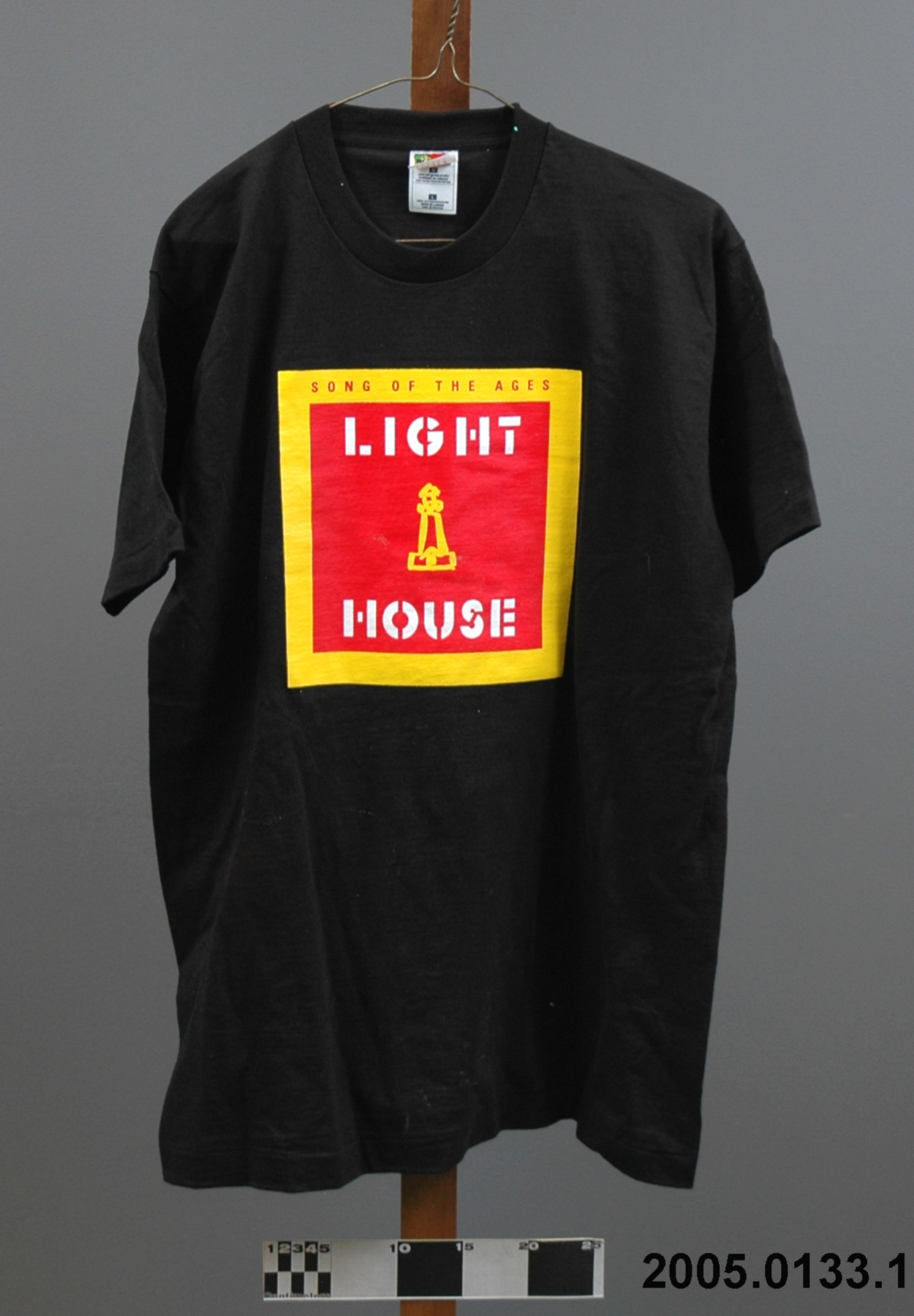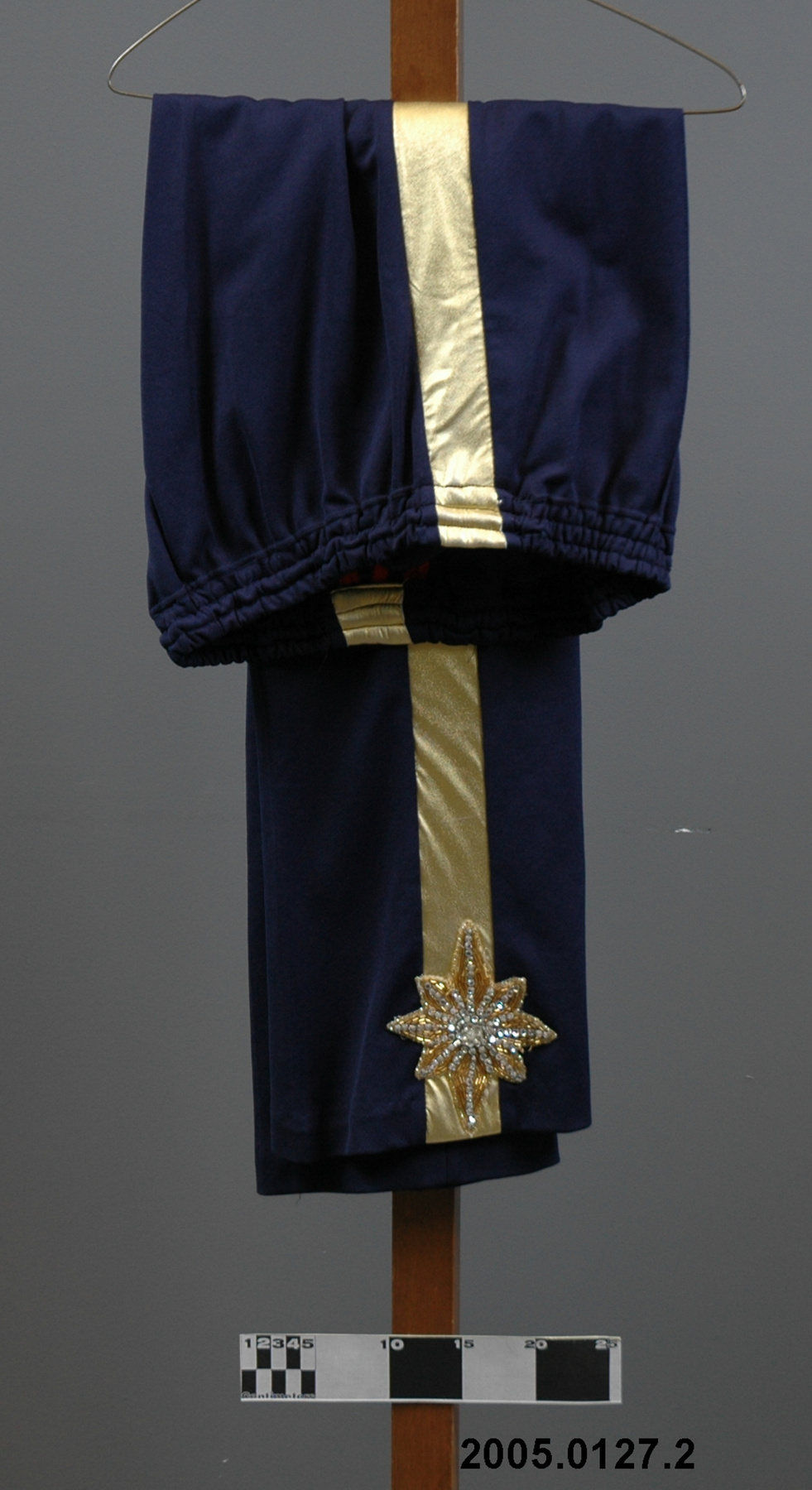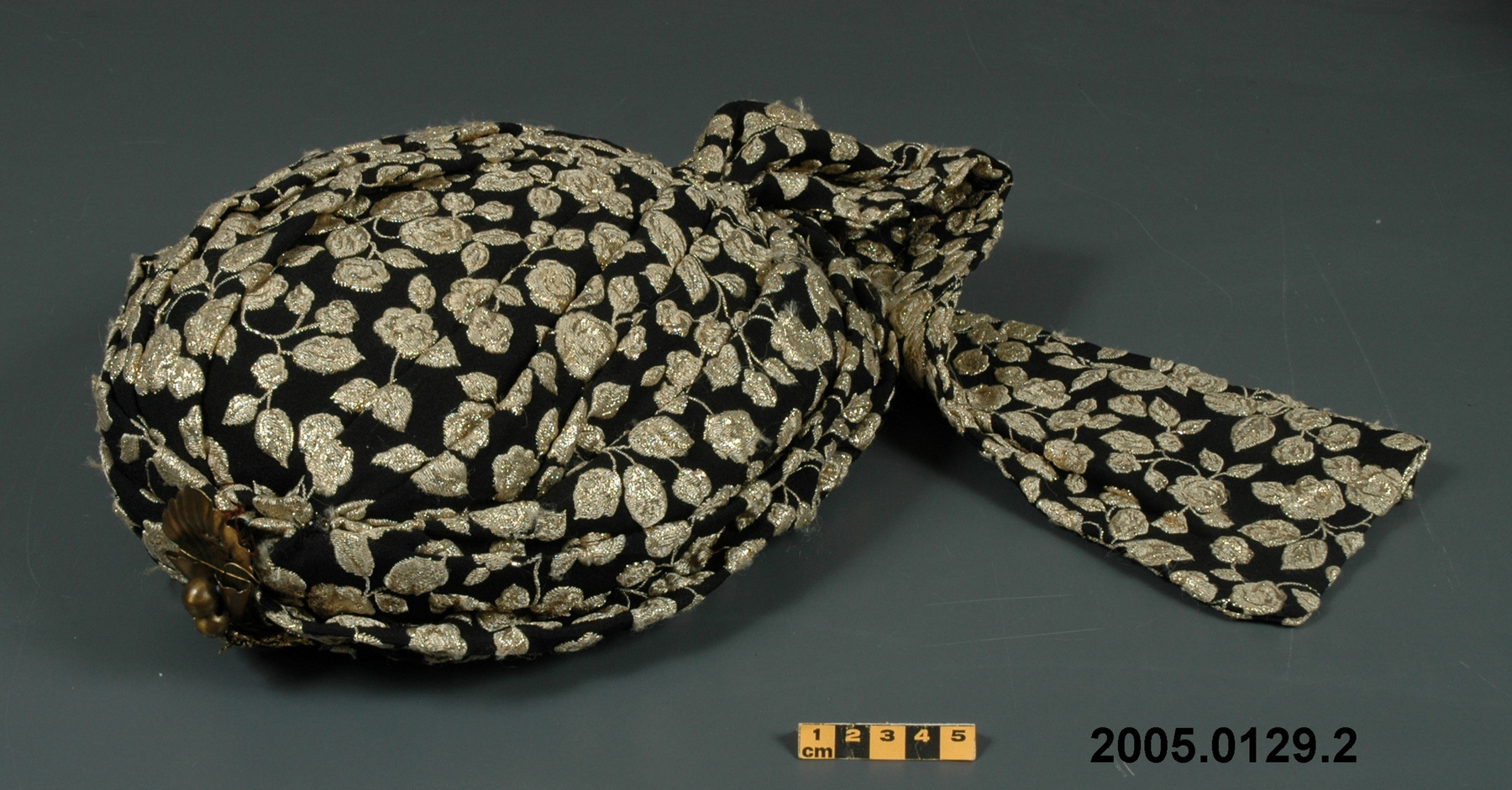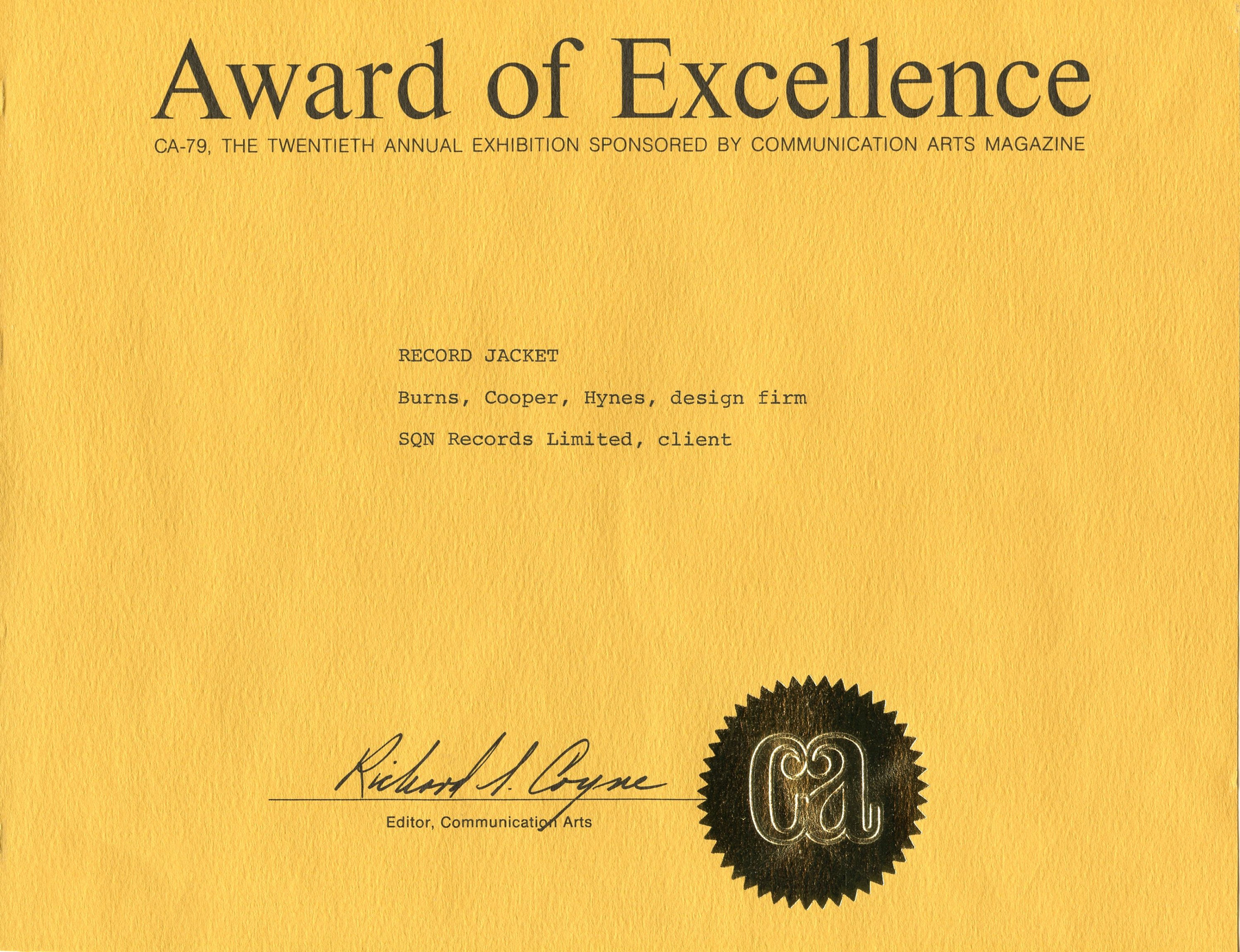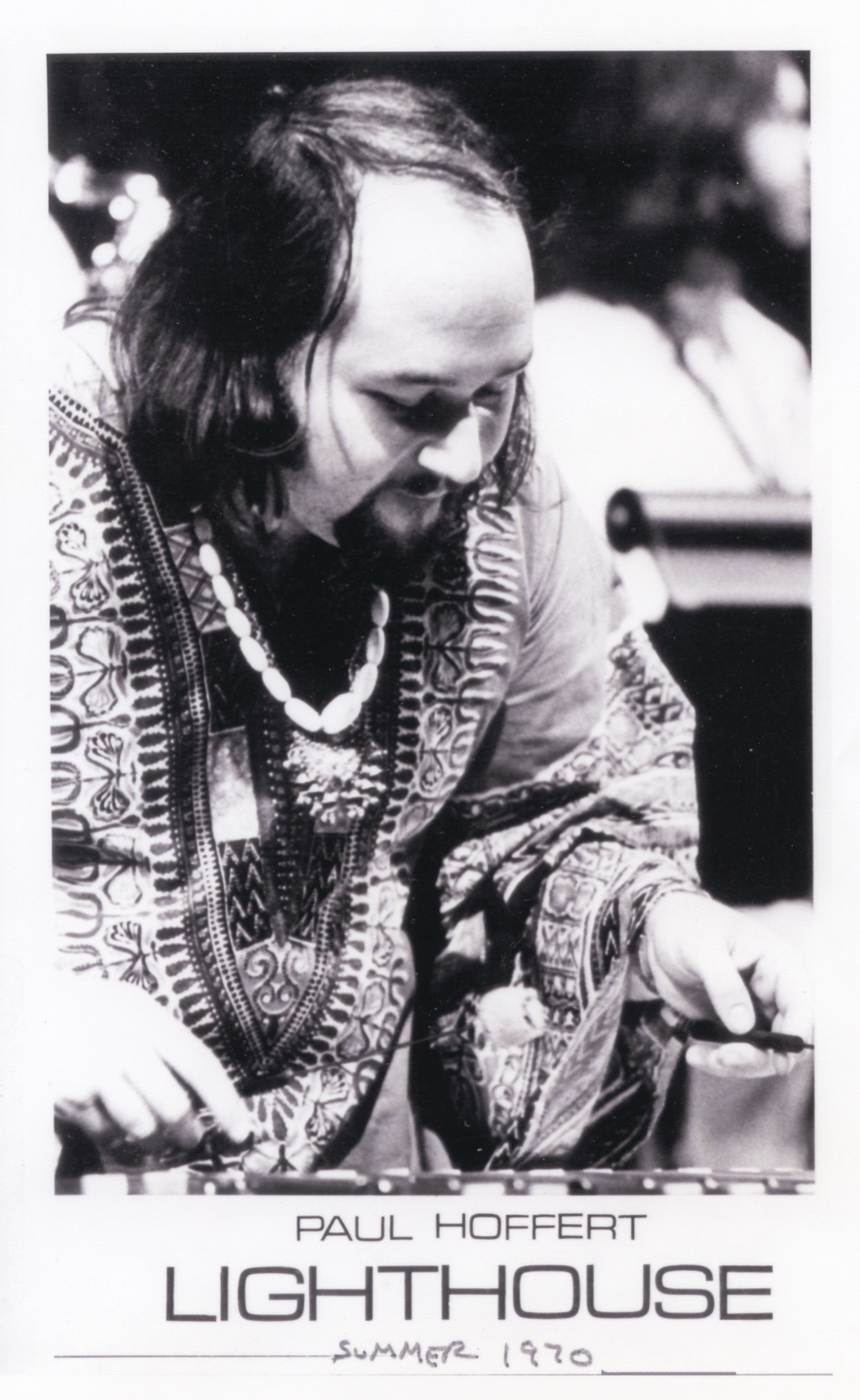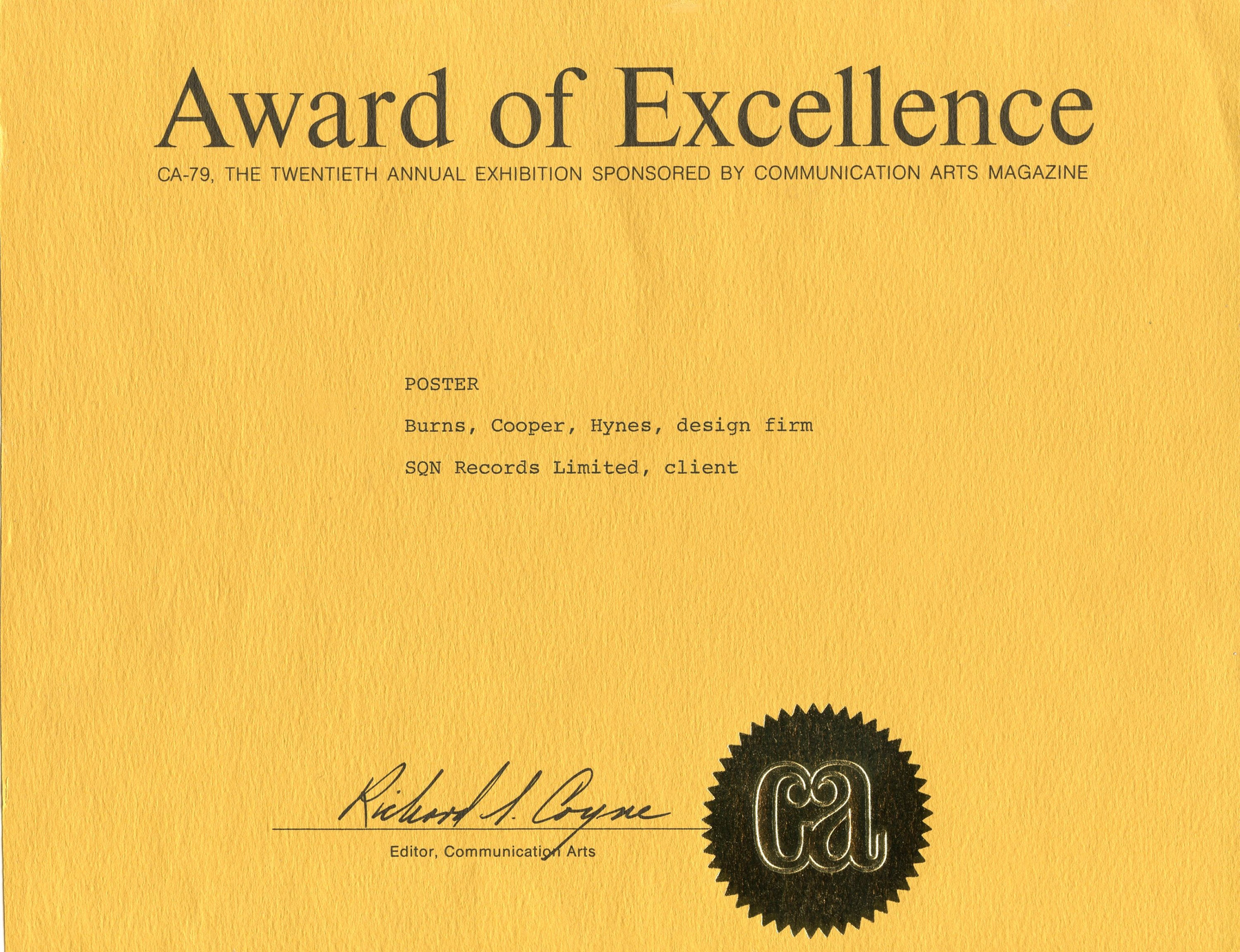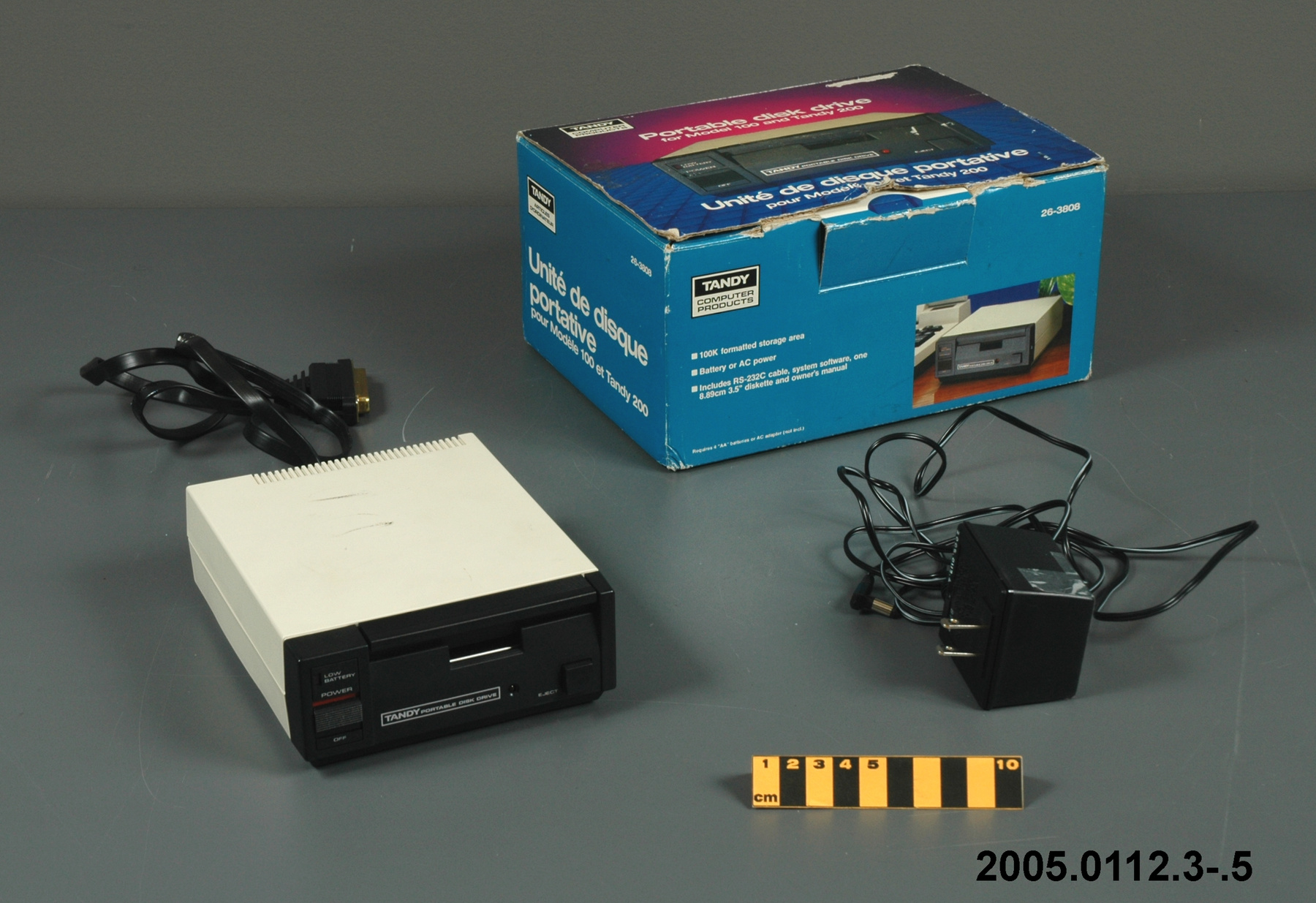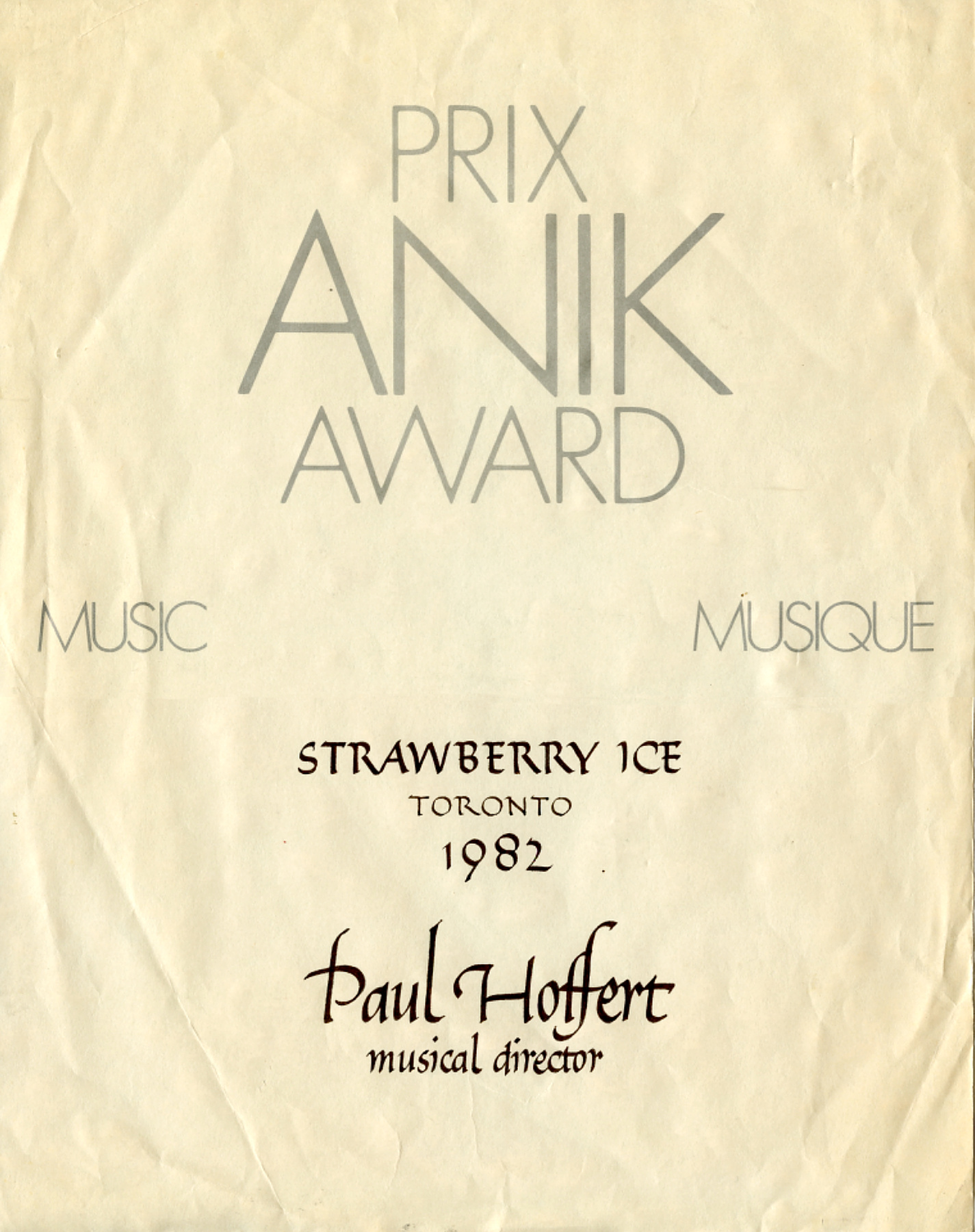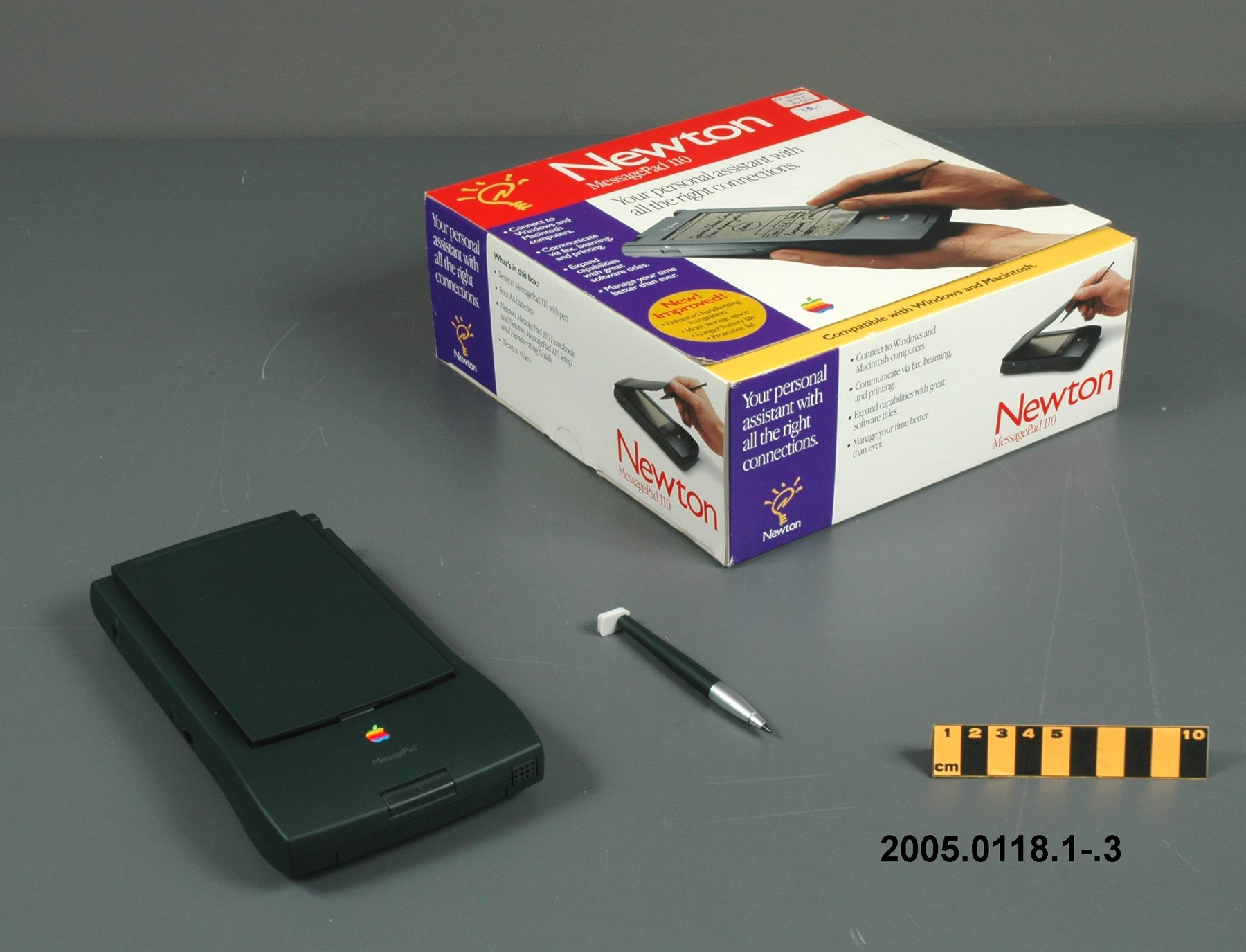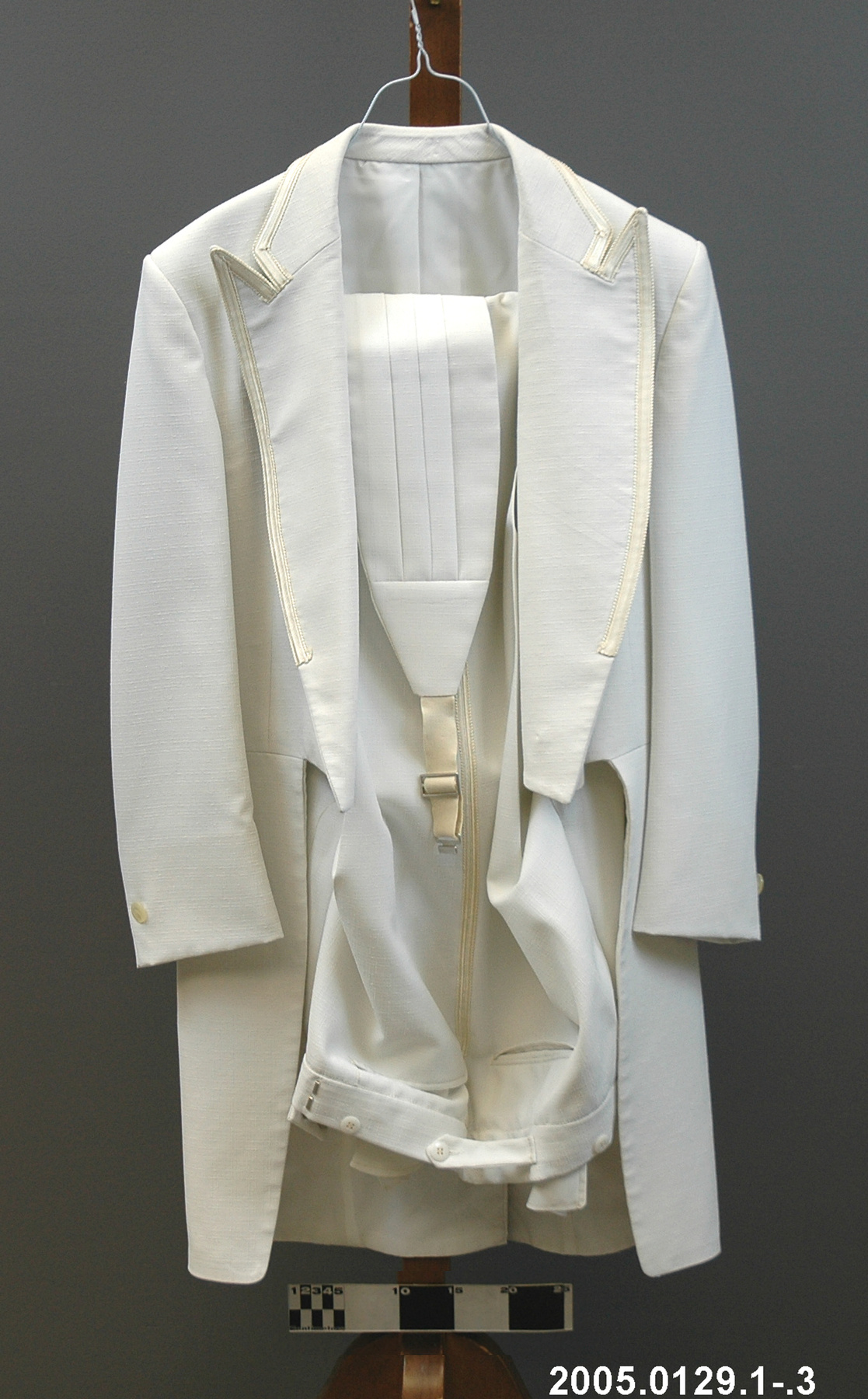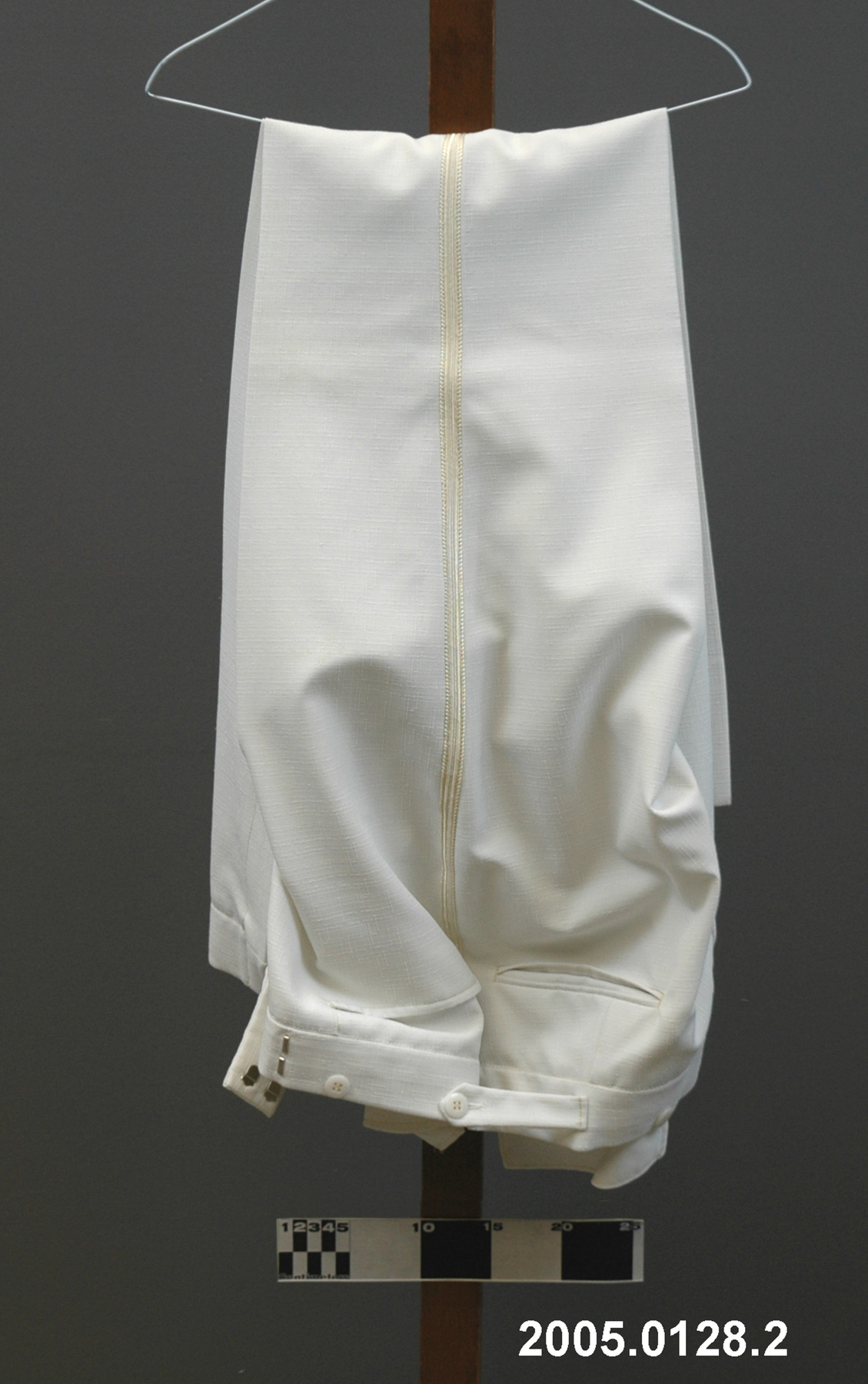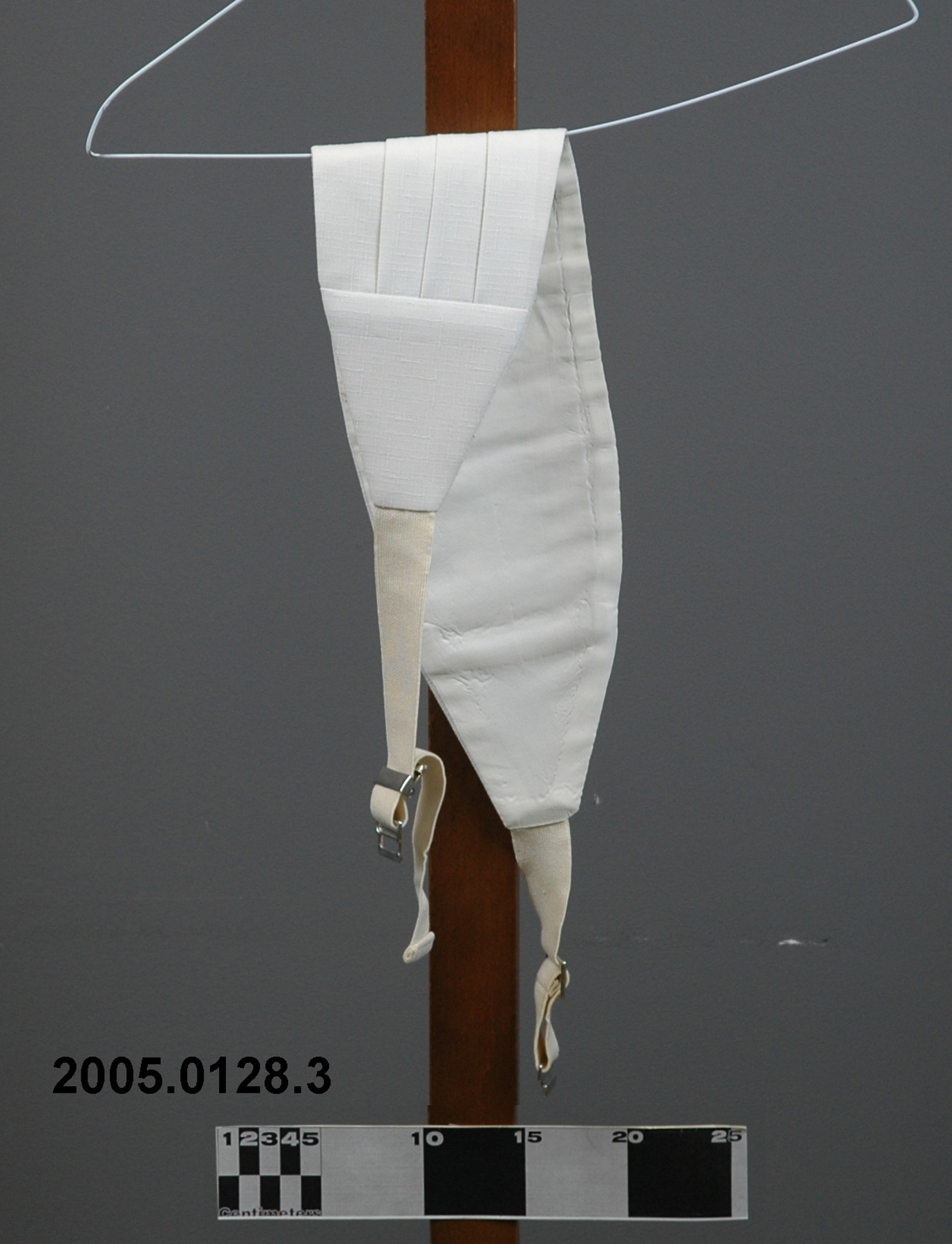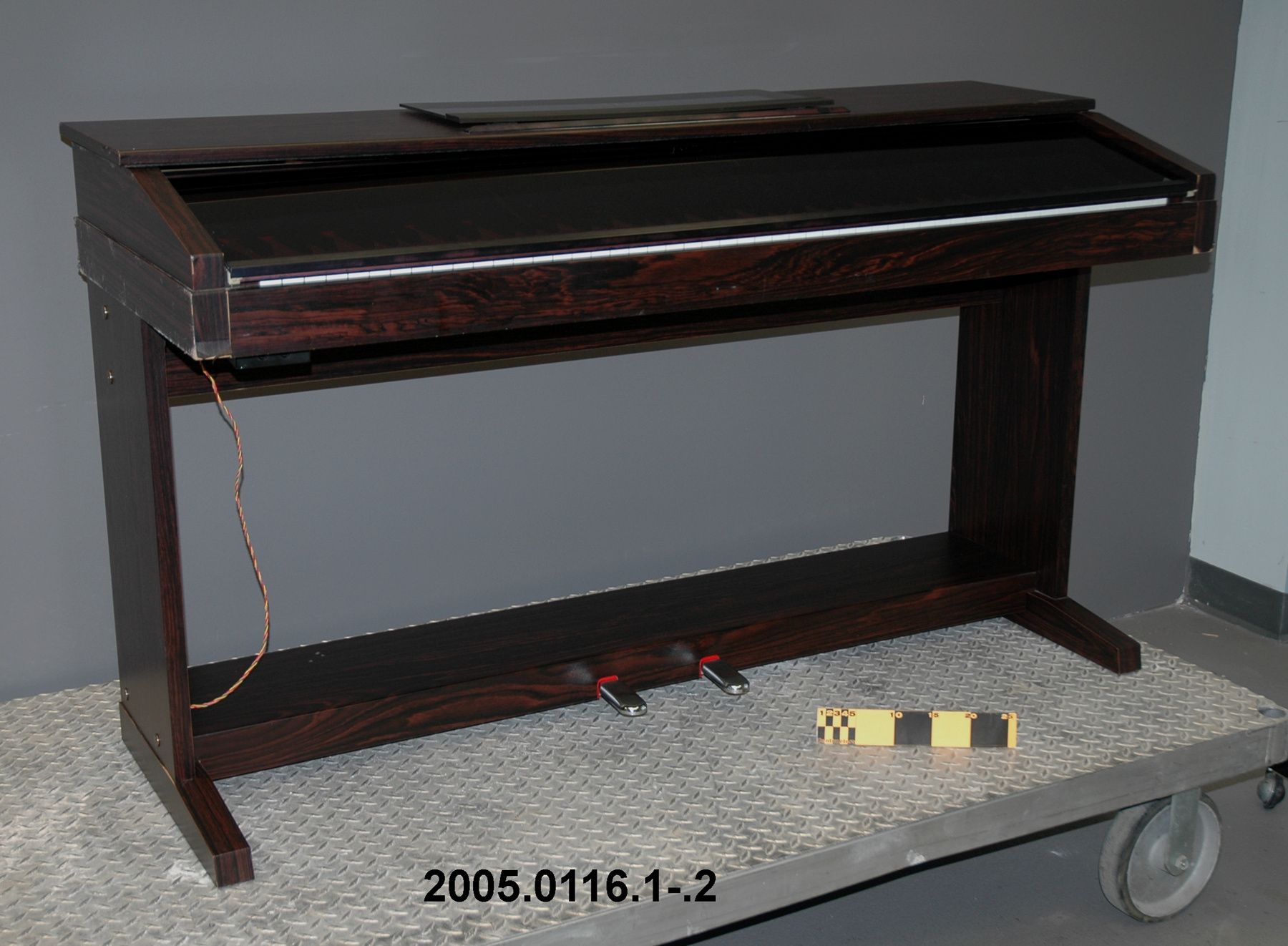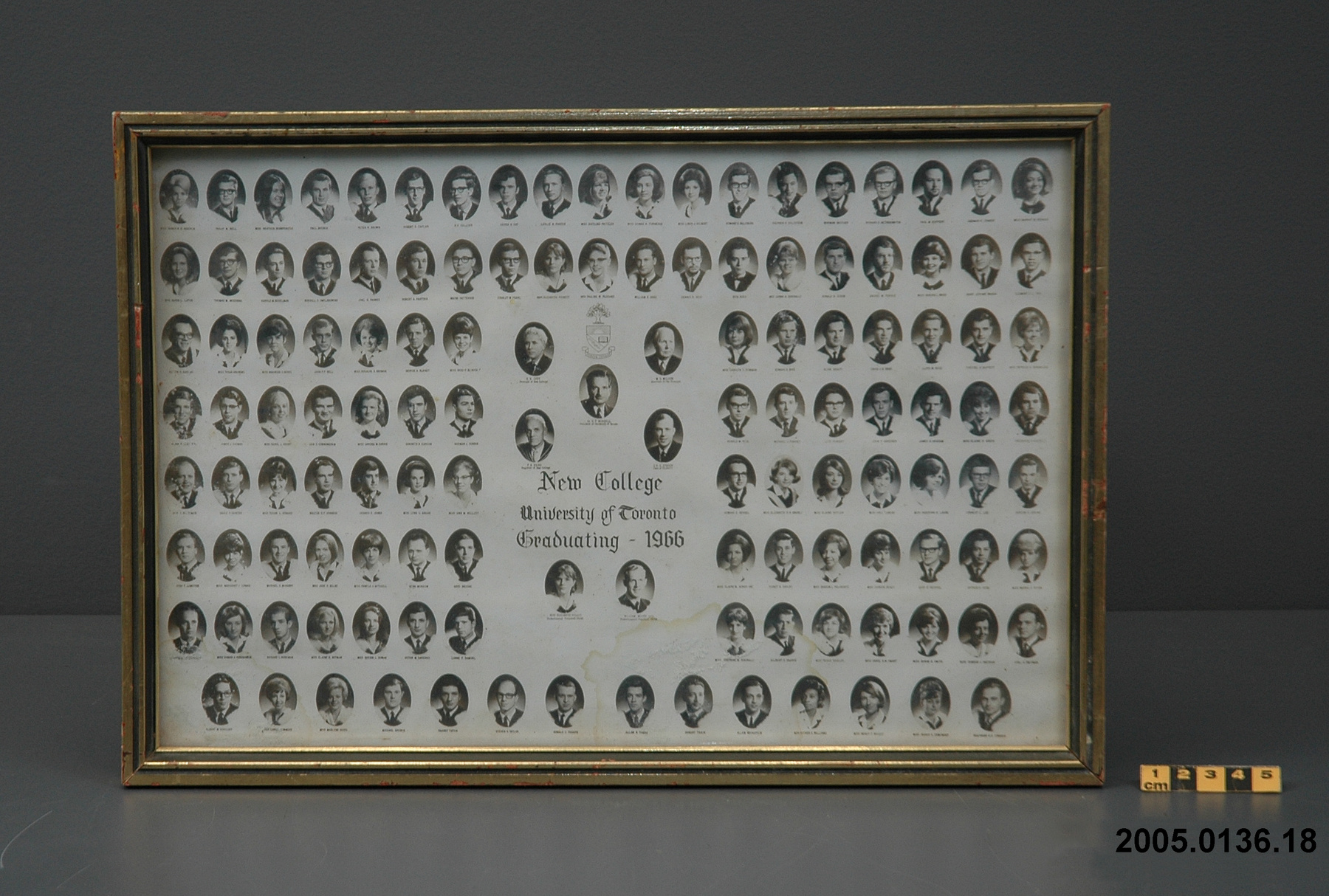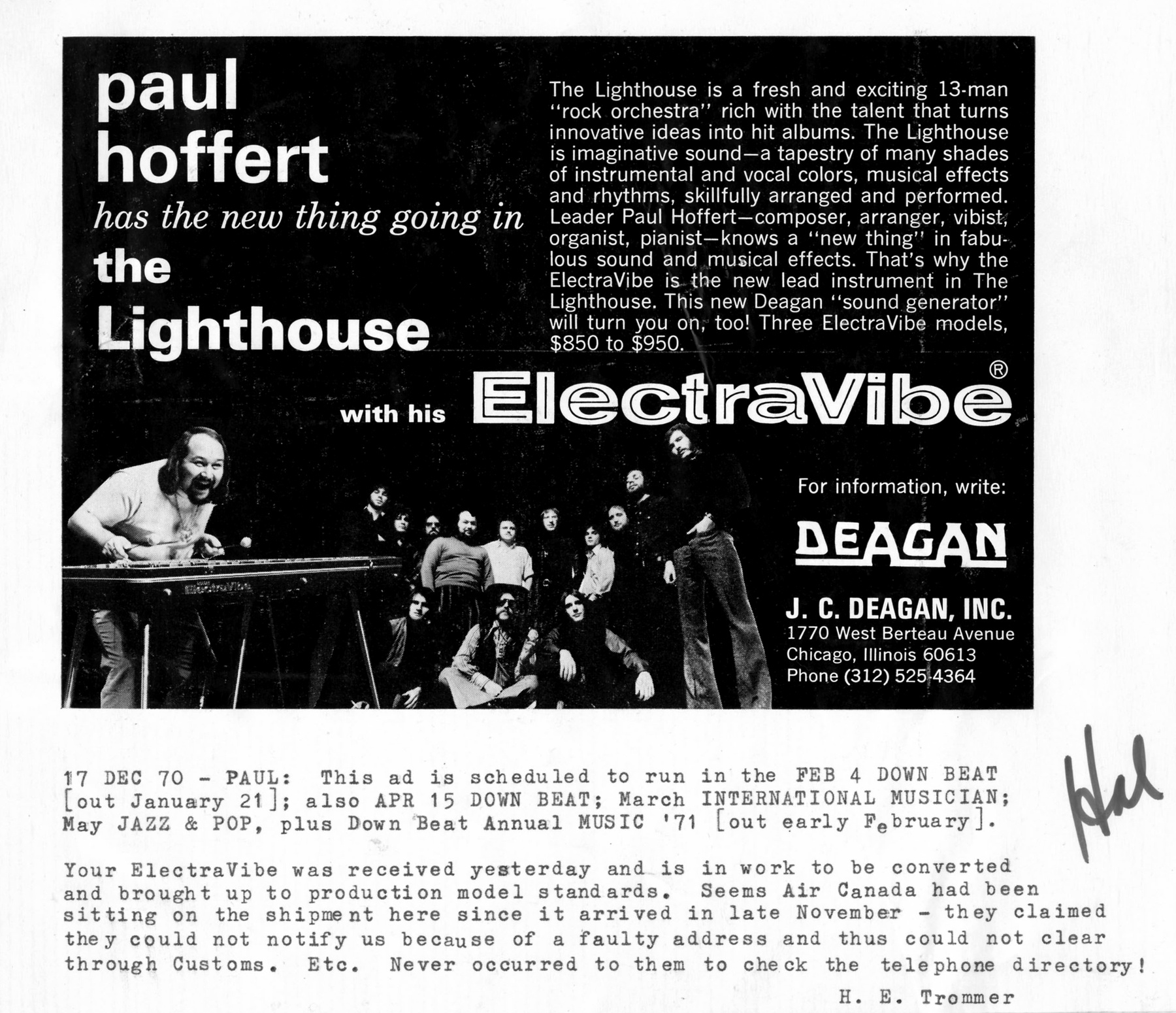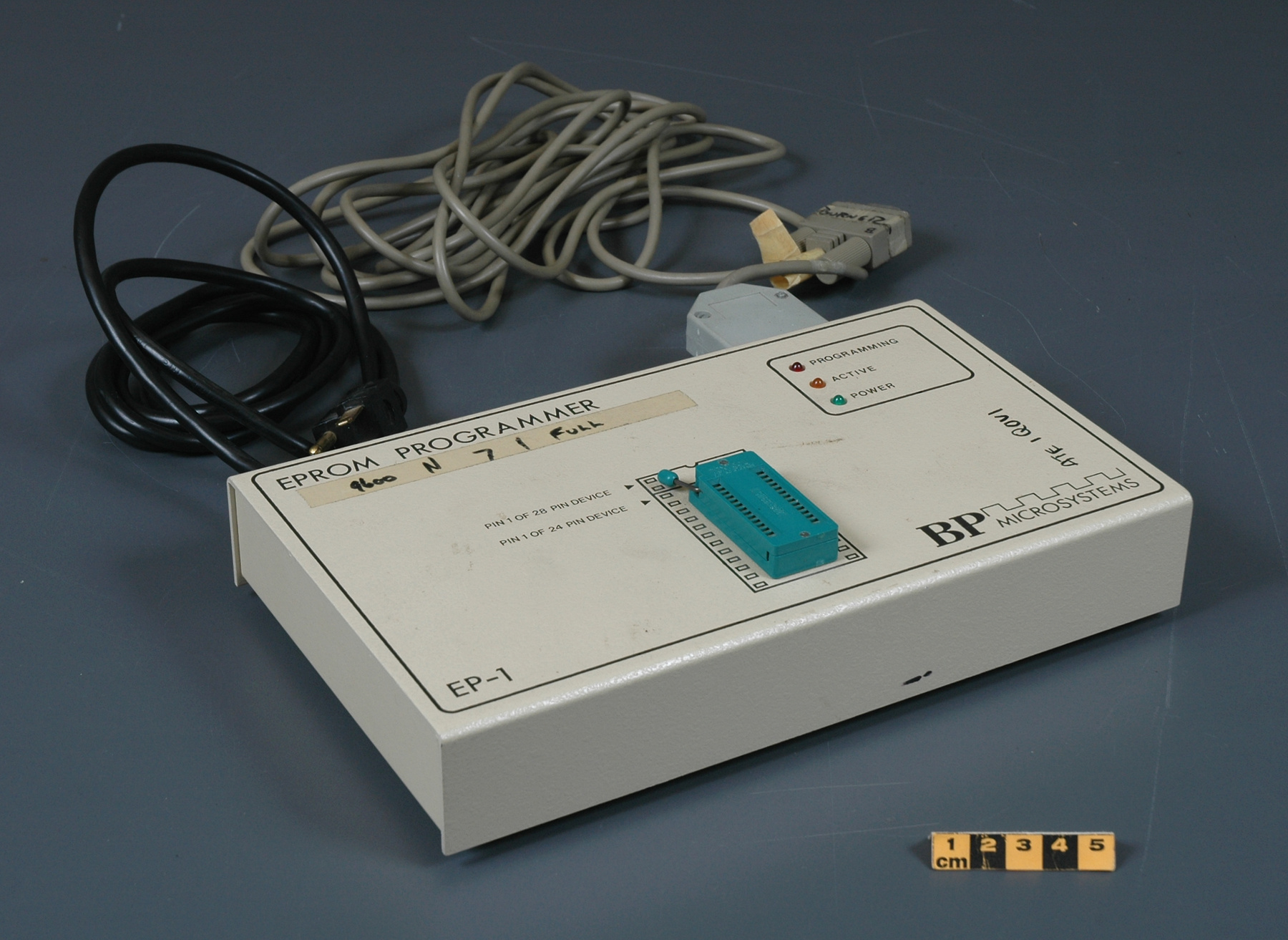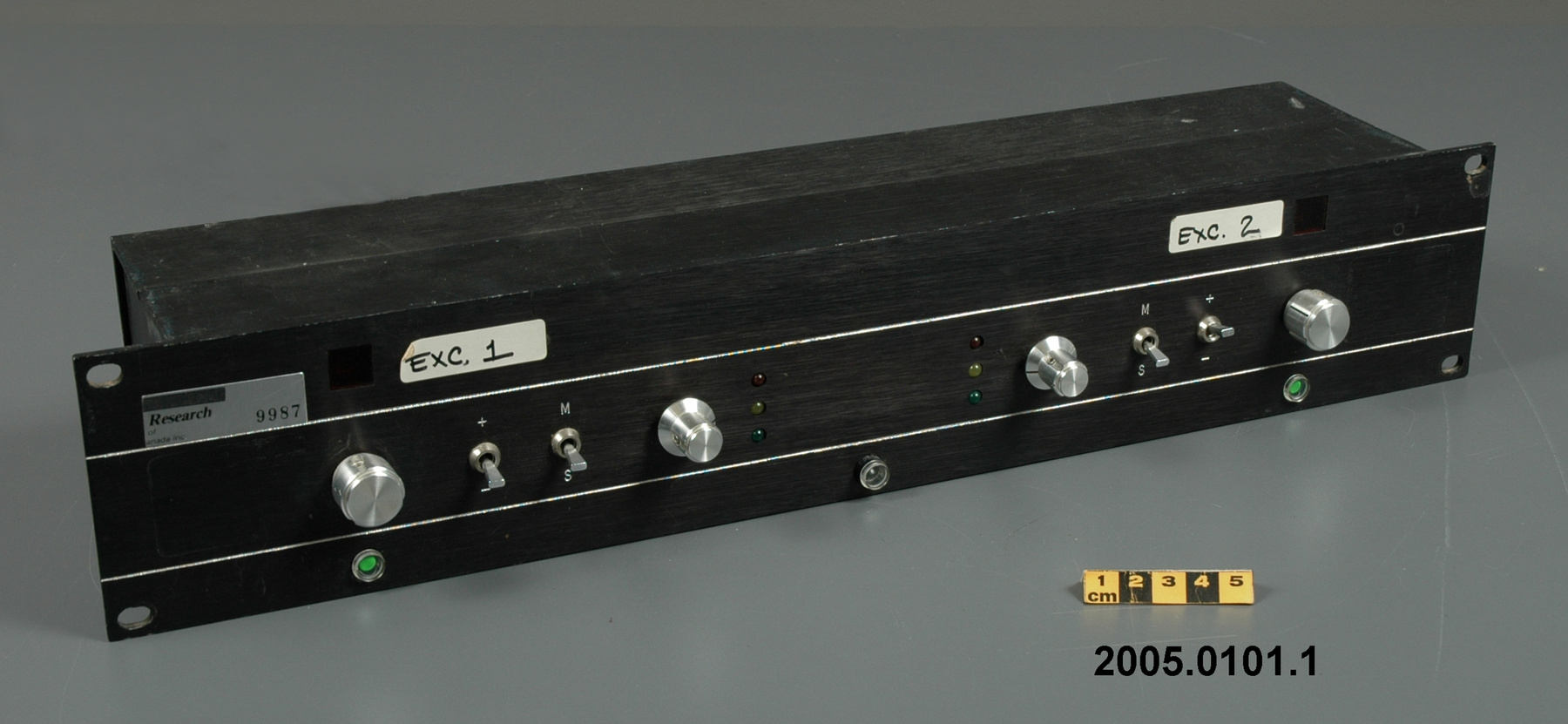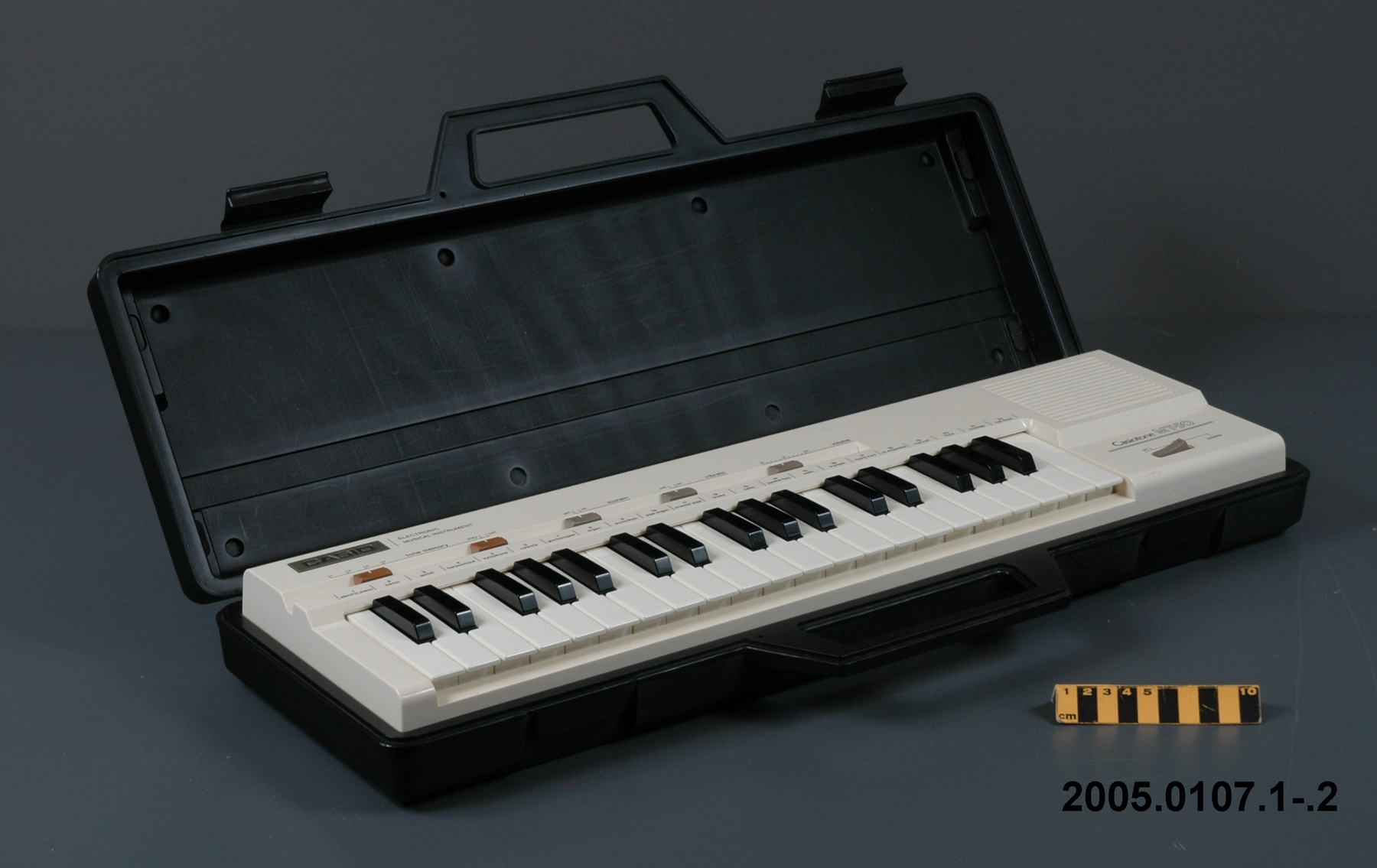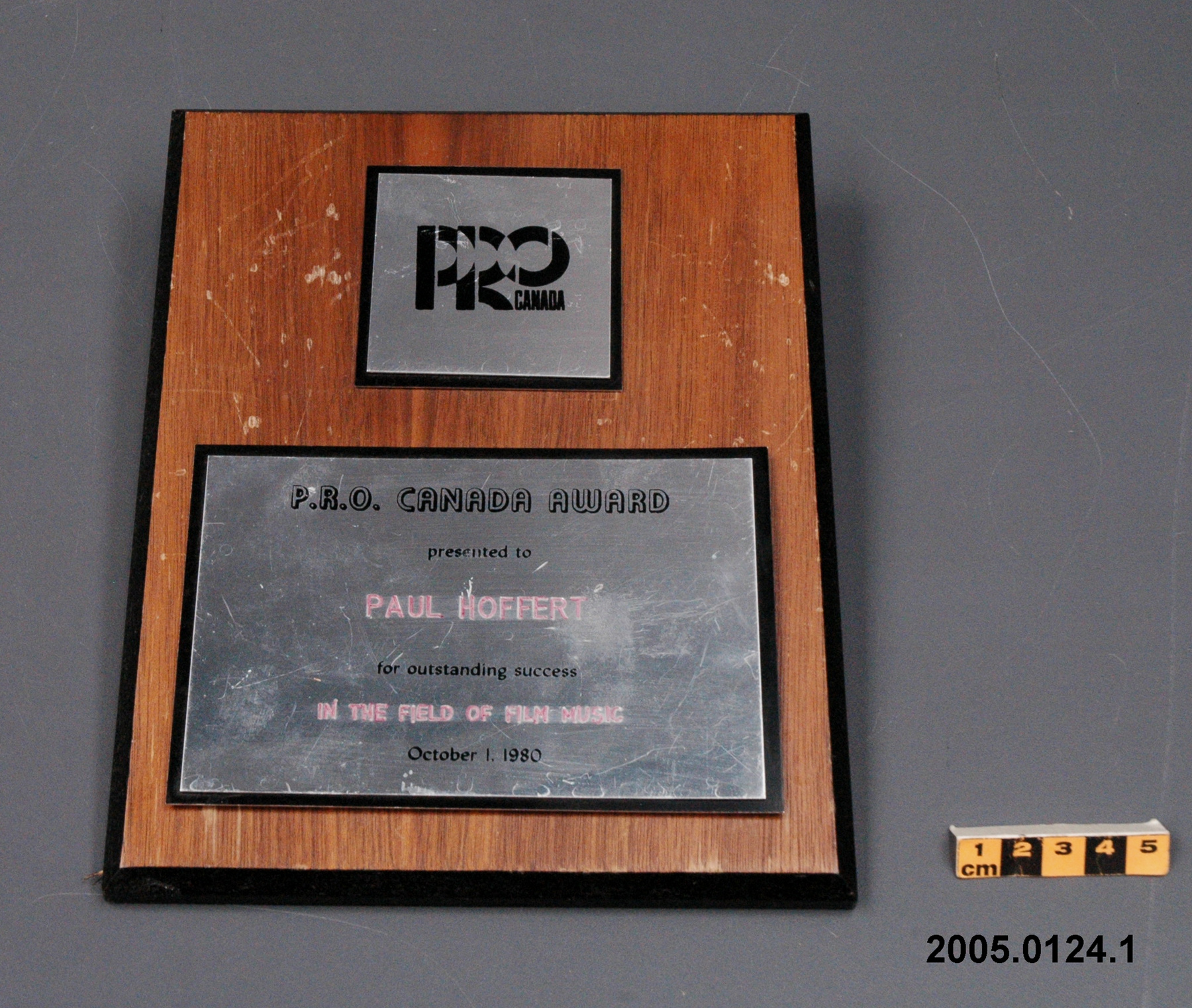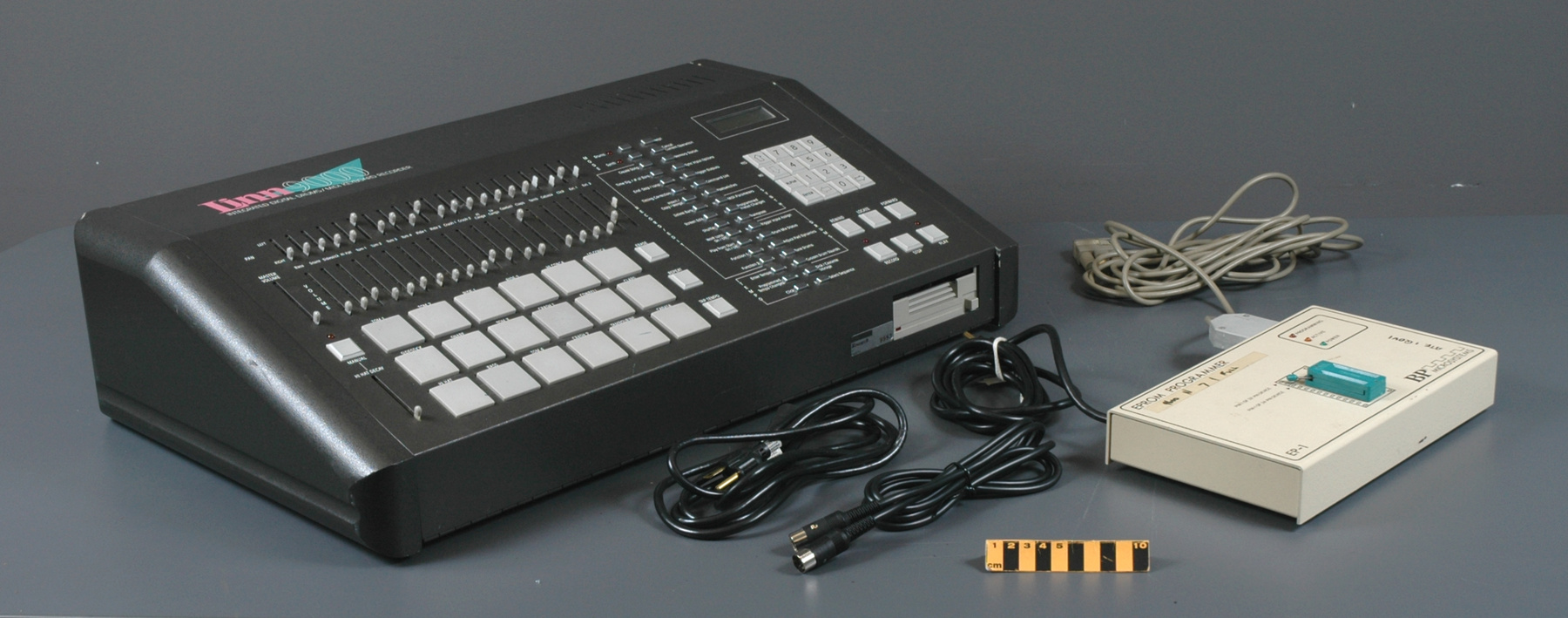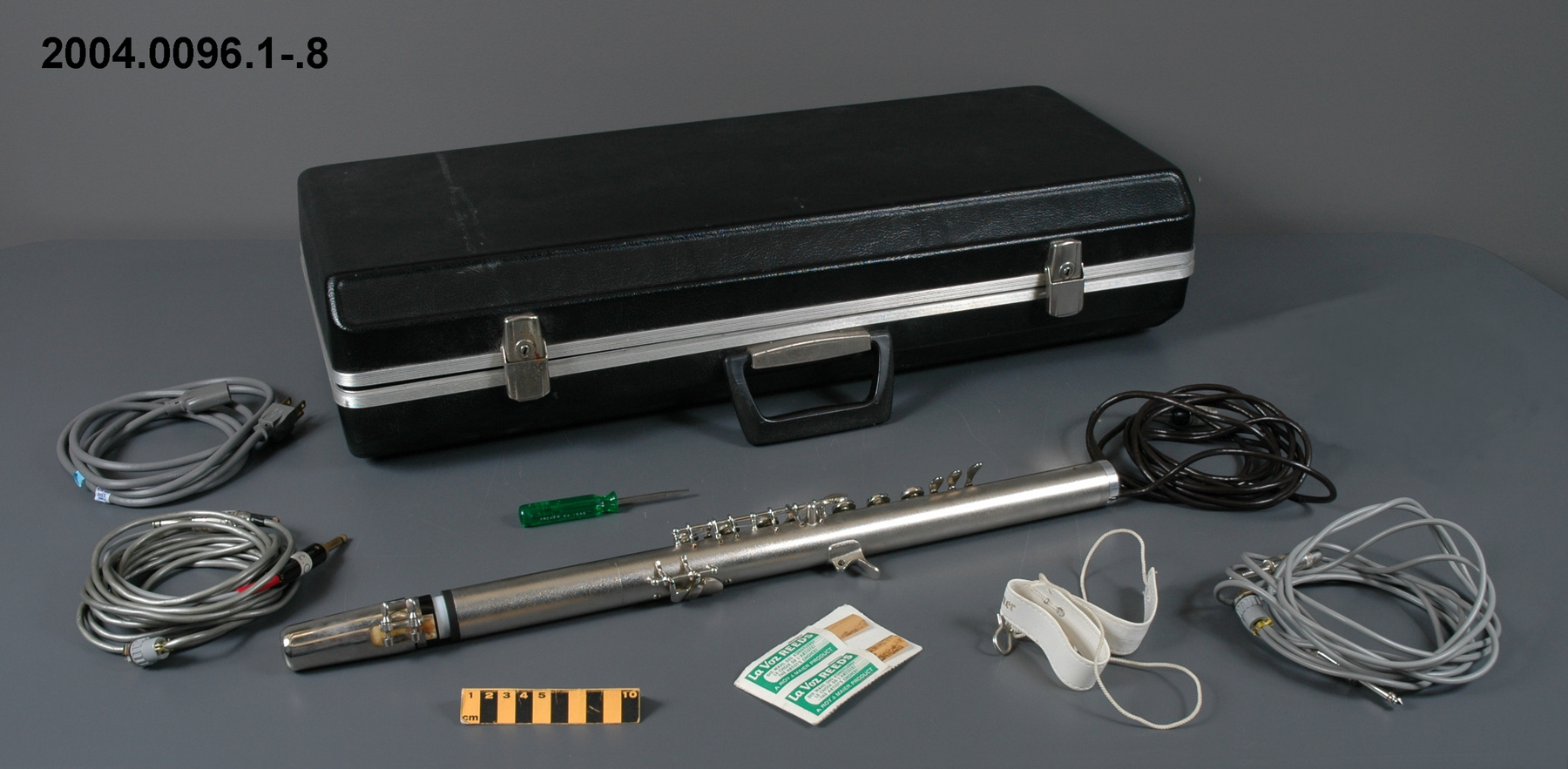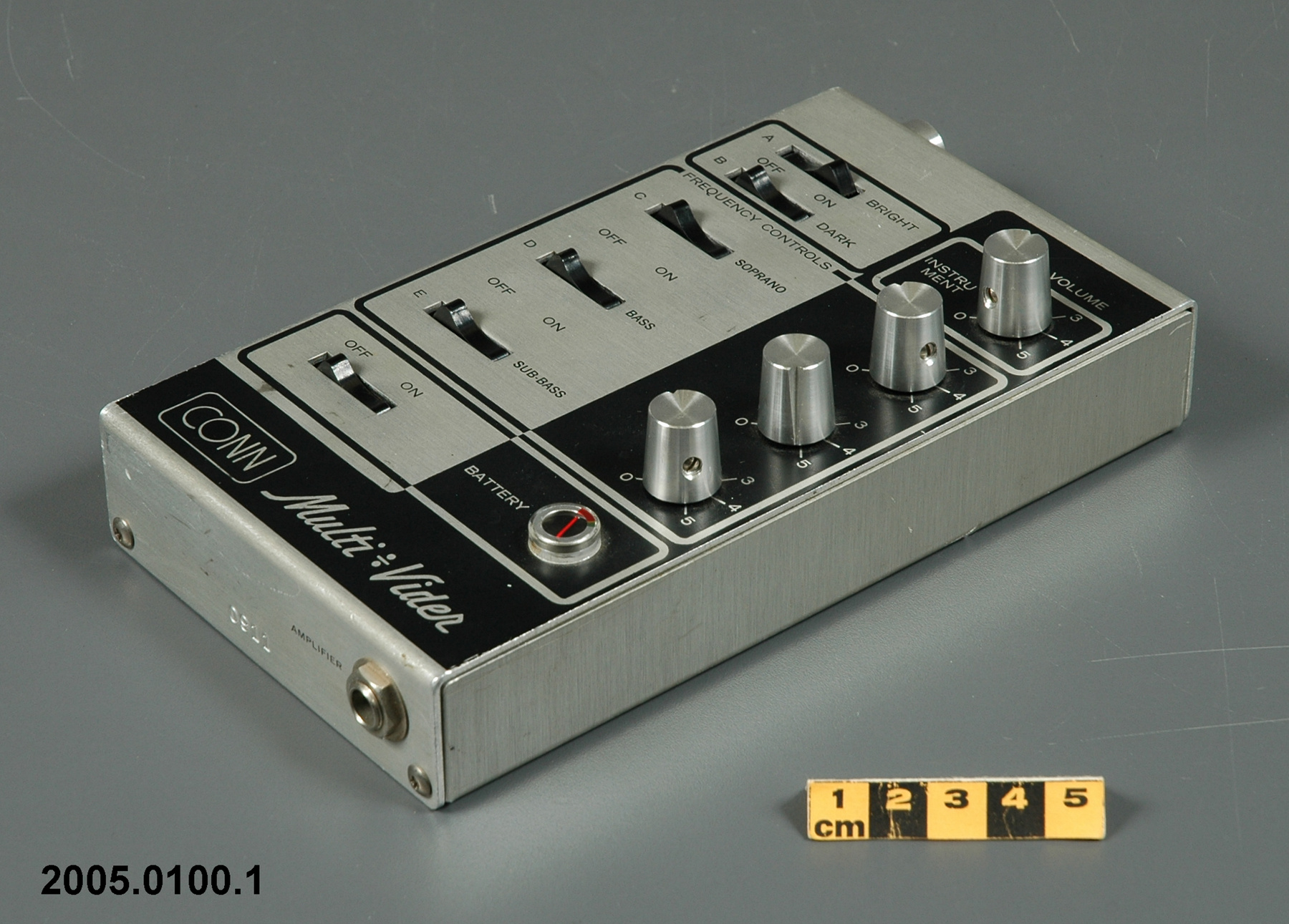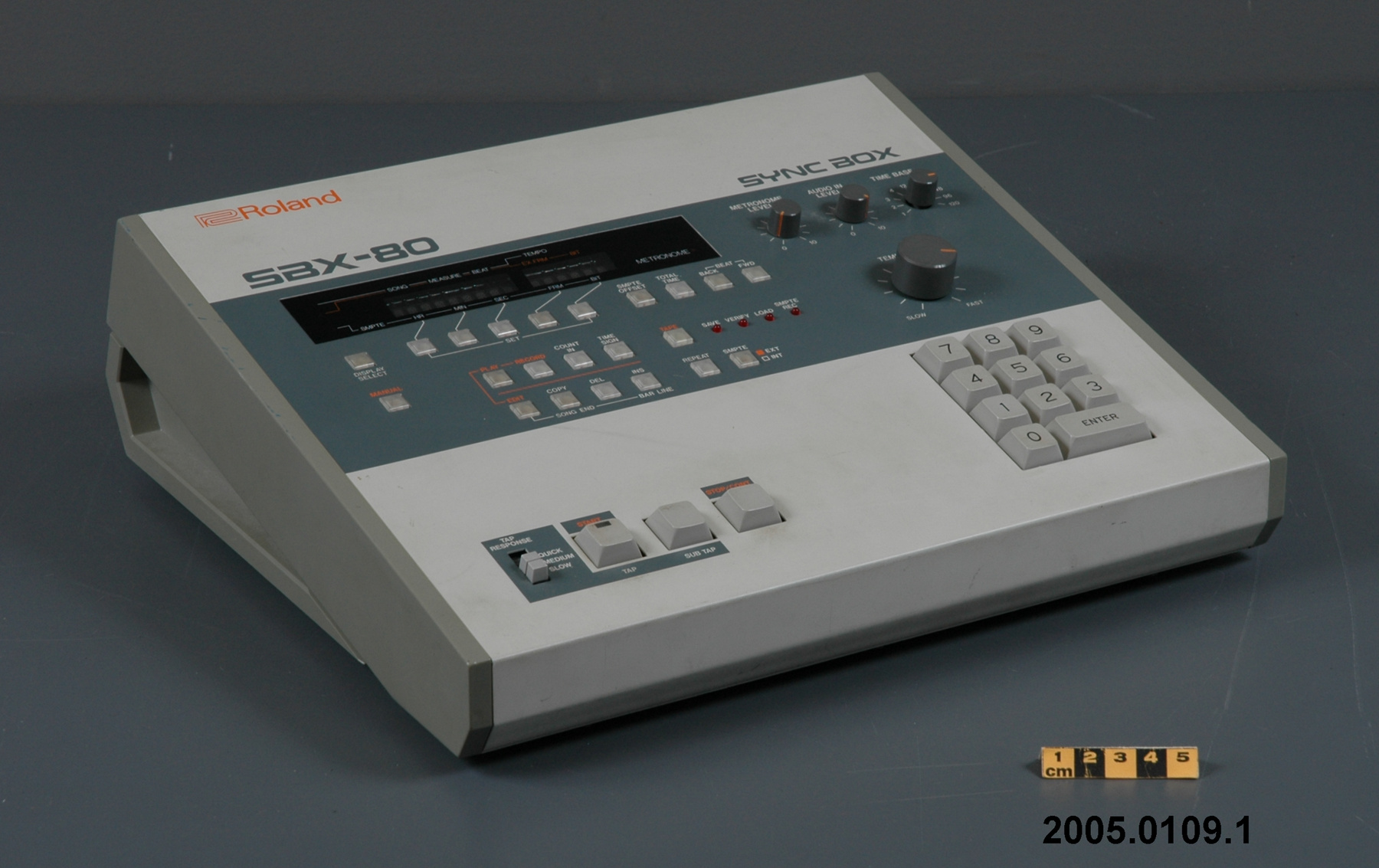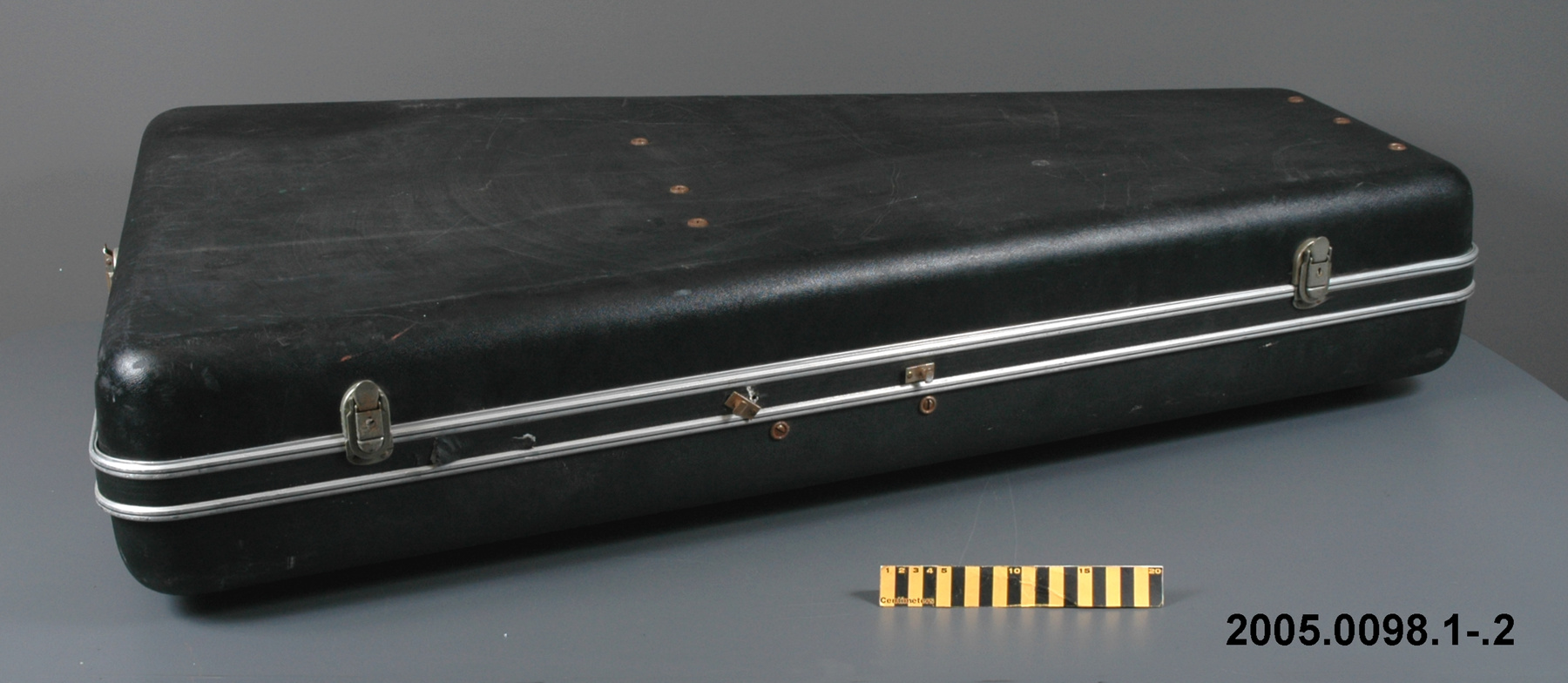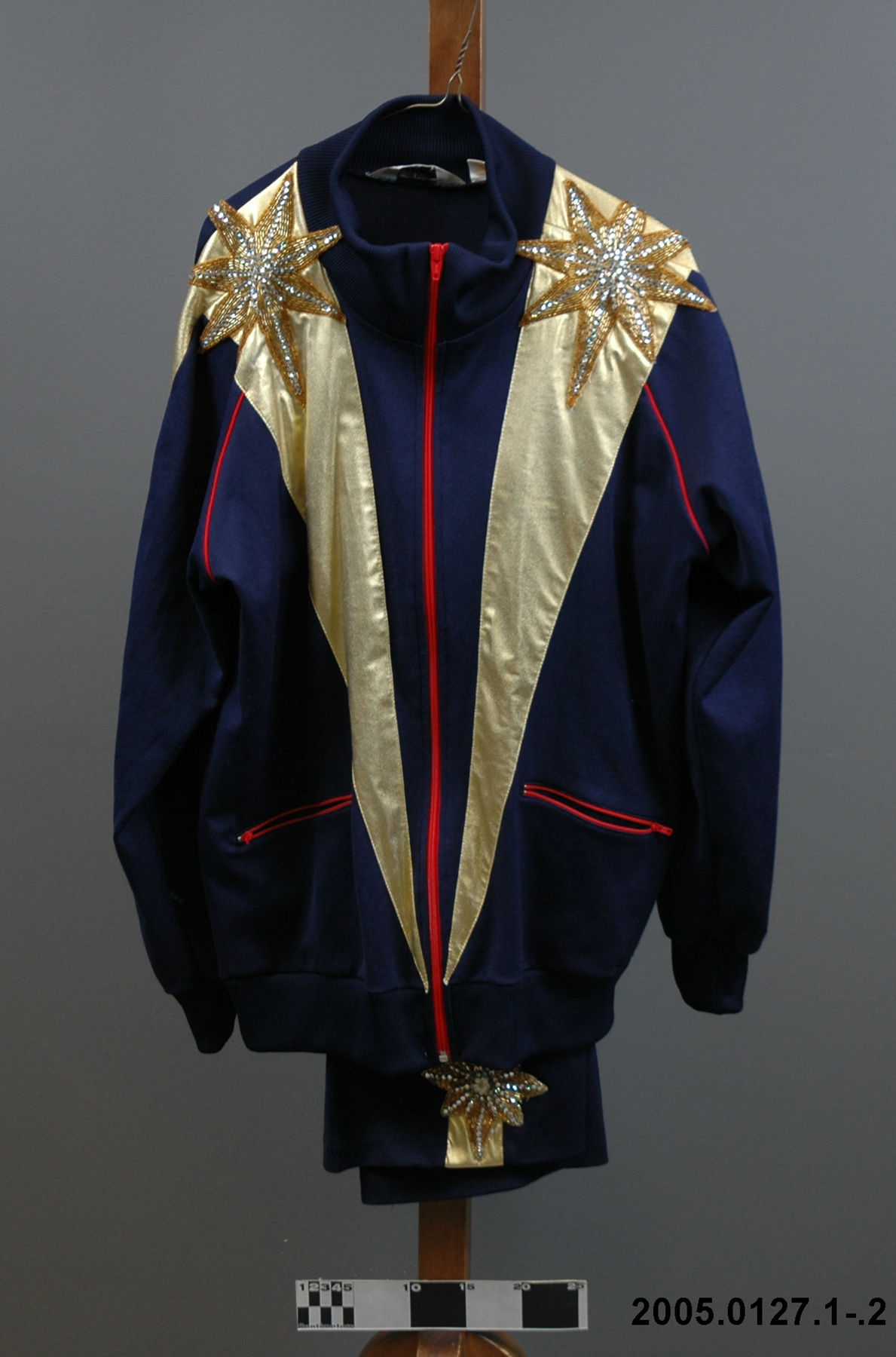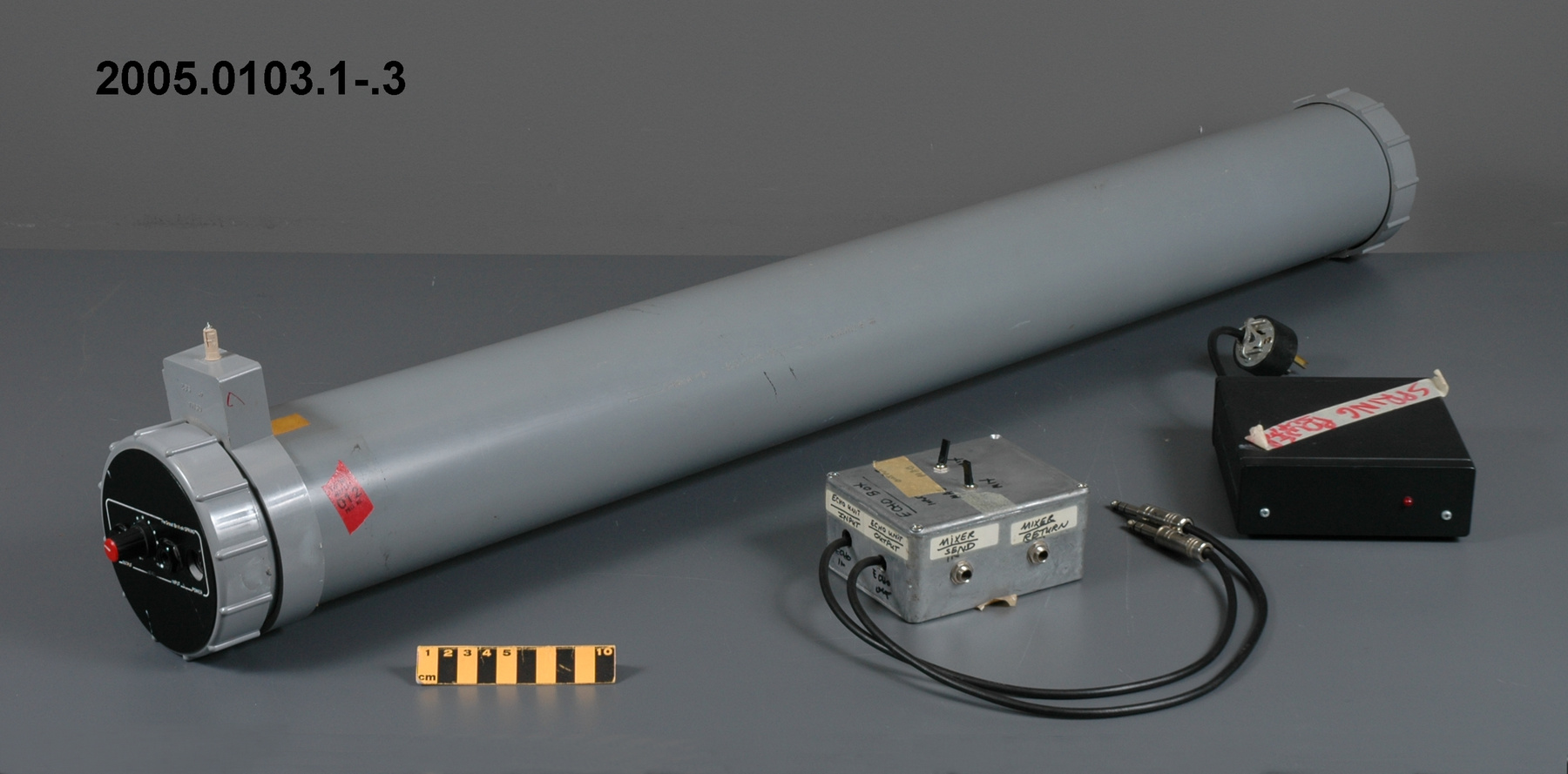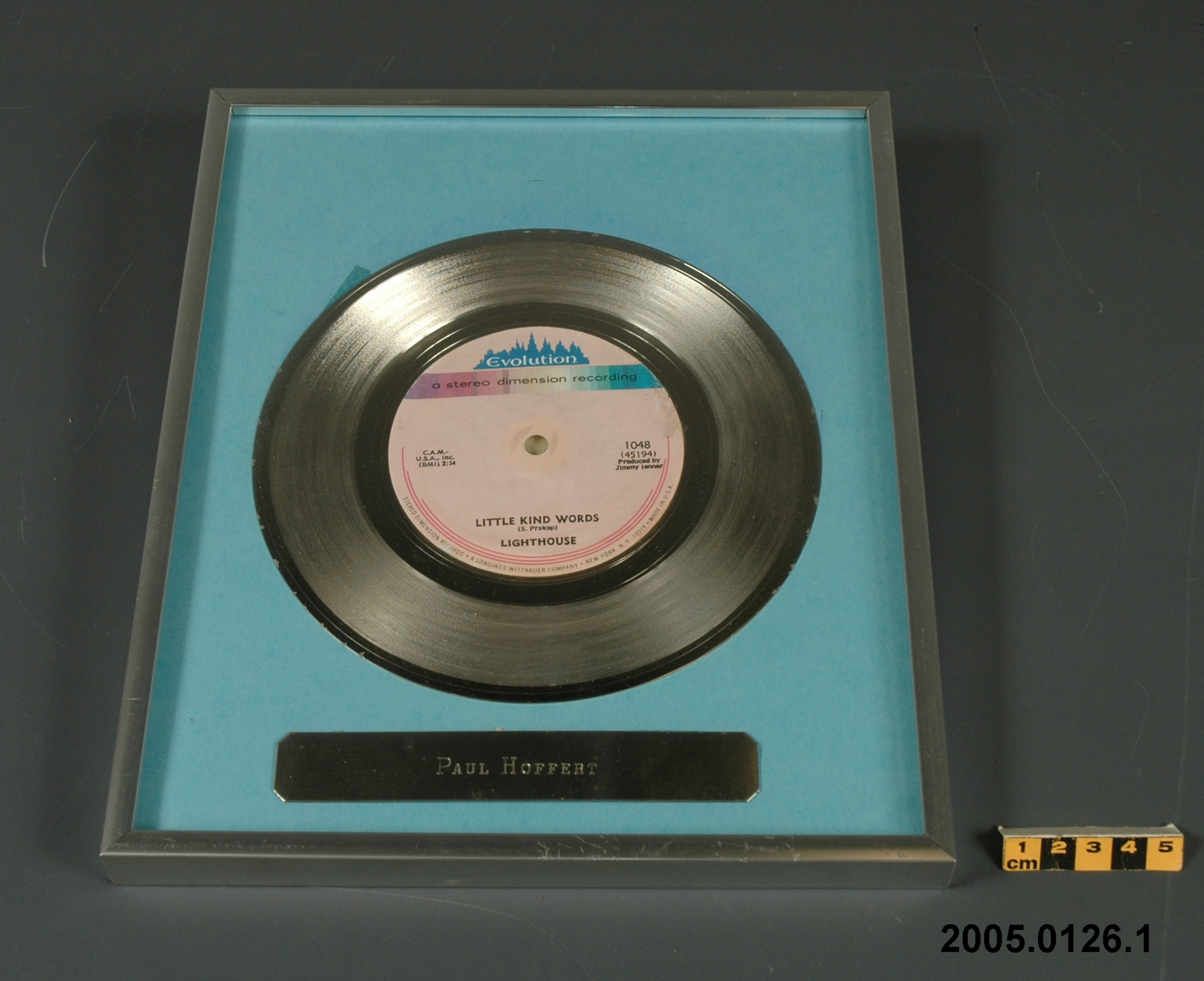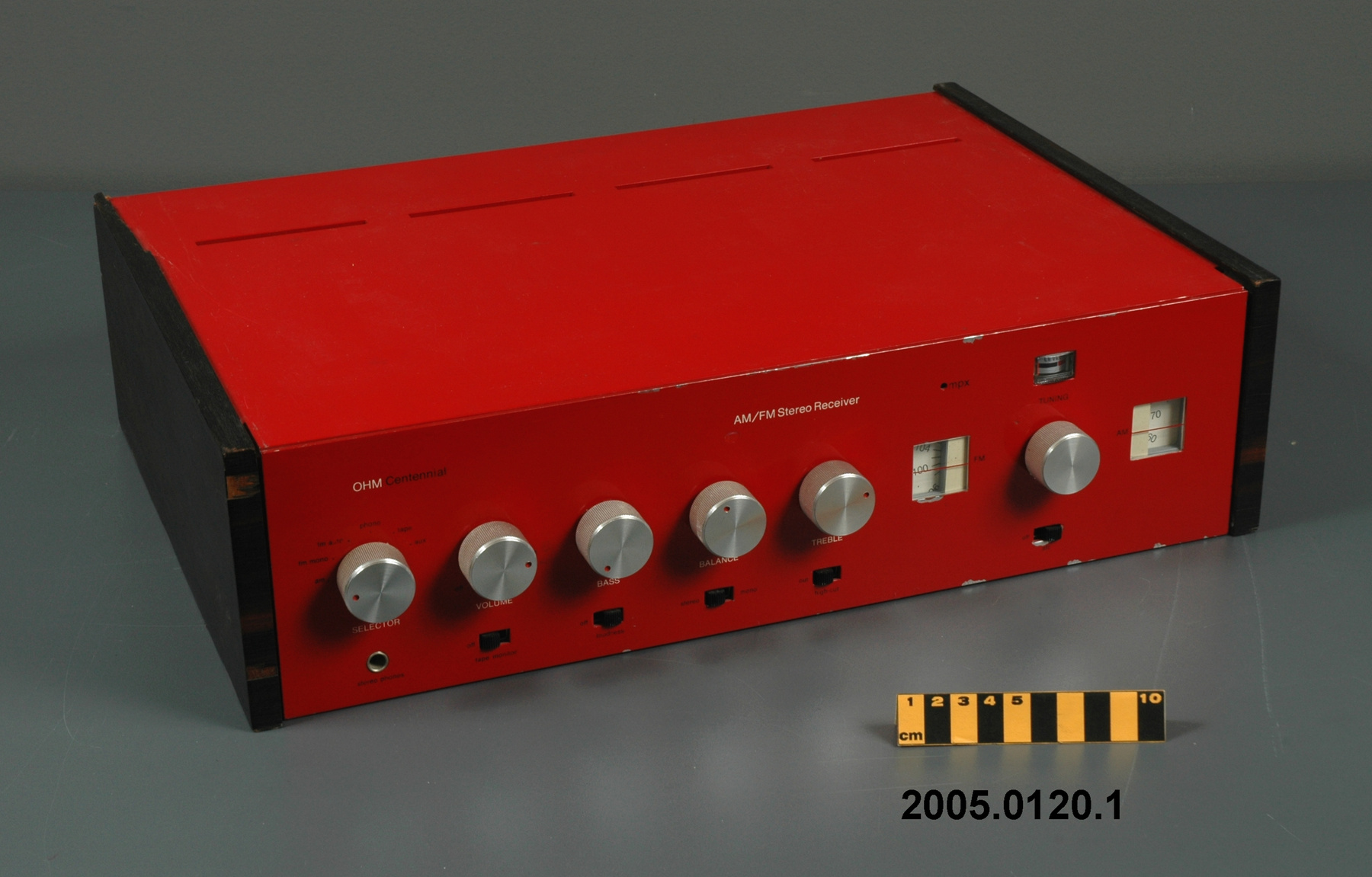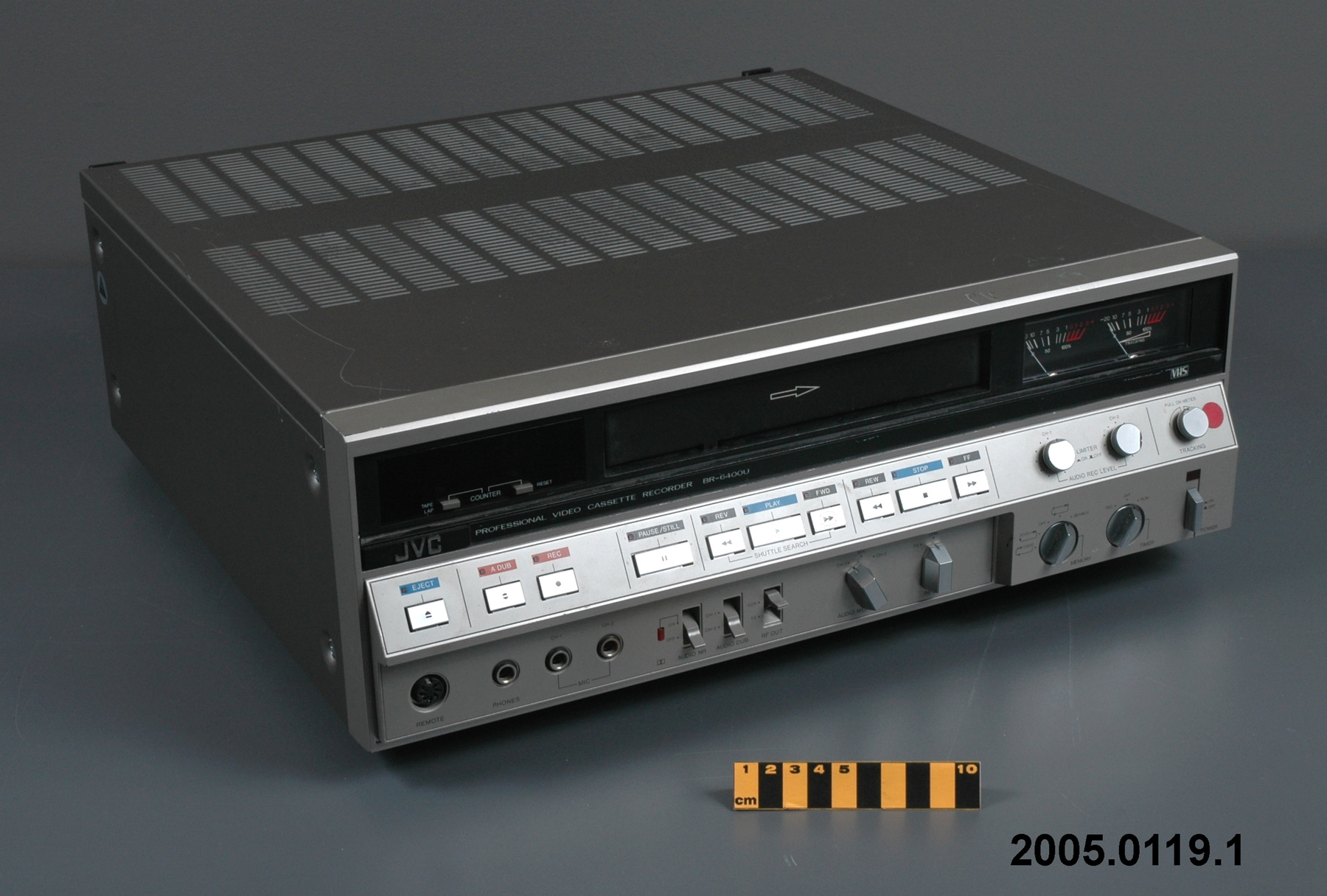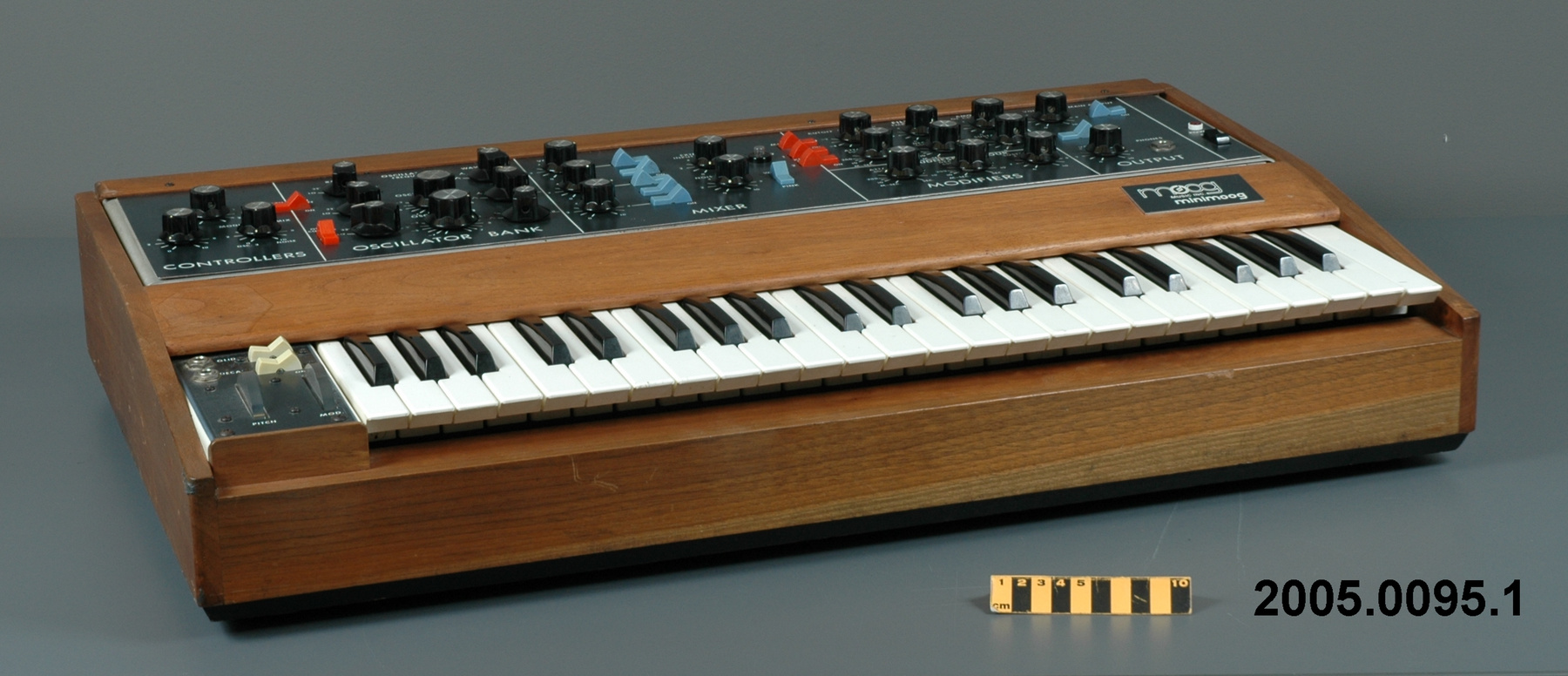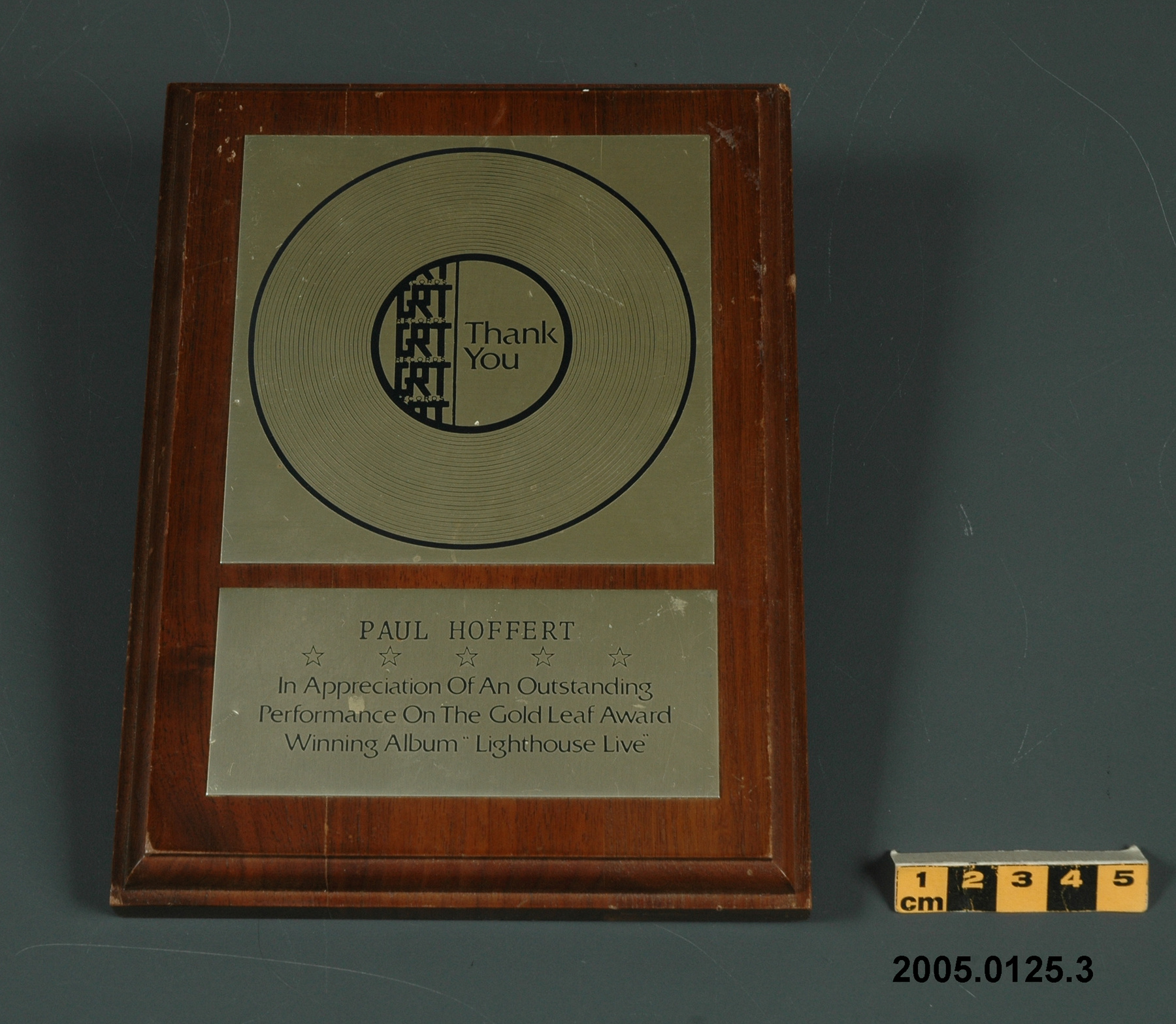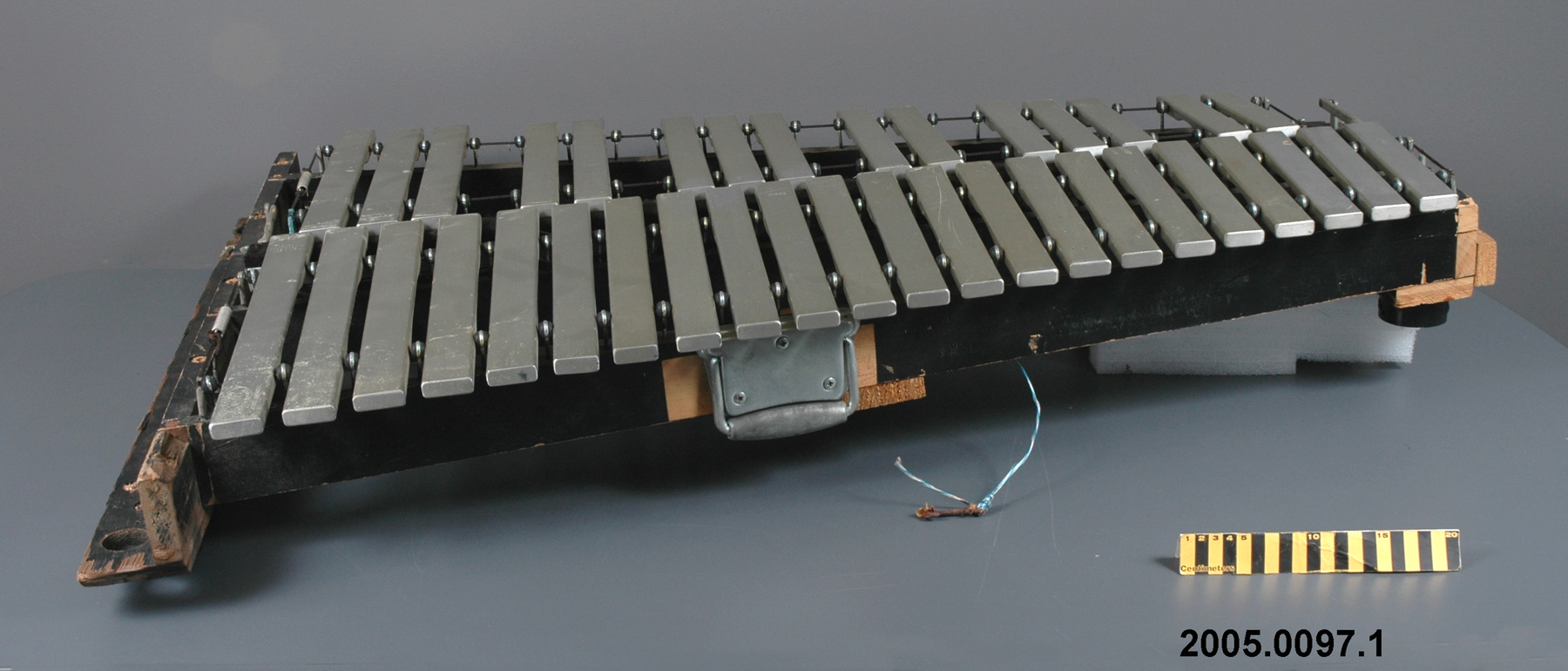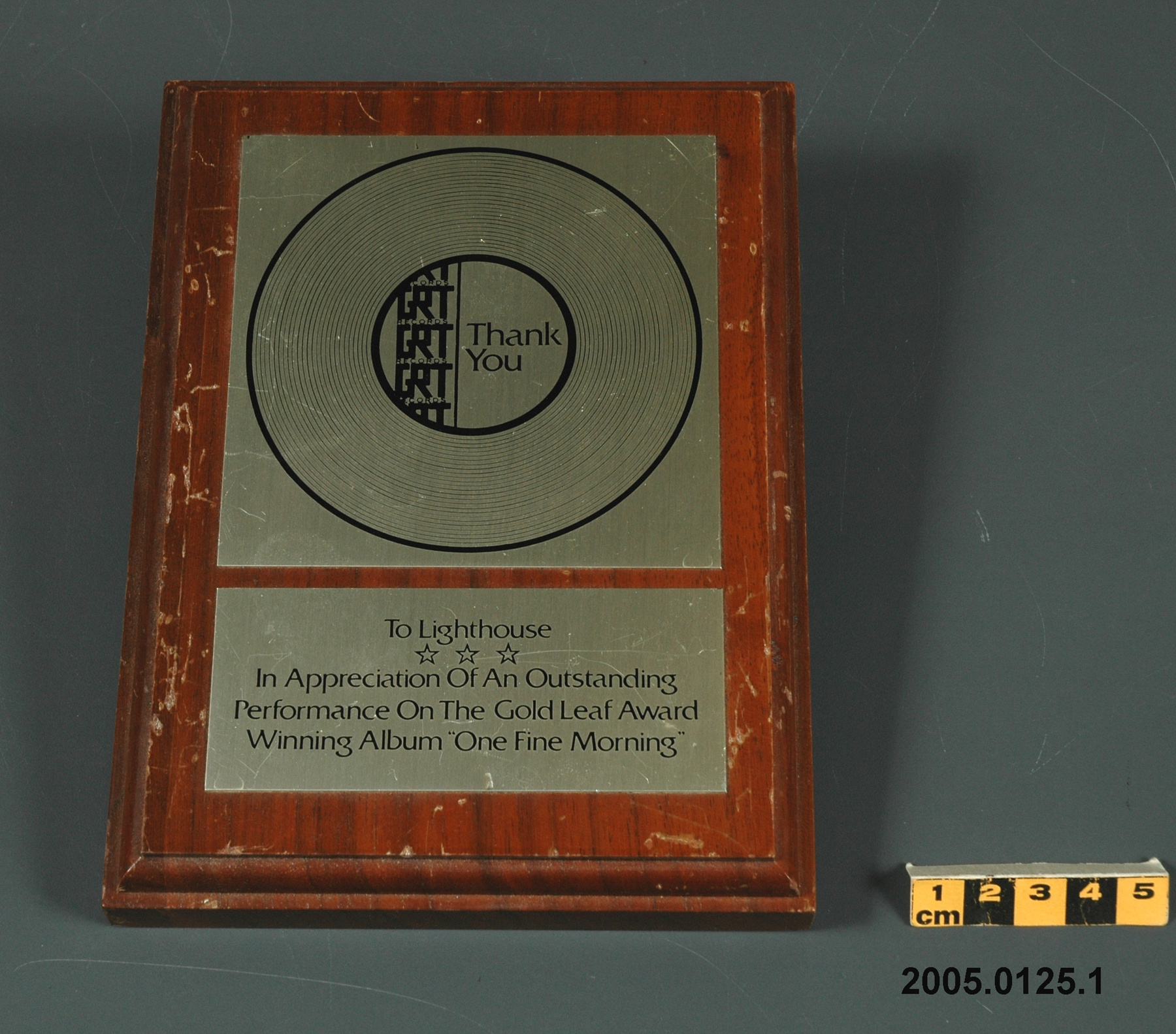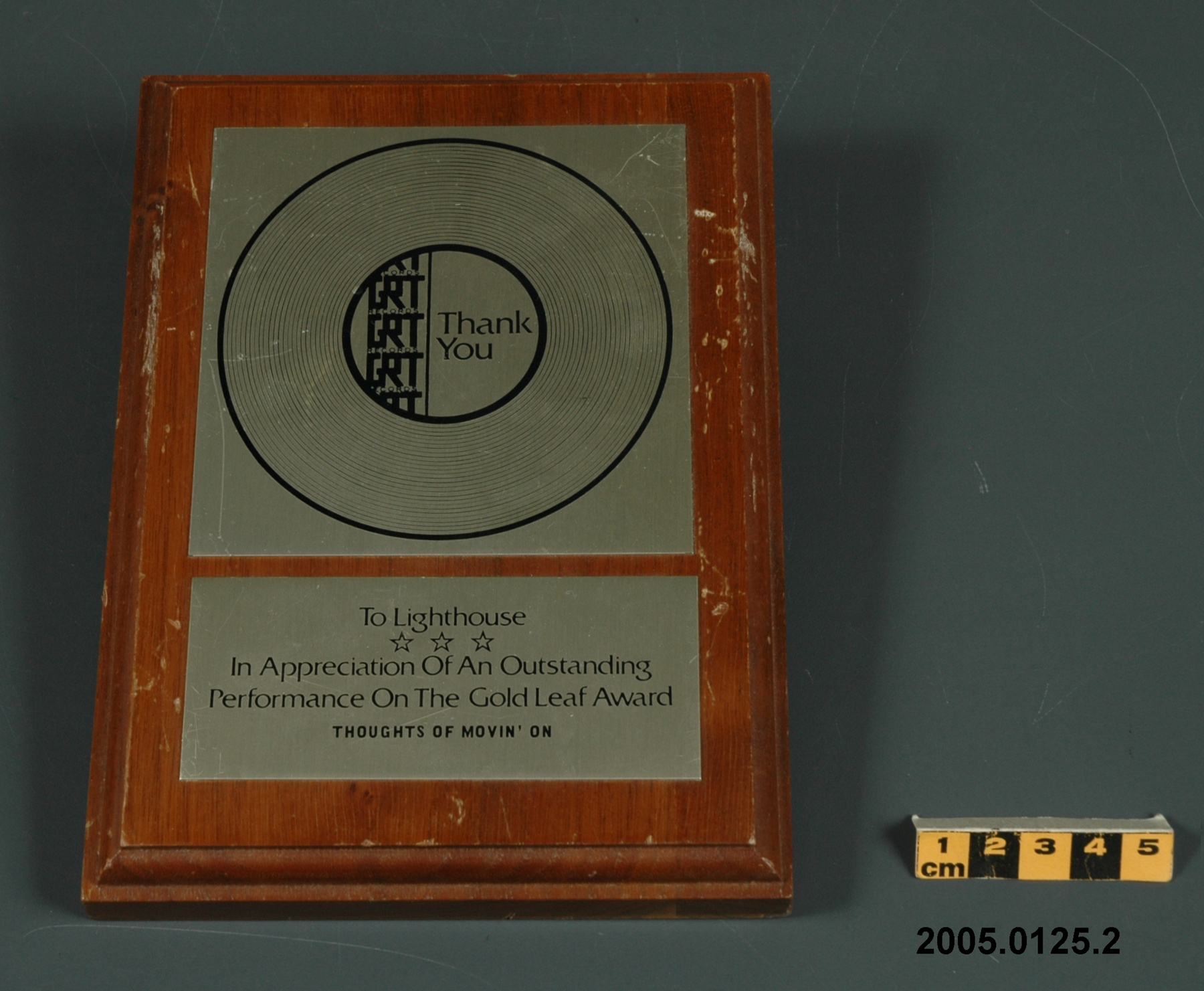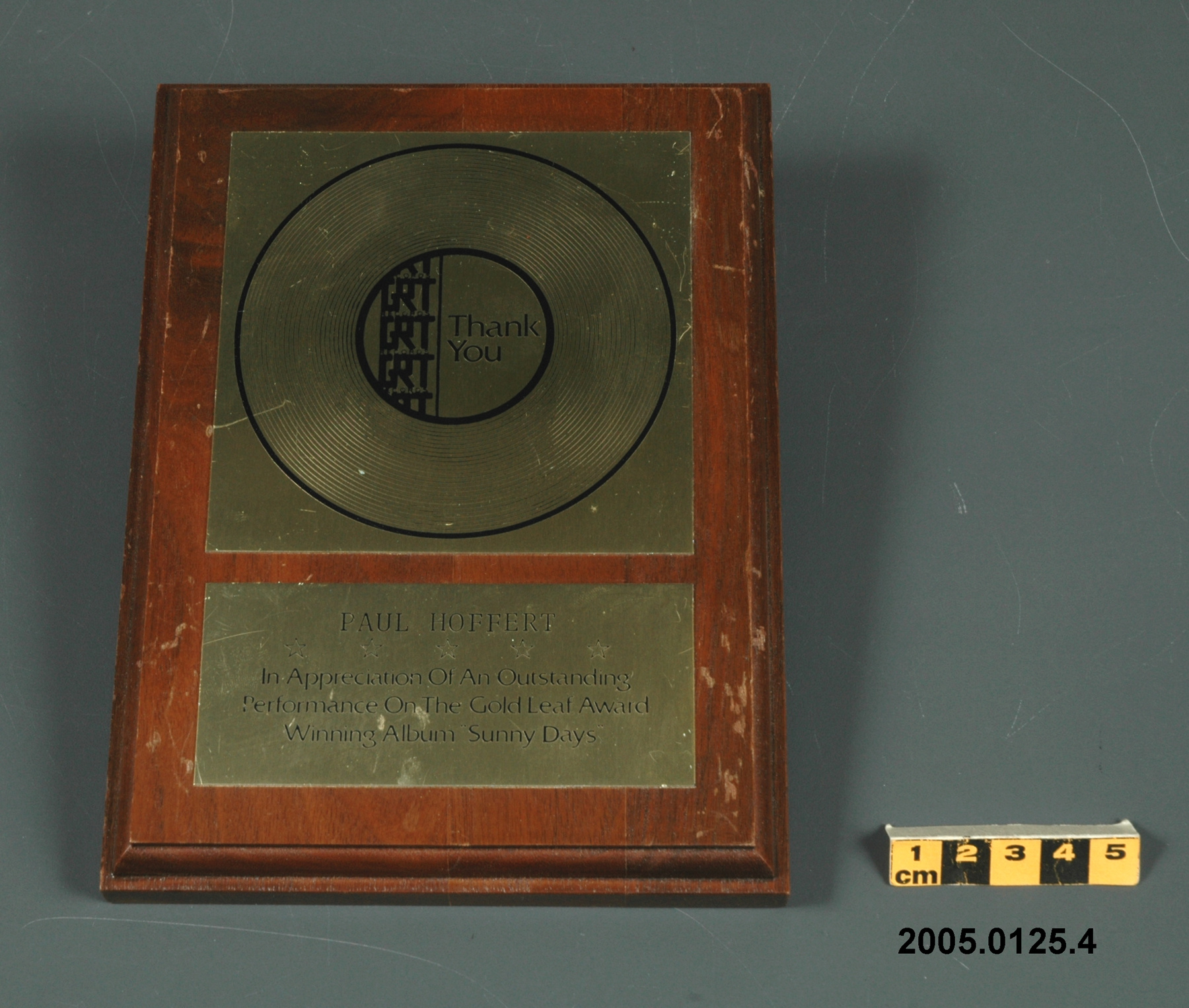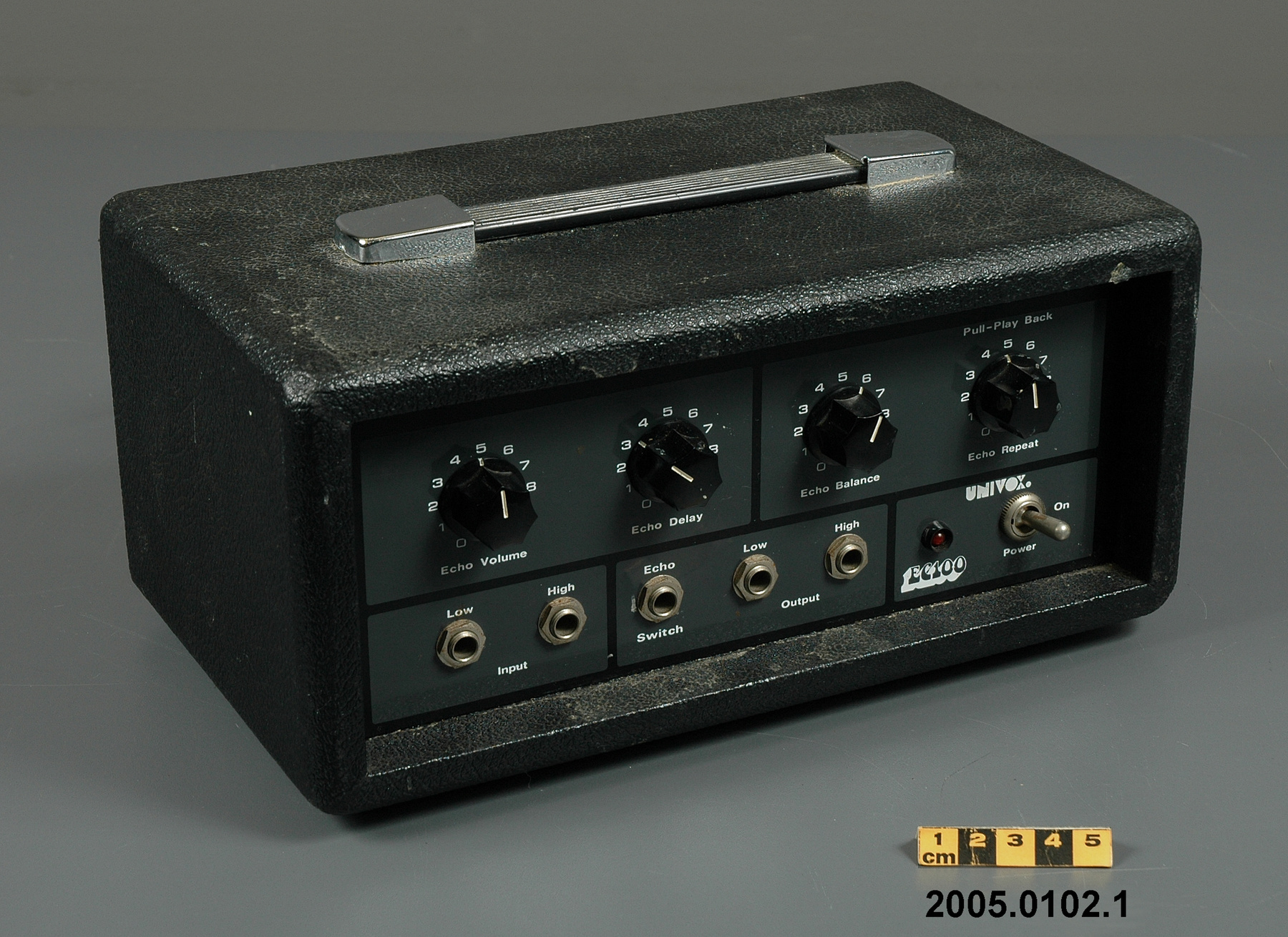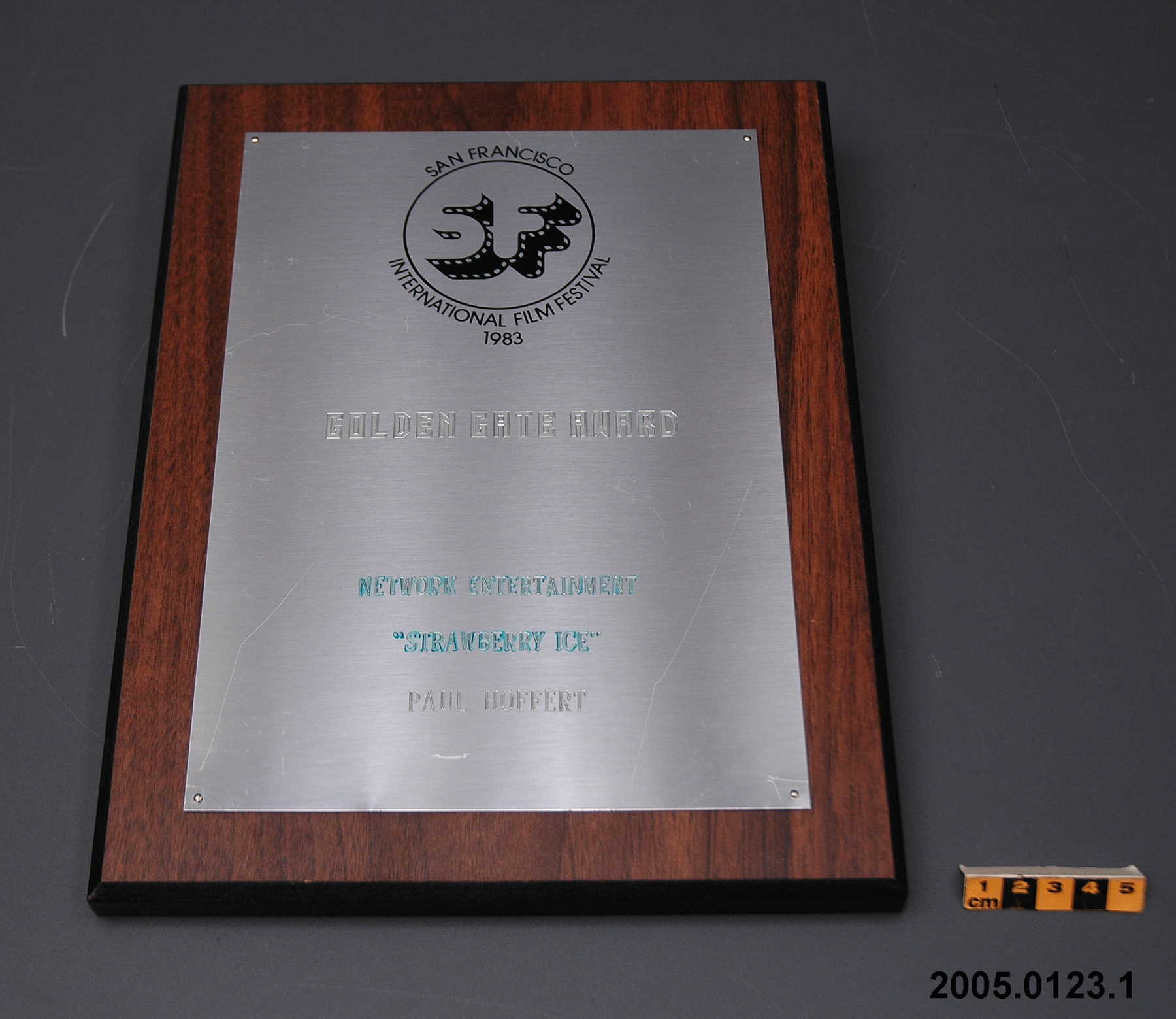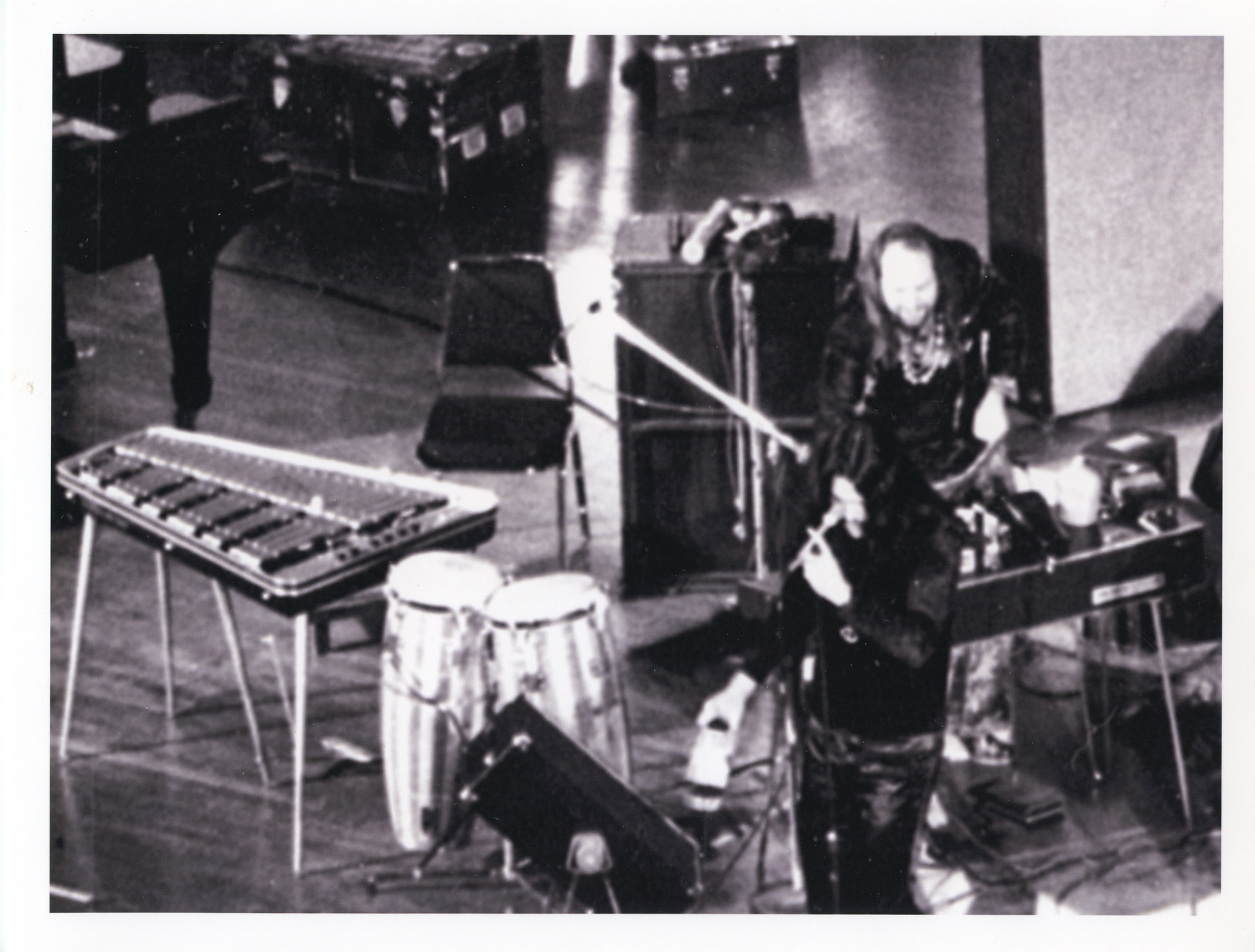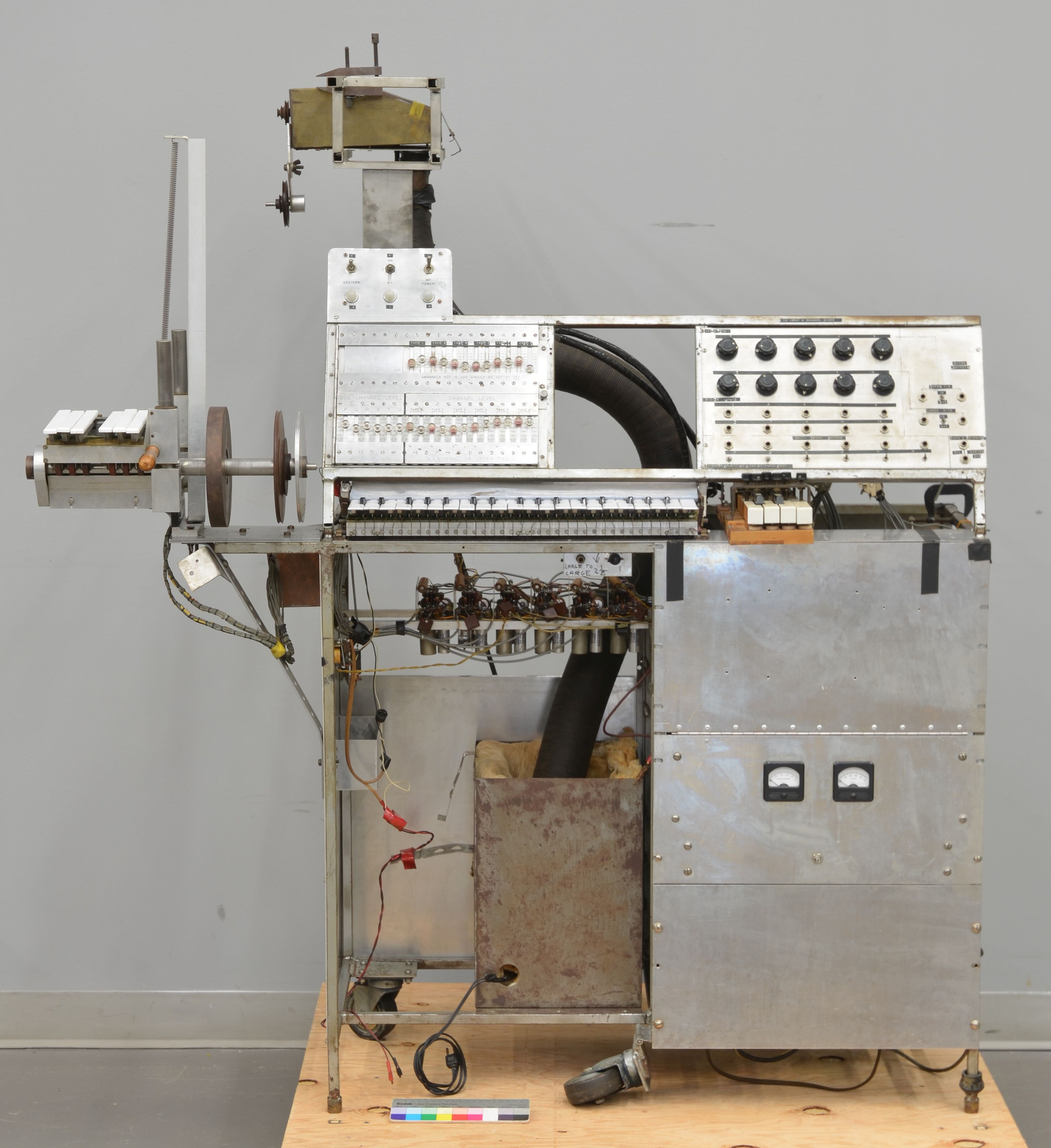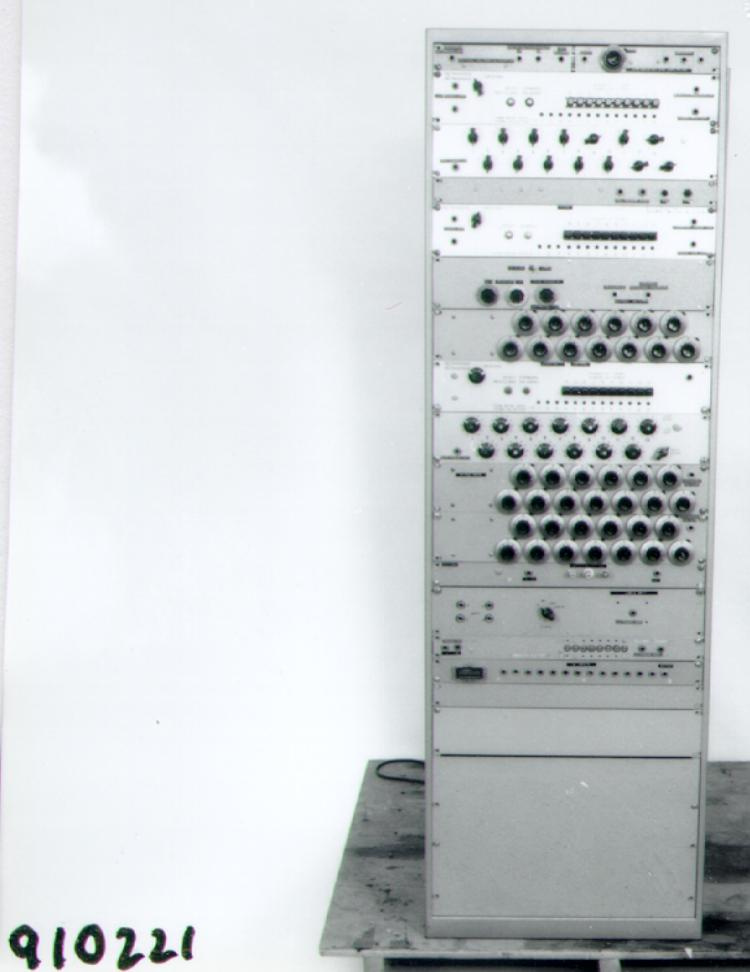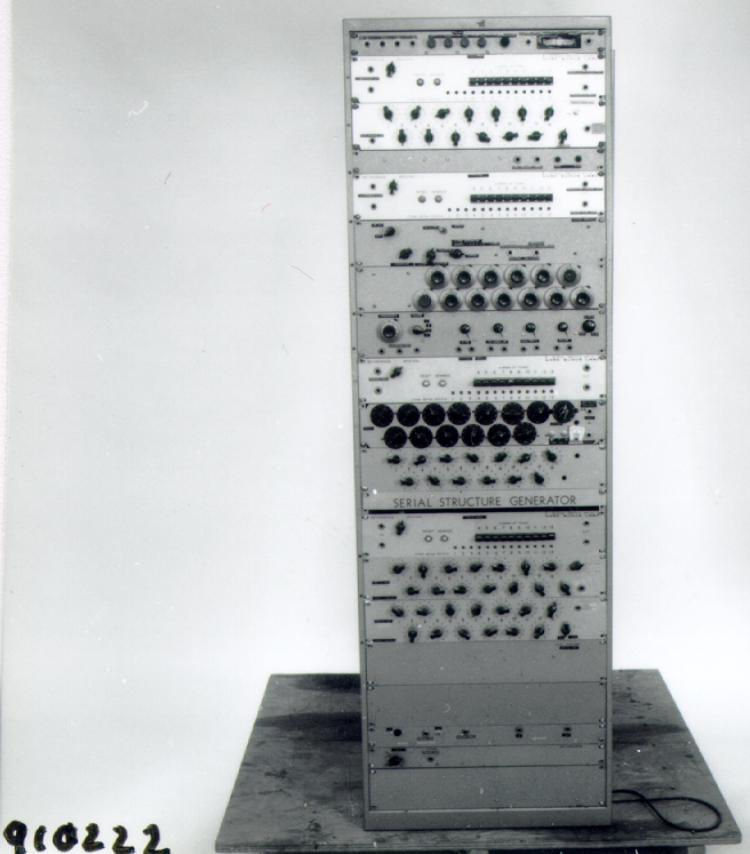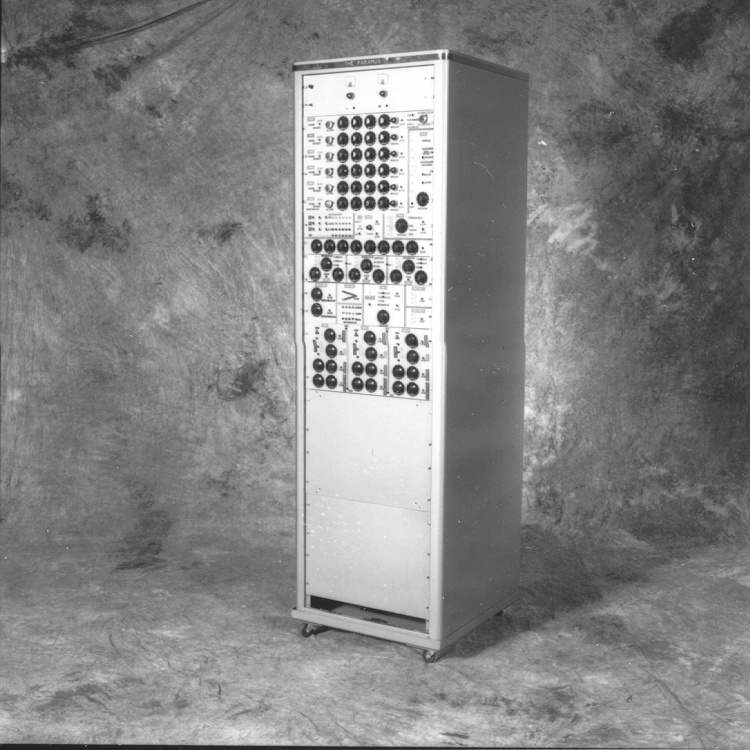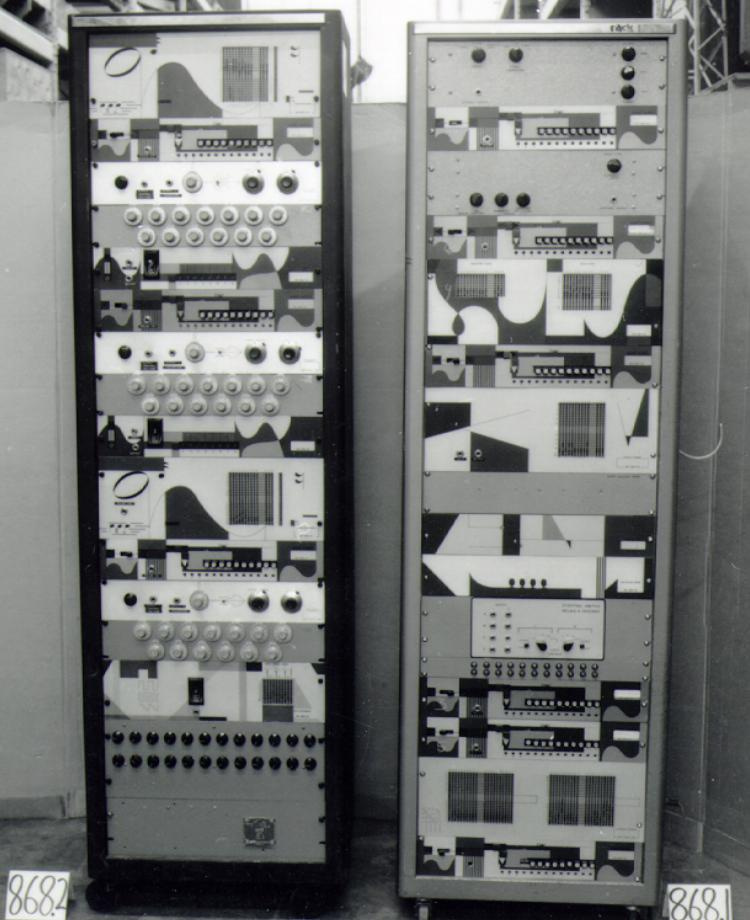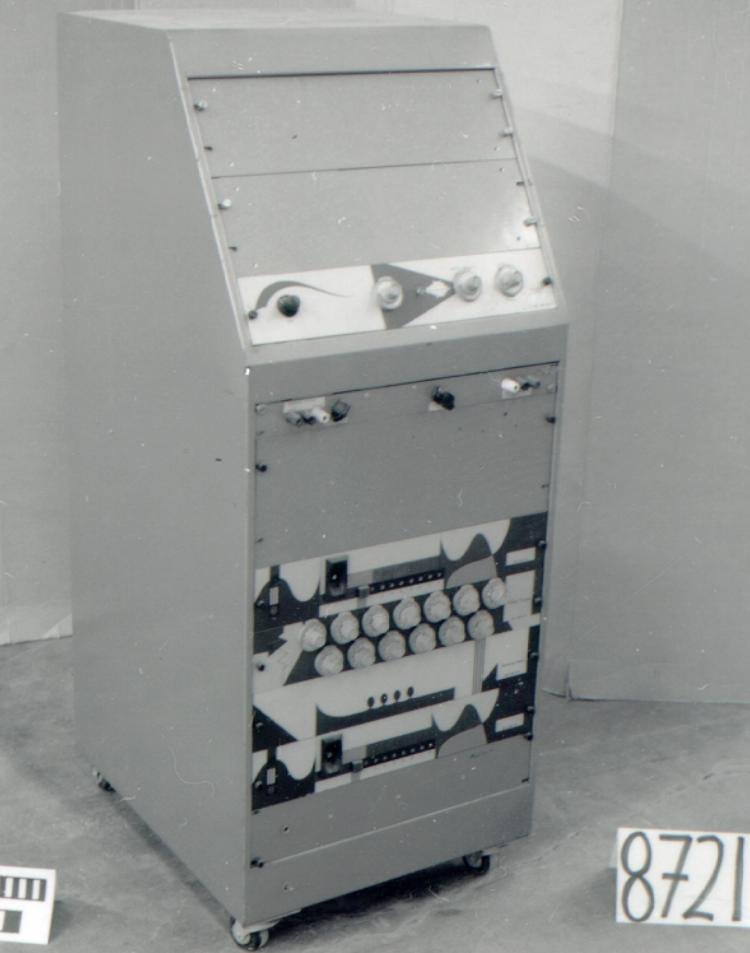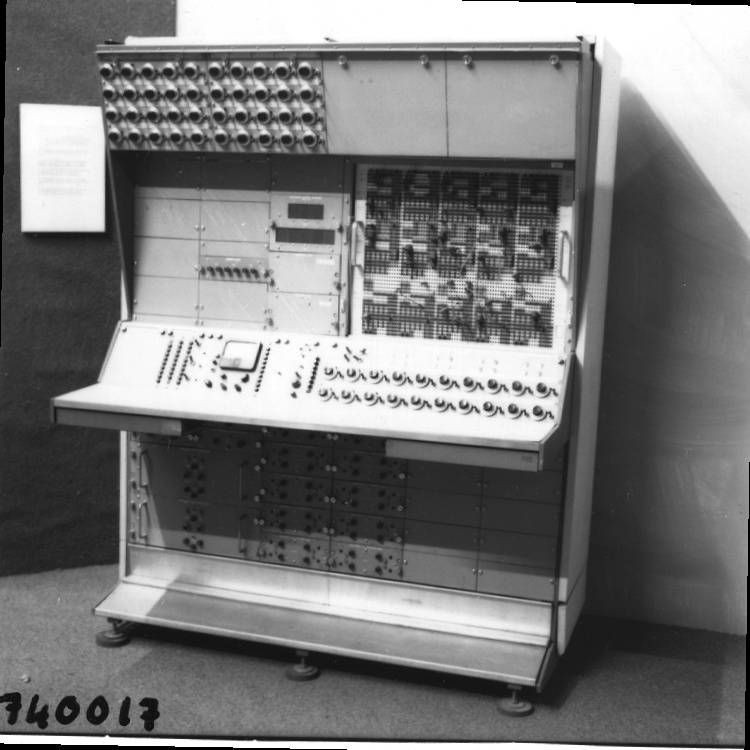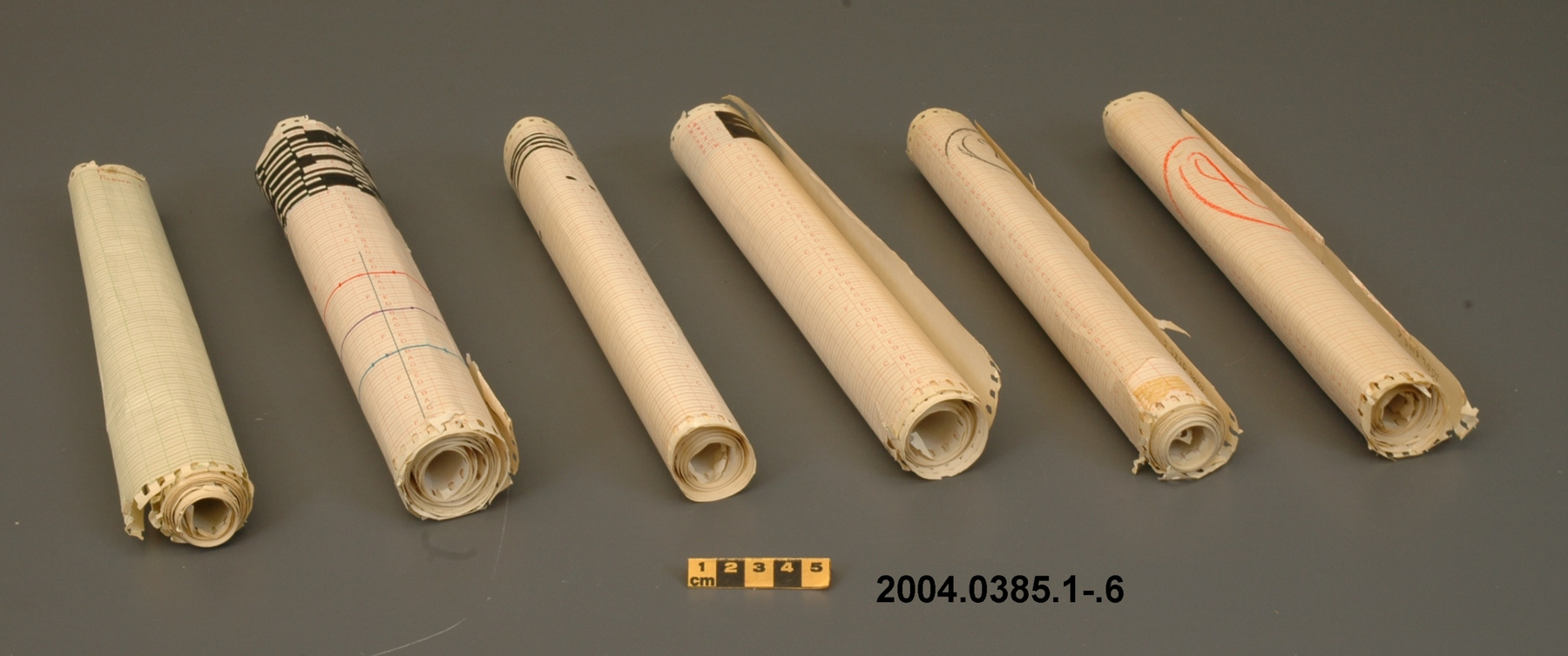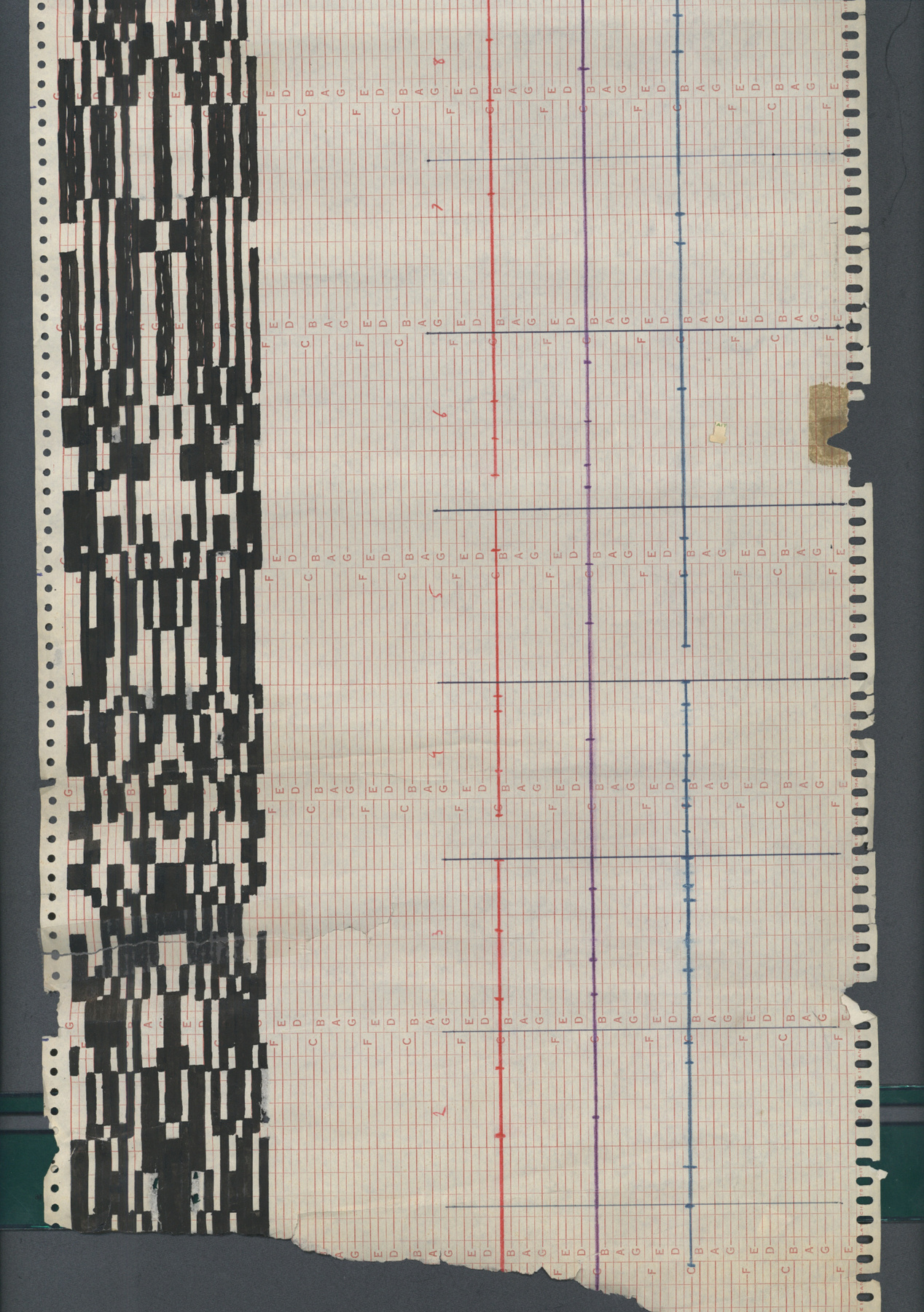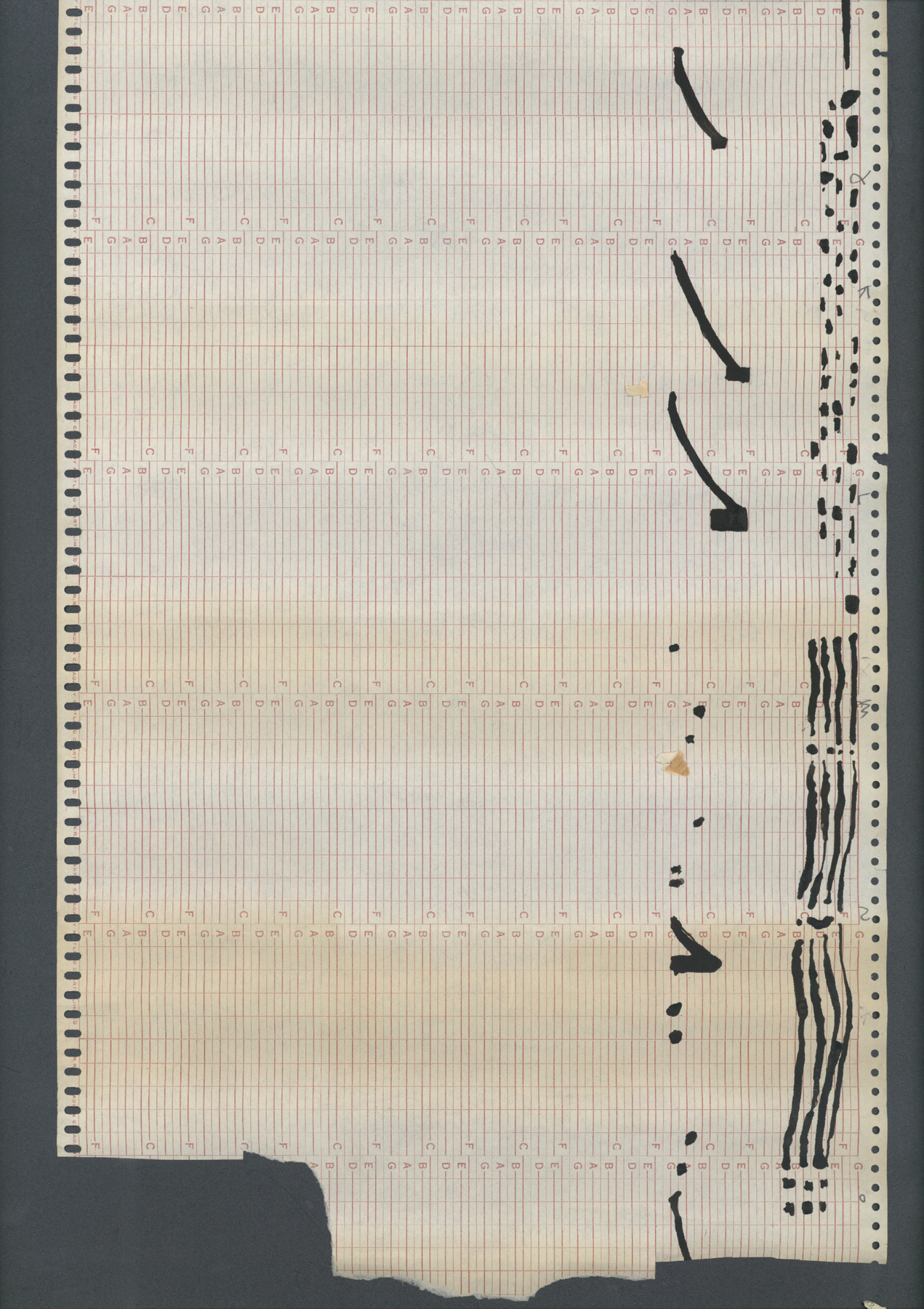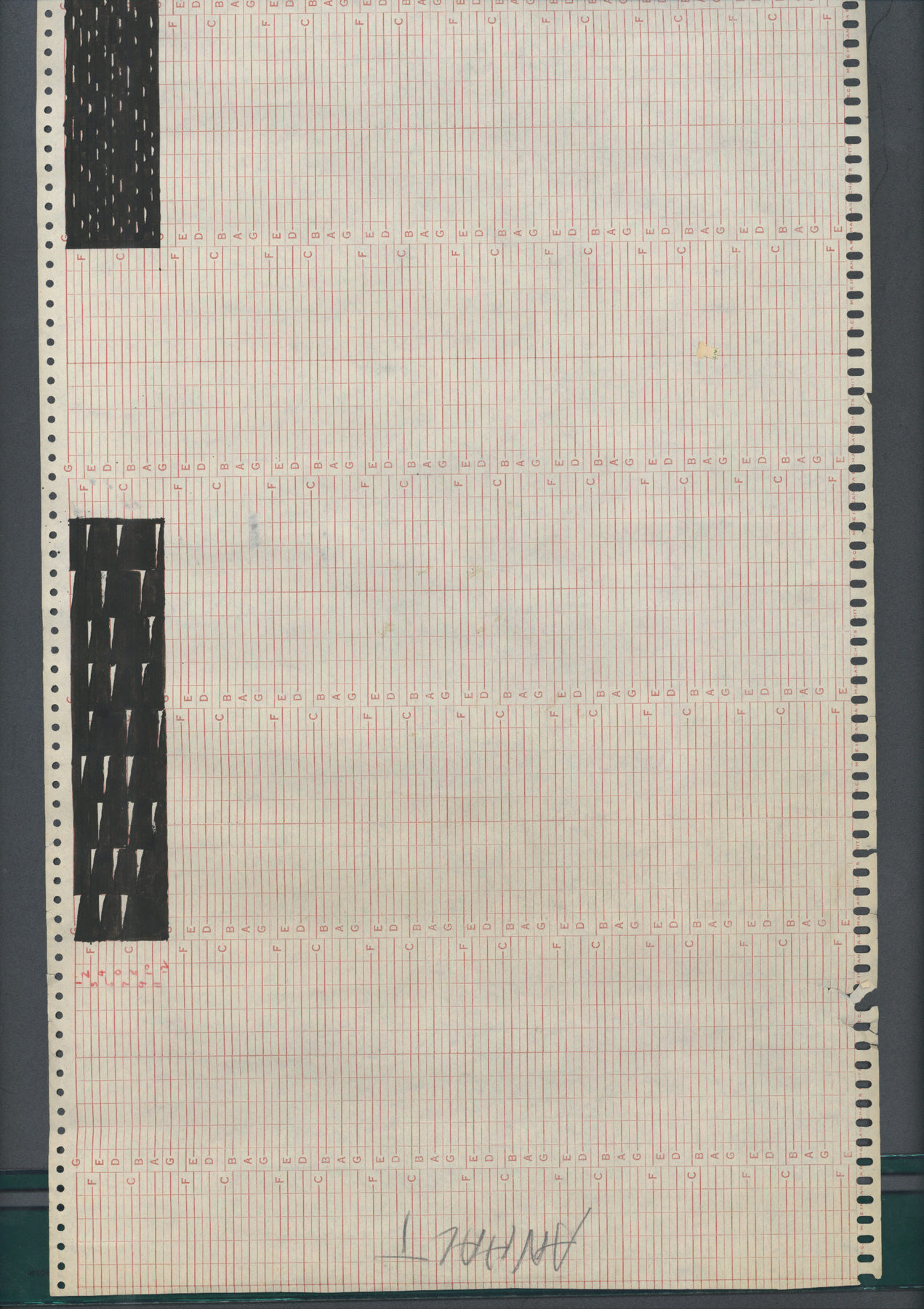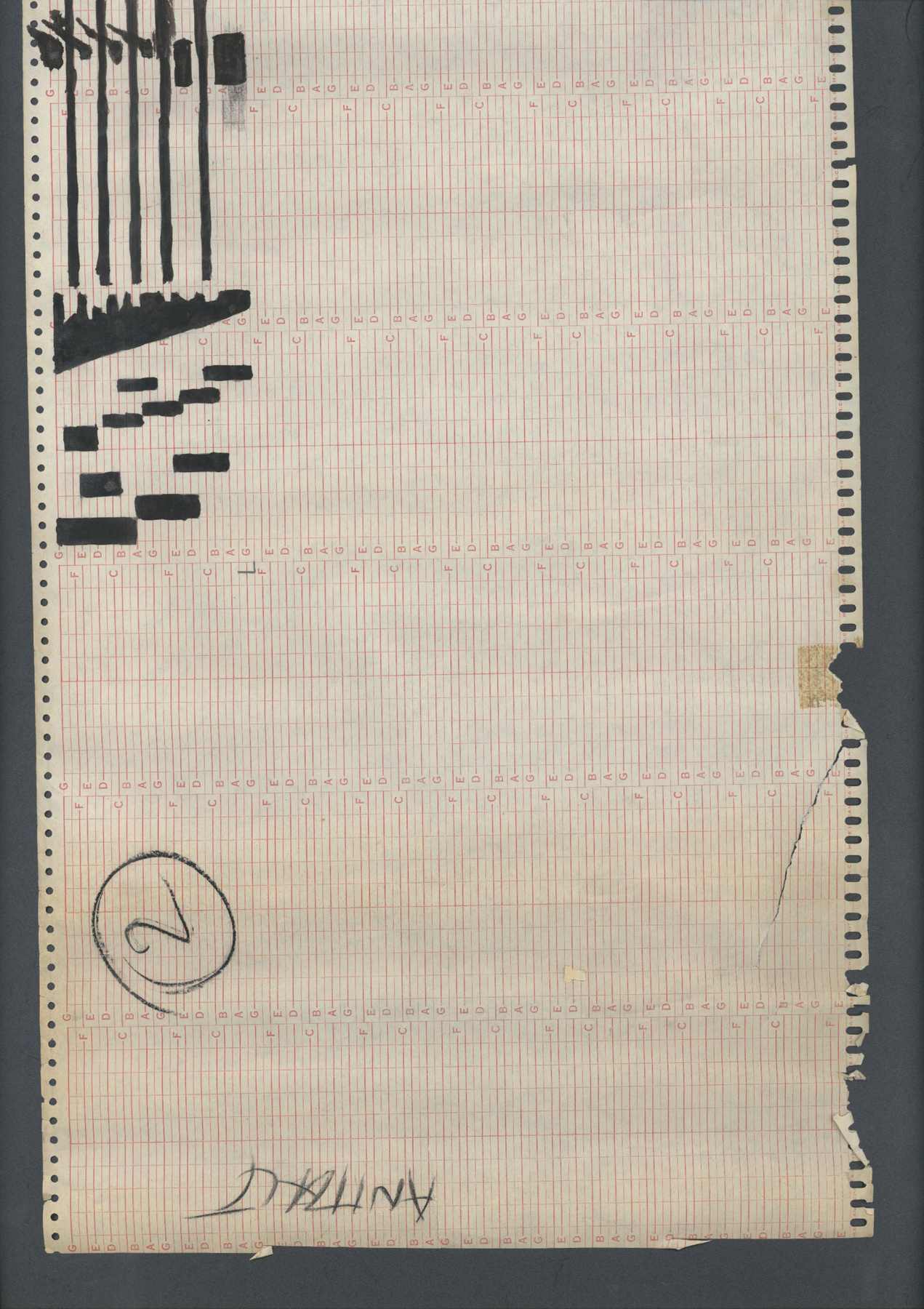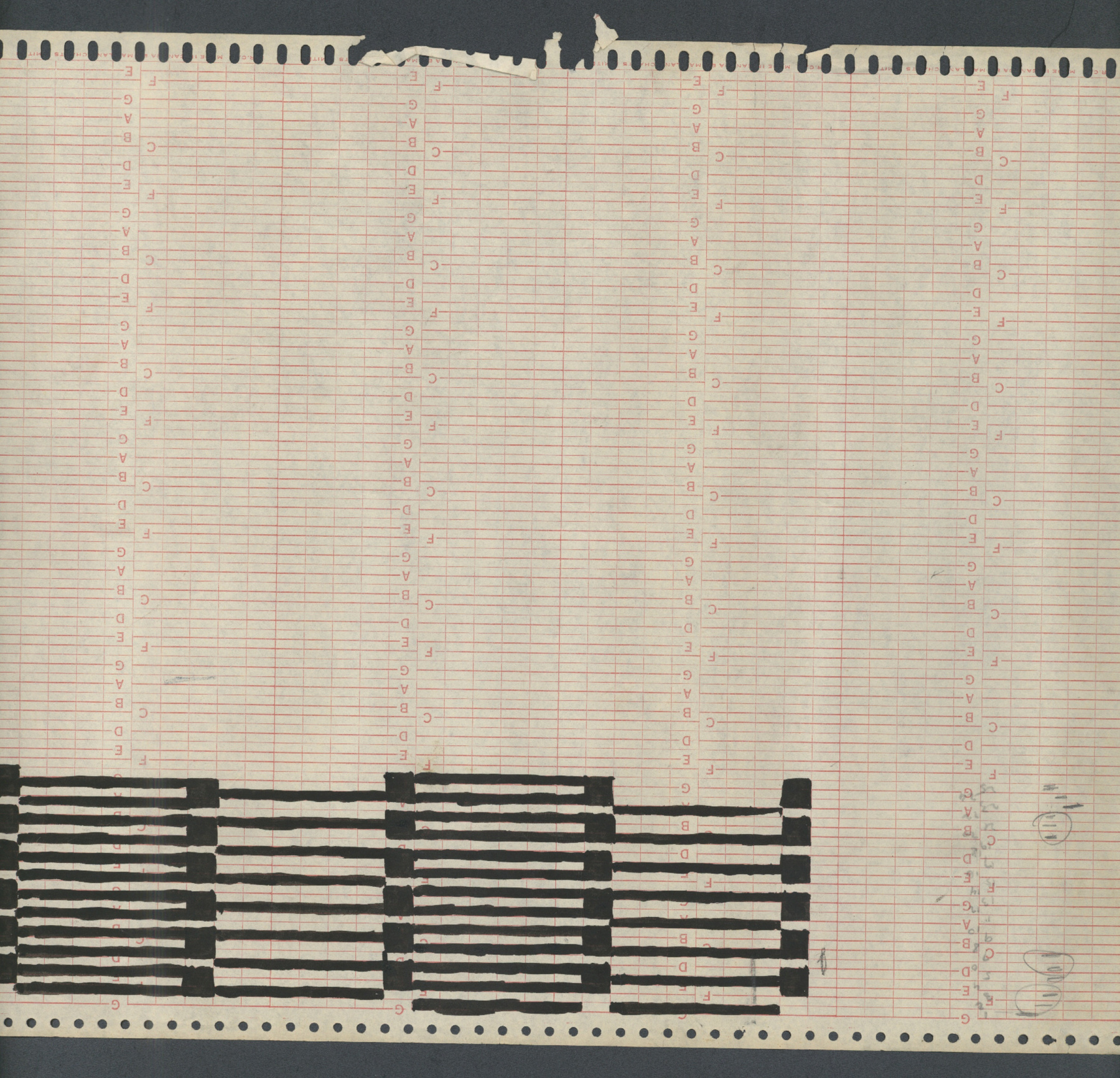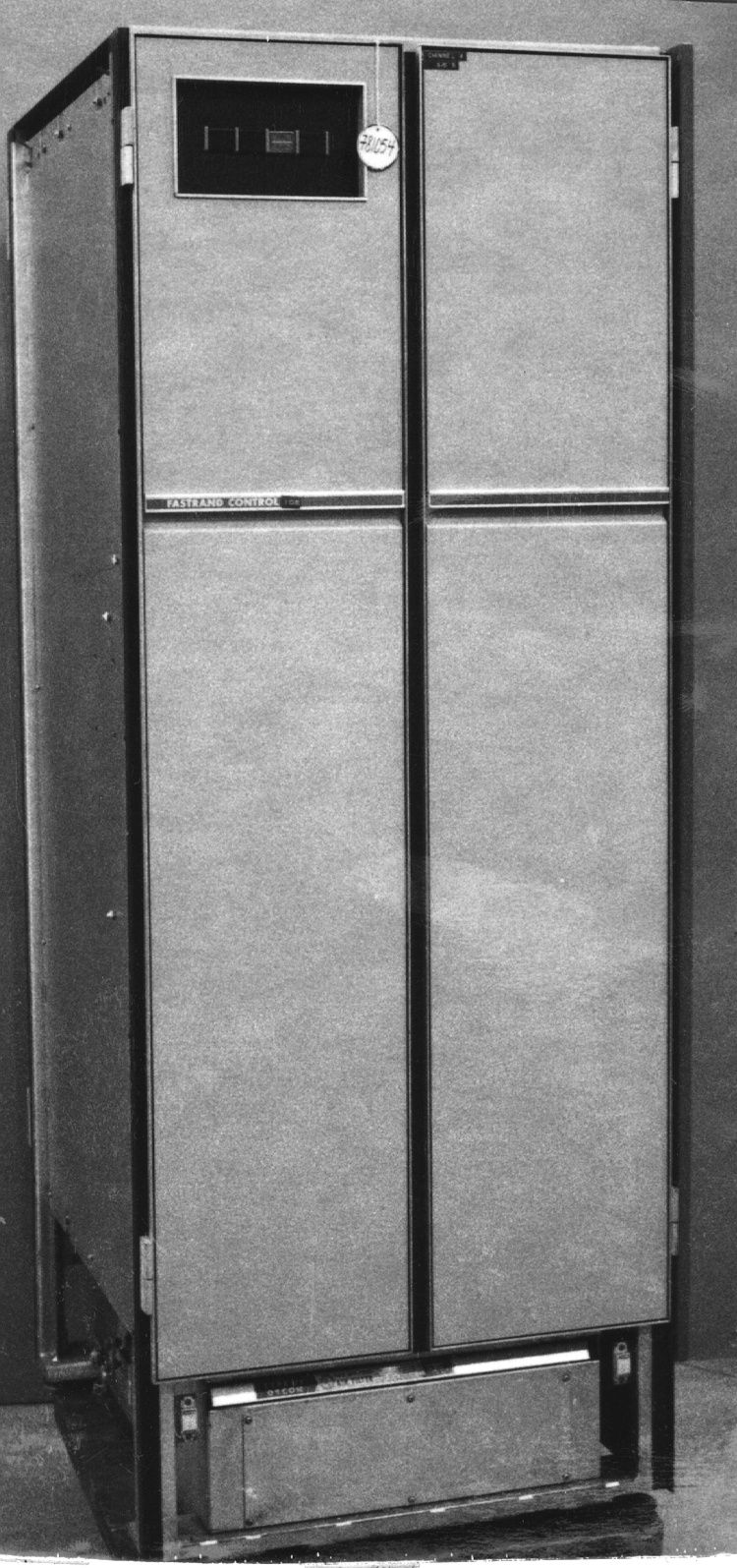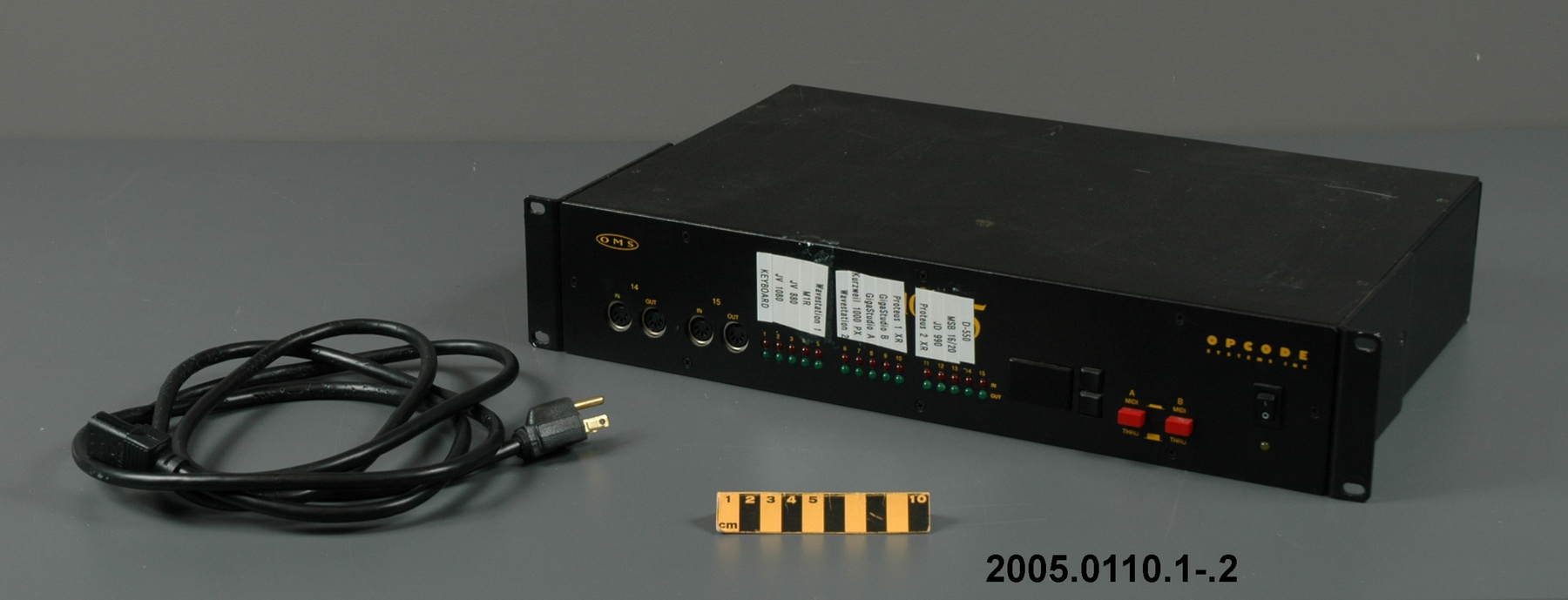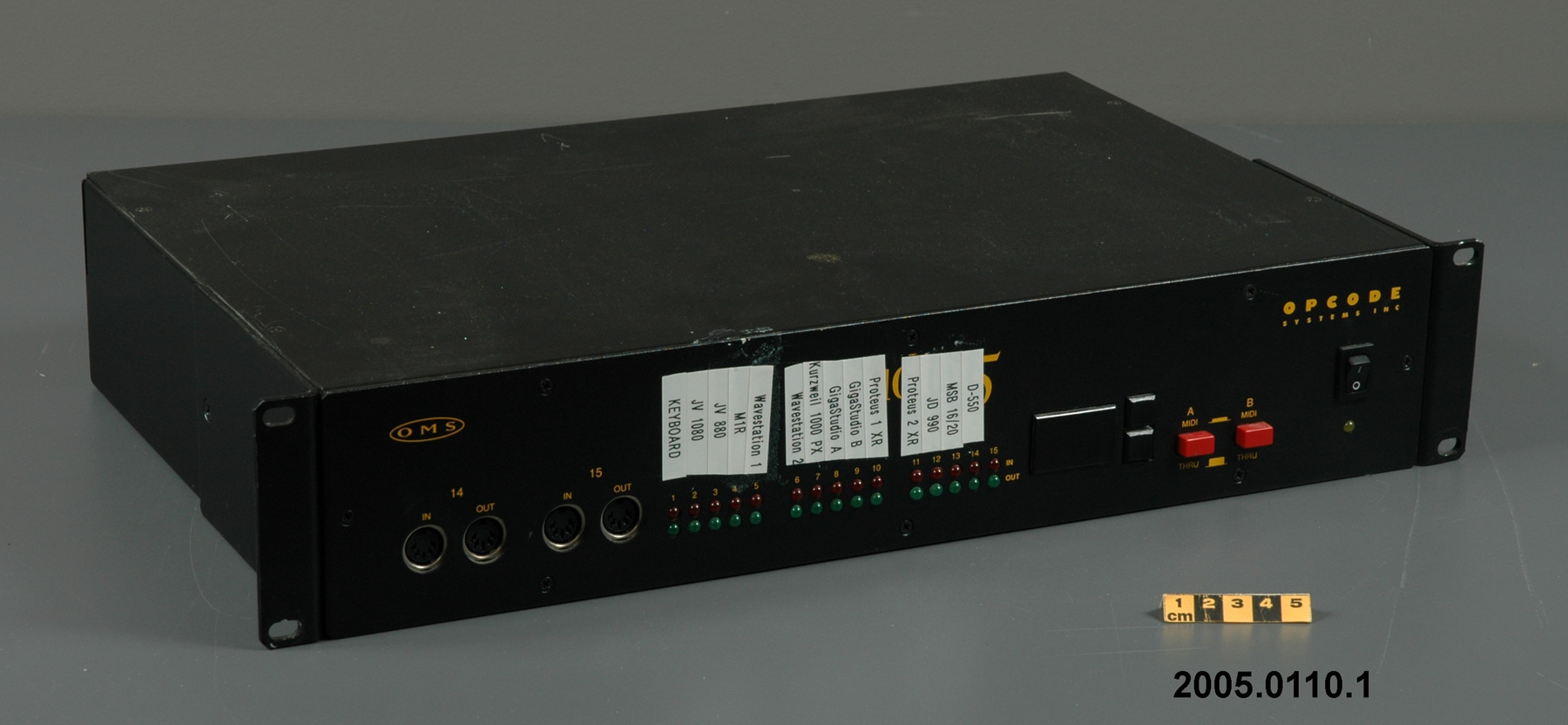Interface
Use this image
Can I reuse this image without permission? Yes
Object images on the Ingenium Collection’s portal have the following Creative Commons license:
Copyright Ingenium / CC BY-NC-ND (Attribution-NonCommercial 4.0 International (CC BY-NC 4.0)
ATTRIBUTE THIS IMAGE
Ingenium,
2005.0110.001
Permalink:
Ingenium is releasing this image under the Creative Commons licensing framework, and encourages downloading and reuse for non-commercial purposes. Please acknowledge Ingenium and cite the artifact number.
DOWNLOAD IMAGEPURCHASE THIS IMAGE
This image is free for non-commercial use.
For commercial use, please consult our Reproduction Fees and contact us to purchase the image.
- OBJECT TYPE
- digital/MIDI
- DATE
- 1992
- ARTIFACT NUMBER
- 2005.0110.001
- MANUFACTURER
- Opcode Systems Inc.
- MODEL
- Studio 5
- LOCATION
- United States of America
More Information
General Information
- Serial #
- 237
- Part Number
- 1
- Total Parts
- 2
- AKA
- MIDI interface
- Patents
- N/A
- General Description
- metal casing and parts/ synthetic controls and parts
Dimensions
Note: These reflect the general size for storage and are not necessarily representative of the object's true dimensions.
- Length
- 48.4 cm
- Width
- 29.0 cm
- Height
- 9.0 cm
- Thickness
- N/A
- Weight
- N/A
- Diameter
- N/A
- Volume
- N/A
Lexicon
- Group
- Communications
- Category
- Music
- Sub-Category
- N/A
Manufacturer
- AKA
- Opcode
- Country
- United States of America
- State/Province
- Unknown
- City
- Unknown
Context
- Country
- Canada
- State/Province
- Unknown
- Period
- early 1990s +
- Canada
-
Part of a collection of electronic equipment for musical composition, performance and recording owned and used by Canadian Paul Hoffert, composer, musician, author, researcher, entrepreneur and arts administrator. American born, he came to Canada as a child and his career has encompassed many areas of the Canadian music business, including working as a jazz pianist, CBC music director and performer, educator, manufacturer of stereo equipment, music producer, and film composer. In the late 1960s he worked for a short time as a researcher in Hugh LeCaine's electronic music lab at NRC, where he wrote a computer program for music analysis and developed a solid-body electric violin. In 1968 Hoffert and rock drummer Skip Prokop, formed the very successful jazz-rock band Lighthouse (1969-1974, 1982, 1993-present), which earned one platinum record and four gold records and received three Juno awards between 1971 and 1973 In 1977 Hoffert received a Canadian Film Award (later known as a Genie) for best original musical score for the movie "Outrageous!". He also headed the Academy of Canadian Cinema and Television, the Guild of Canadian Film and Television Composers,and the Ontario Council for the Art. In 1995 he was inducted into the Canadian Rock and Roll Hall of Fame. In 2009 he was appointed a Member of the Order of Canada. - Function
-
A device used to connect and switch between a variety of digital musical instruments and controllers. - Technical
-
The Hoffert collection consists of approximately 25 pieces of electronic equipment for musical composition, performance and recording. These range from iconic keyboard instruments of the 1970s, to a variety of digital devices from the 1980s, to computer software from the early 1990s. These were used either for stage performances, especially during his years in the jazz rock band Lighthouse, or for work in his home studio. This is a computer controlled matrix switcher used to interconnect MIDI devices and computers in a studio setting. It also performs the necessary synchronizing functions for these devices. While acting as a patch bay, the Studio 5 does not make connections with hard switches and/or patch cords. Once the studio devices and instruments are plugged into the system, the user programs and controls which devices work with which from a Macintosh computer running Opcode MIDI System (OMS) software. In fact, the Studio 5 is essentially a Mac peripheral, incorporating its own Motorola 68000 microprocessor and internal memory to work in conjunction with the computer. Using the graphical user interface of OMS on the Macintosh, the user can define various studio configurations and save these to memory. In addition, a musician can use the system to build composite sounds by patching together chains of sound sources and signal processors (filters, splitters and modifiers). These patches, basically virtual instruments, can also be saved to memory. In all, the Studio 5 has capacity to store 128 patches, with additional storage provided by the Macintosh itself. Through the 1990s the Studio 5 and the Studio 5 LX were the most powerful devices of their kind. This Studio 5 was used to manage Paul Hoffert=s MIDI synthesizers in his home studio. - Area Notes
-
Unknown
Details
- Markings
- gold lettering on front reads 'OPCODE/ SYSTEMS INC.', 'OMS' and 'STUDIO 5' with latter obscured by user applied labels/ label on back reads in part '120VAC, 60Hz, 280mA' and 'Serial #: 0237'/ label on underside reads in part 'Opcode Systems, Inc. Made in U.S.A.'
- Missing
- appears complete
- Finish
- textured black painted casing/ black and red synthetic controls/ red and green lamps/ plated parts
- Decoration
- N/A
CITE THIS OBJECT
If you choose to share our information about this collection object, please cite:
Opcode Systems Inc., Interface, circa 1992, Artifact no. 2005.0110, Ingenium – Canada’s Museums of Science and Innovation, http://collection.ingeniumcanada.org/en/id/2005.0110.001/
FEEDBACK
Submit a question or comment about this artifact.
More Like This
